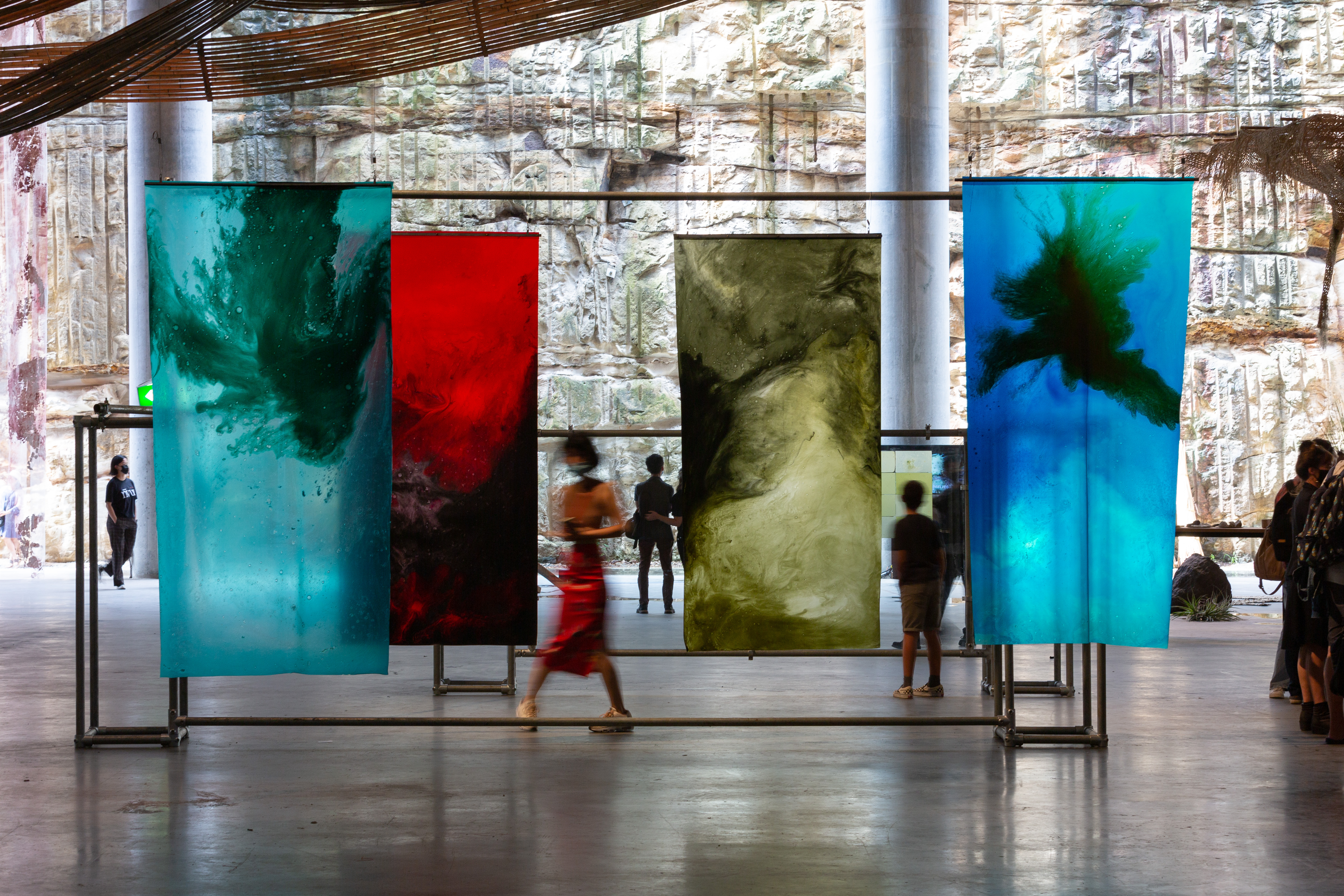
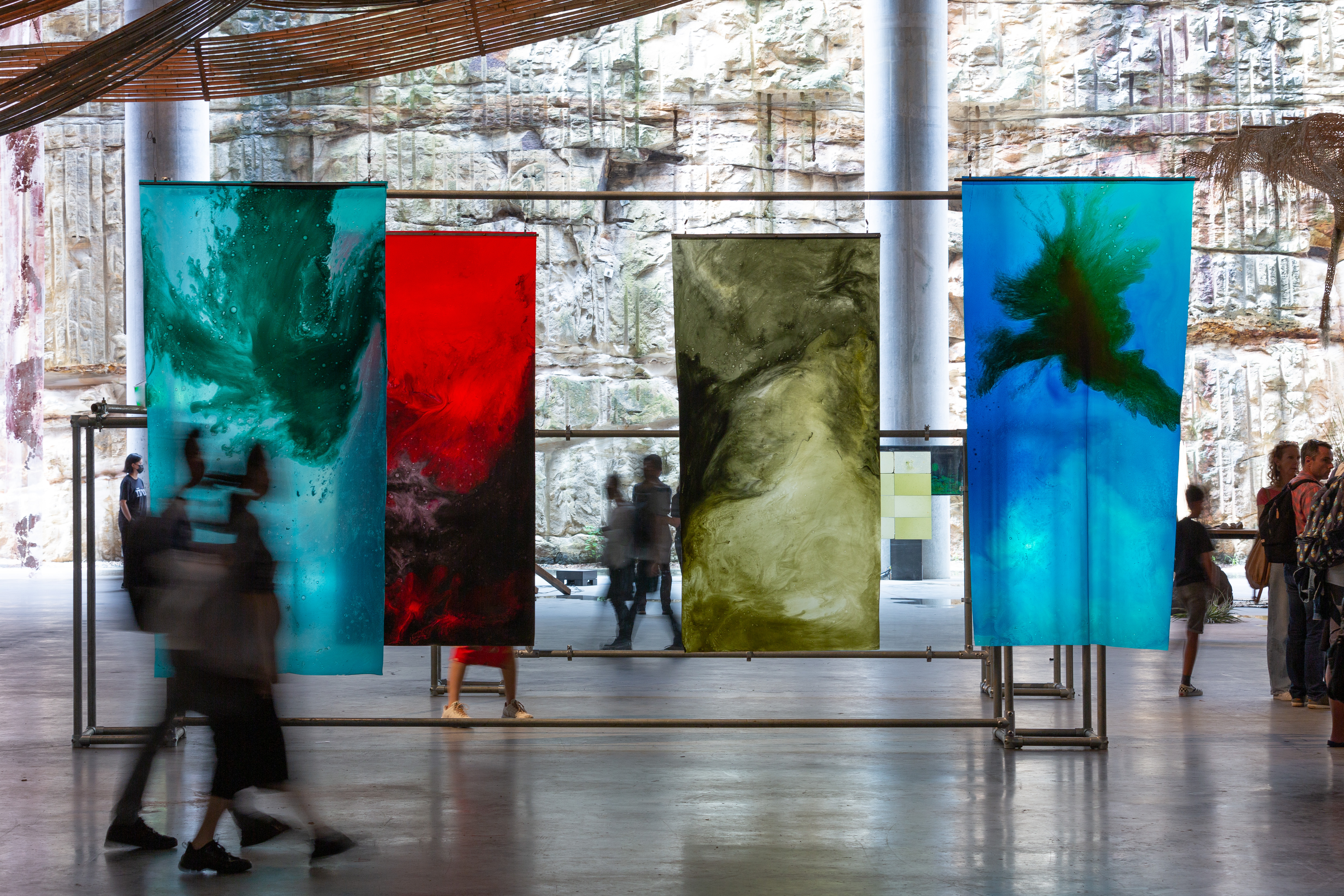
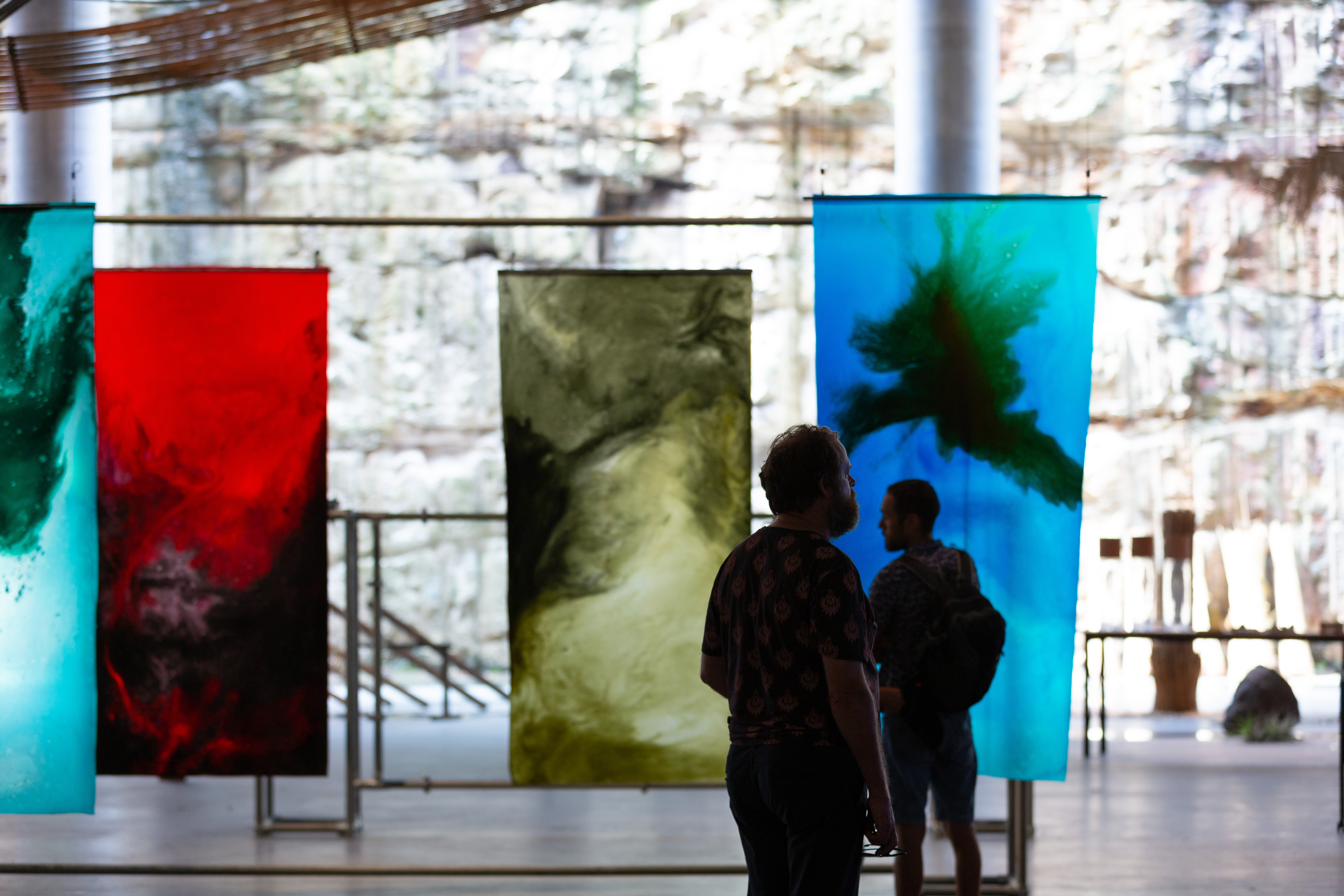
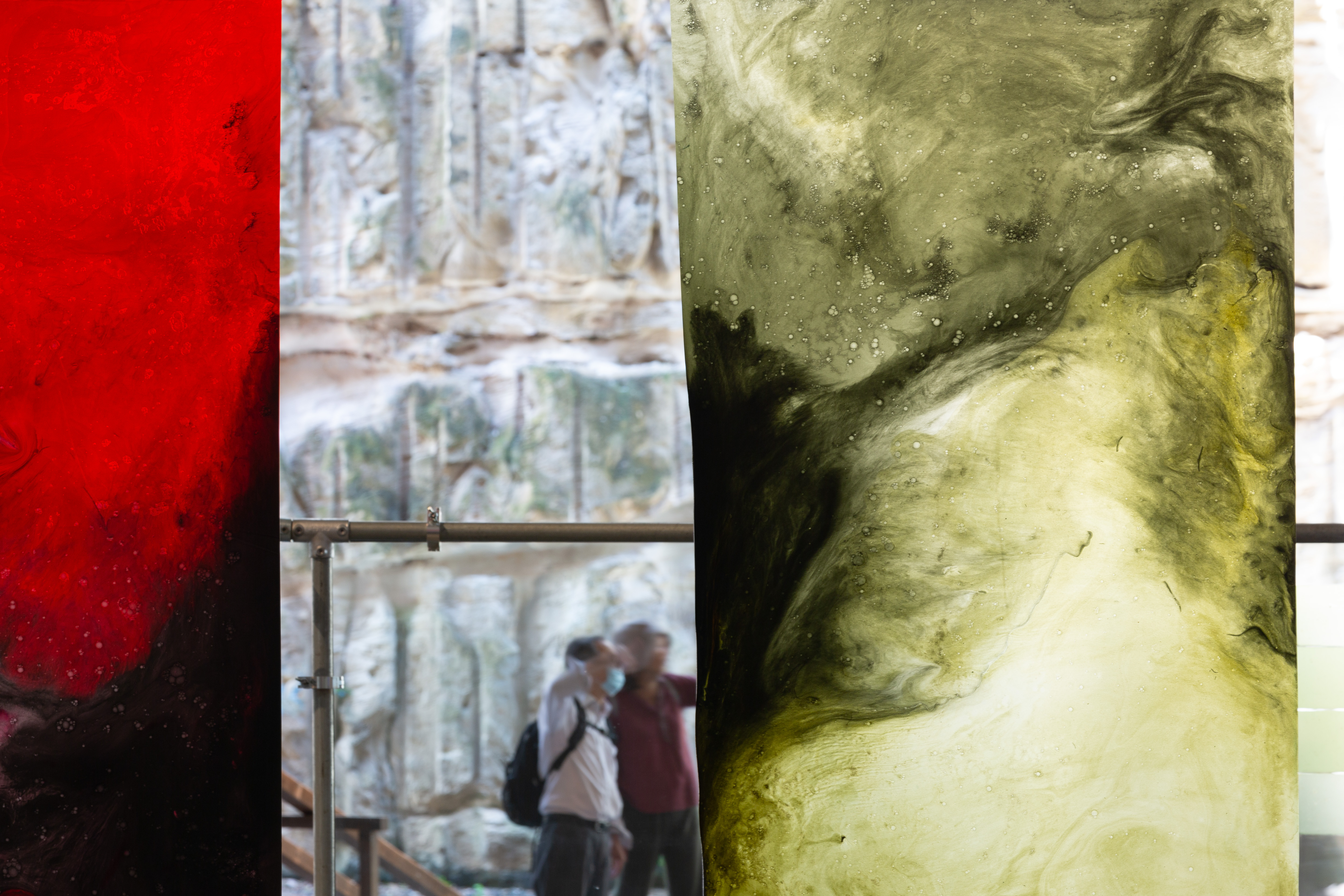
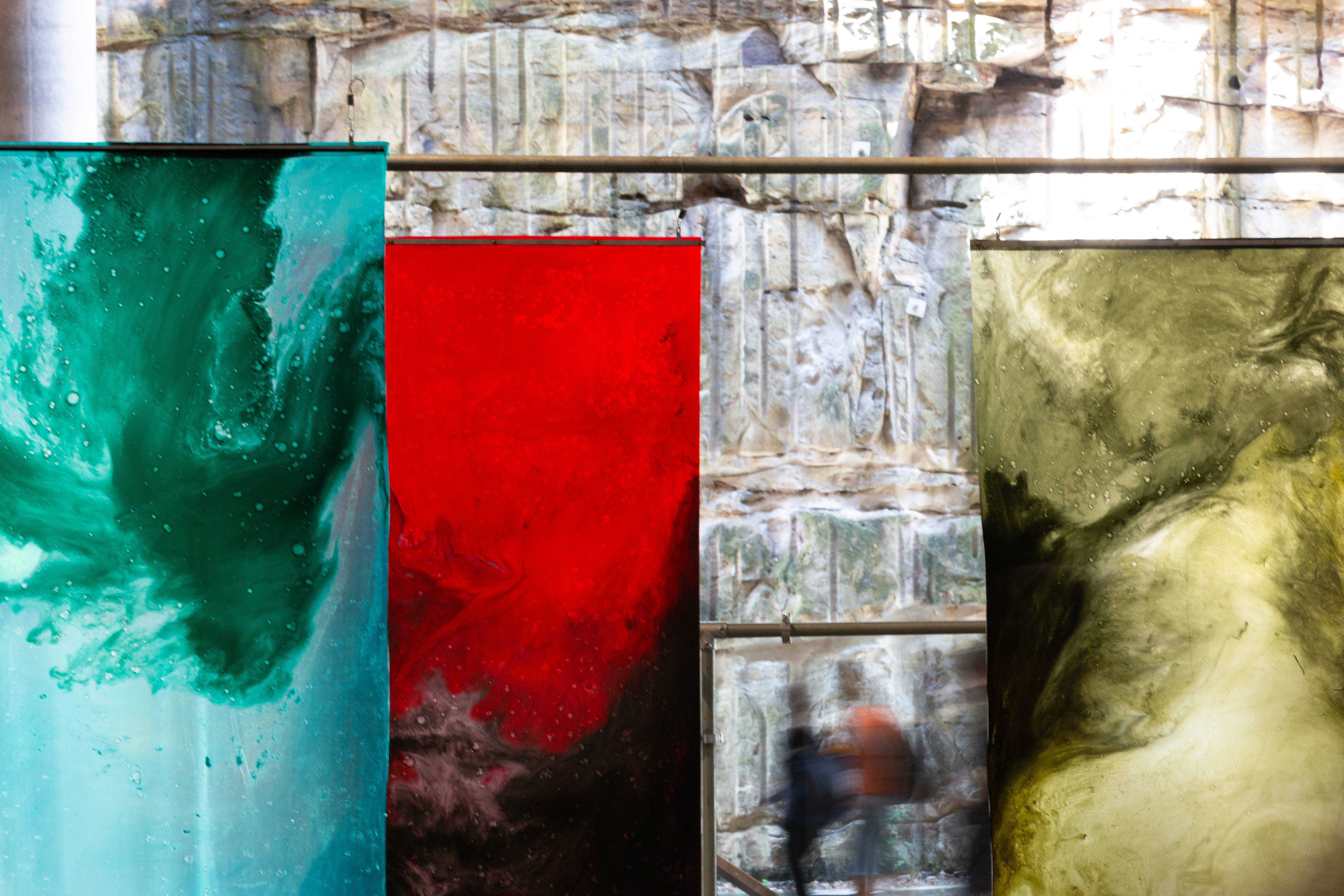
The Myth of Nature – agaG1 [installation], 23rd Biennale of Sydney - rīvus, The Cutaway, Barangaroo, 12 March – 13 June 2022. Photos by Jessica Maurer.
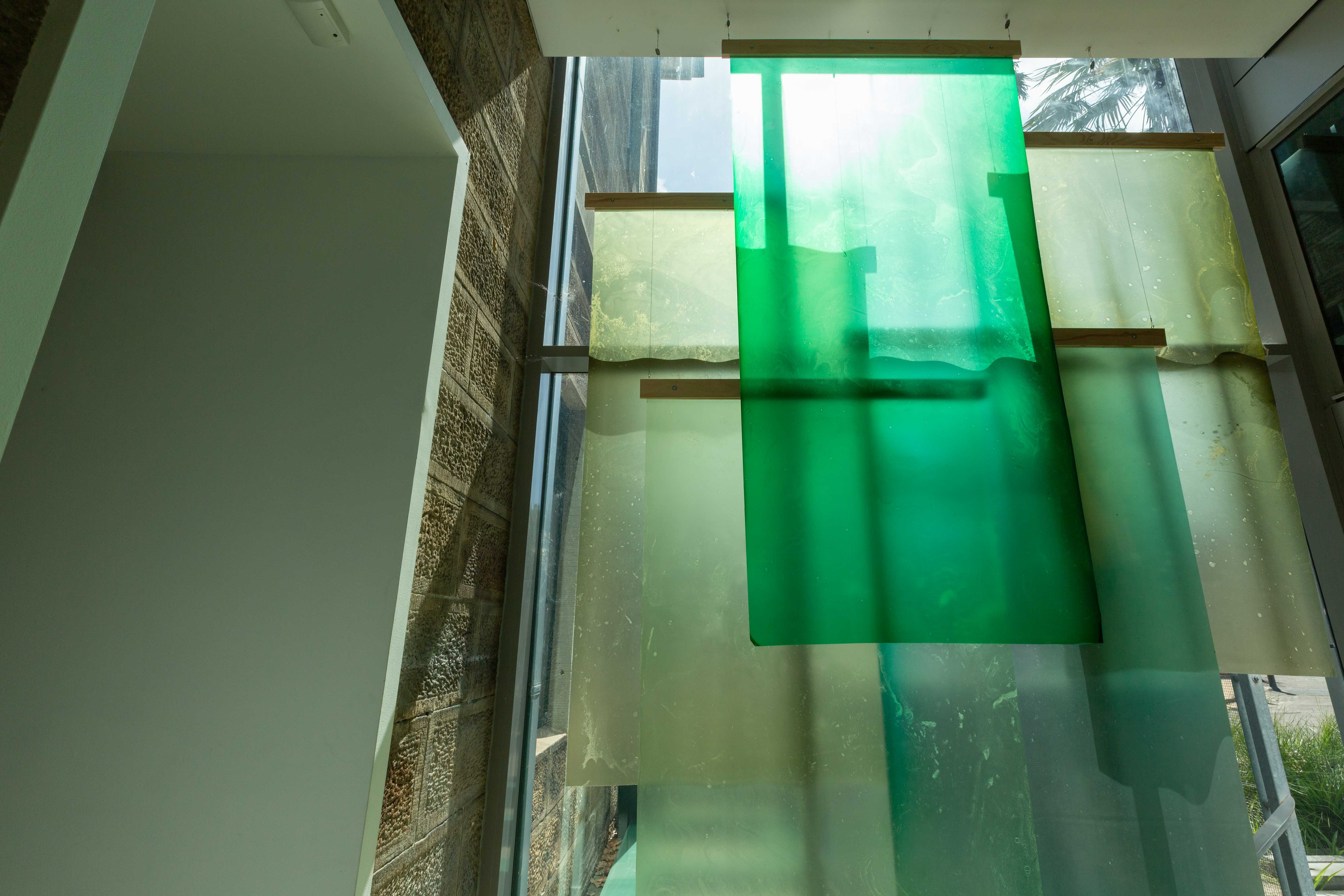
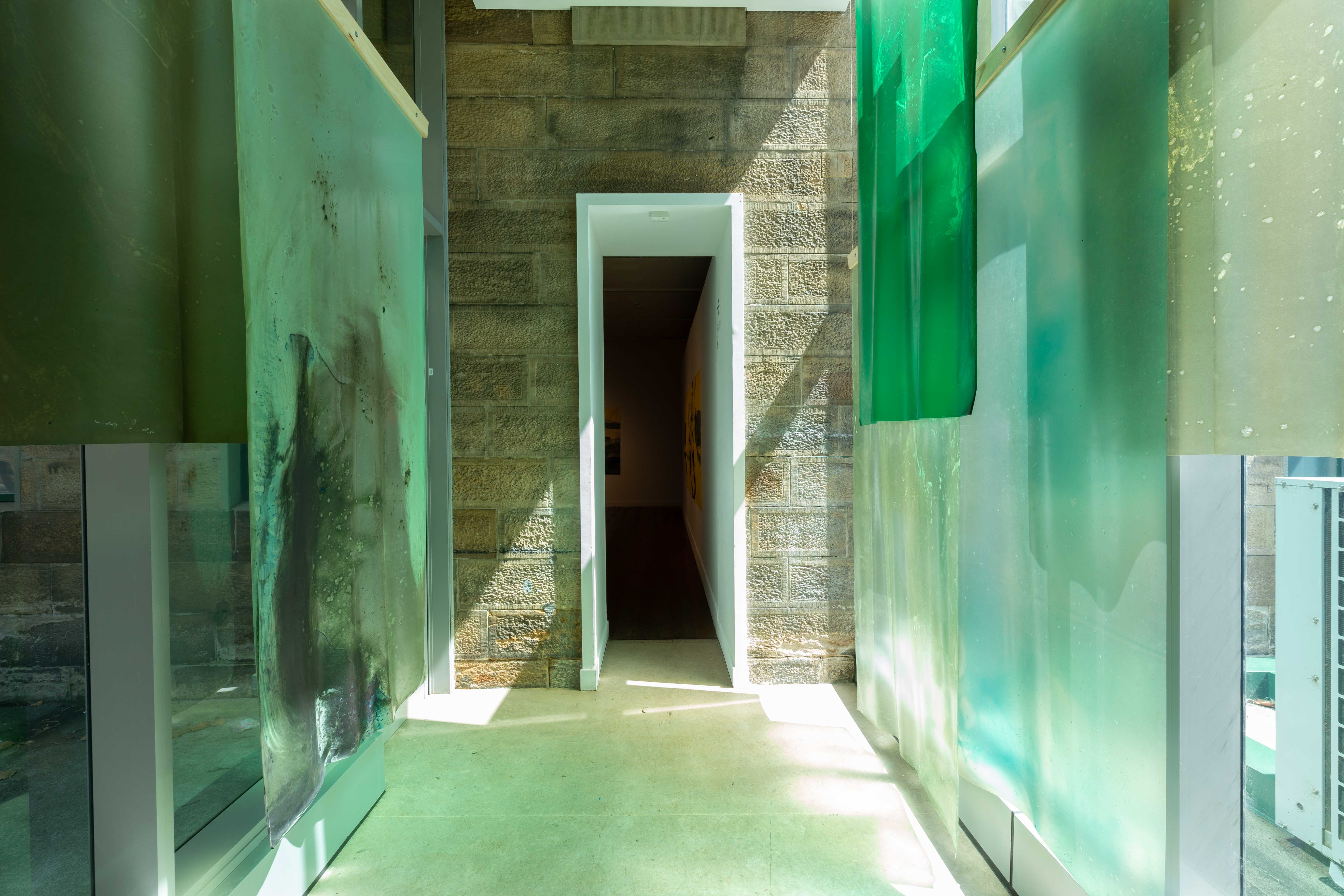
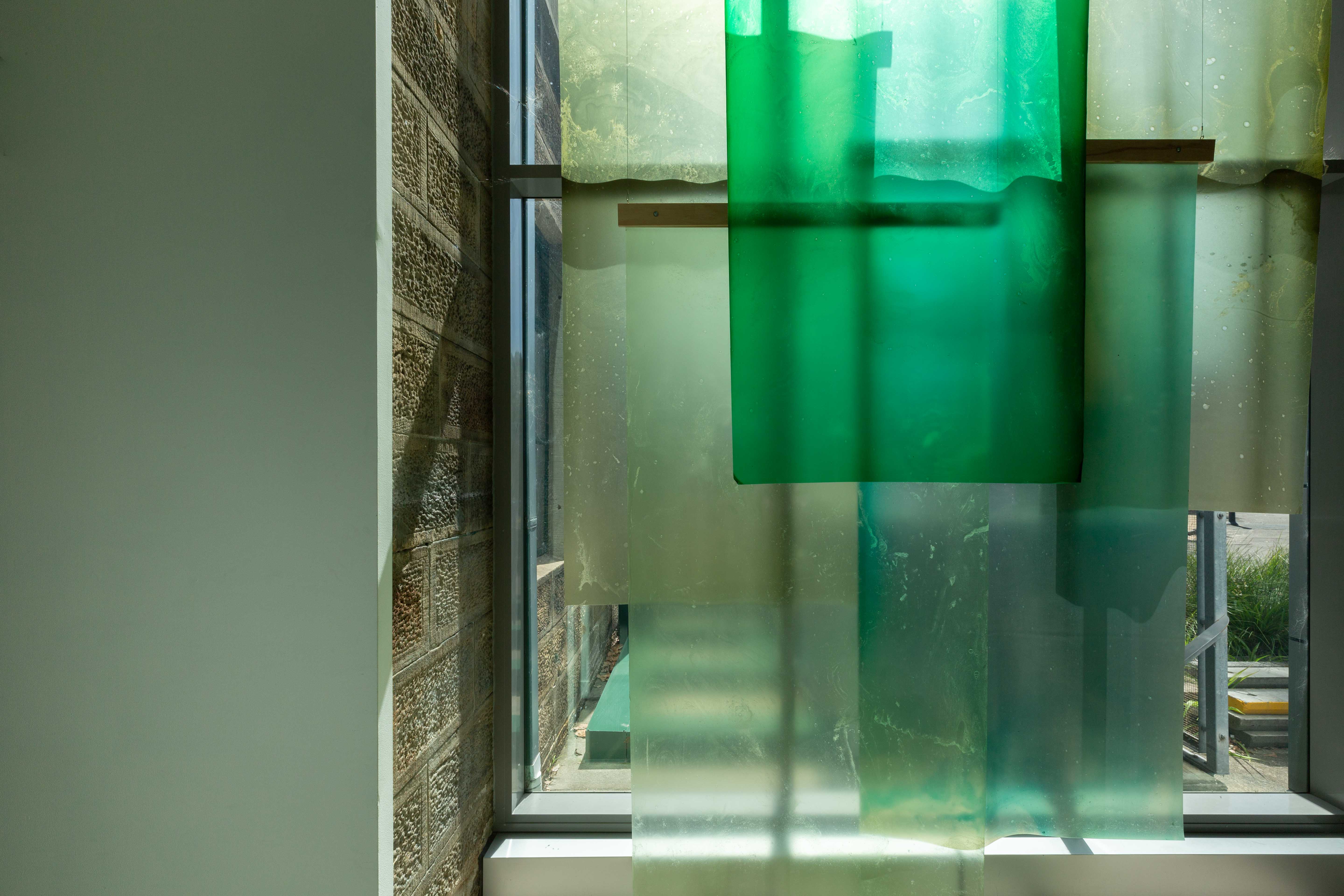
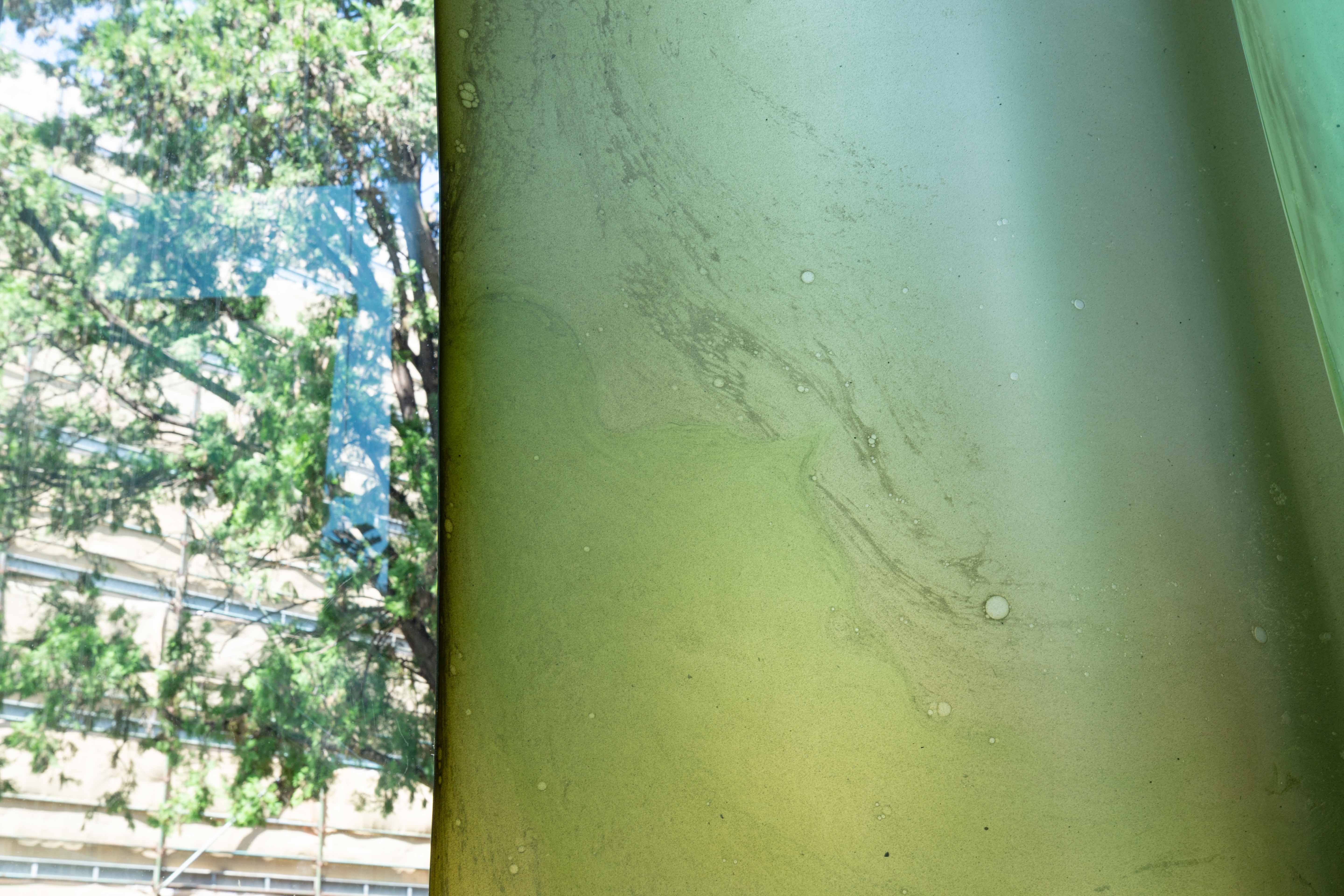
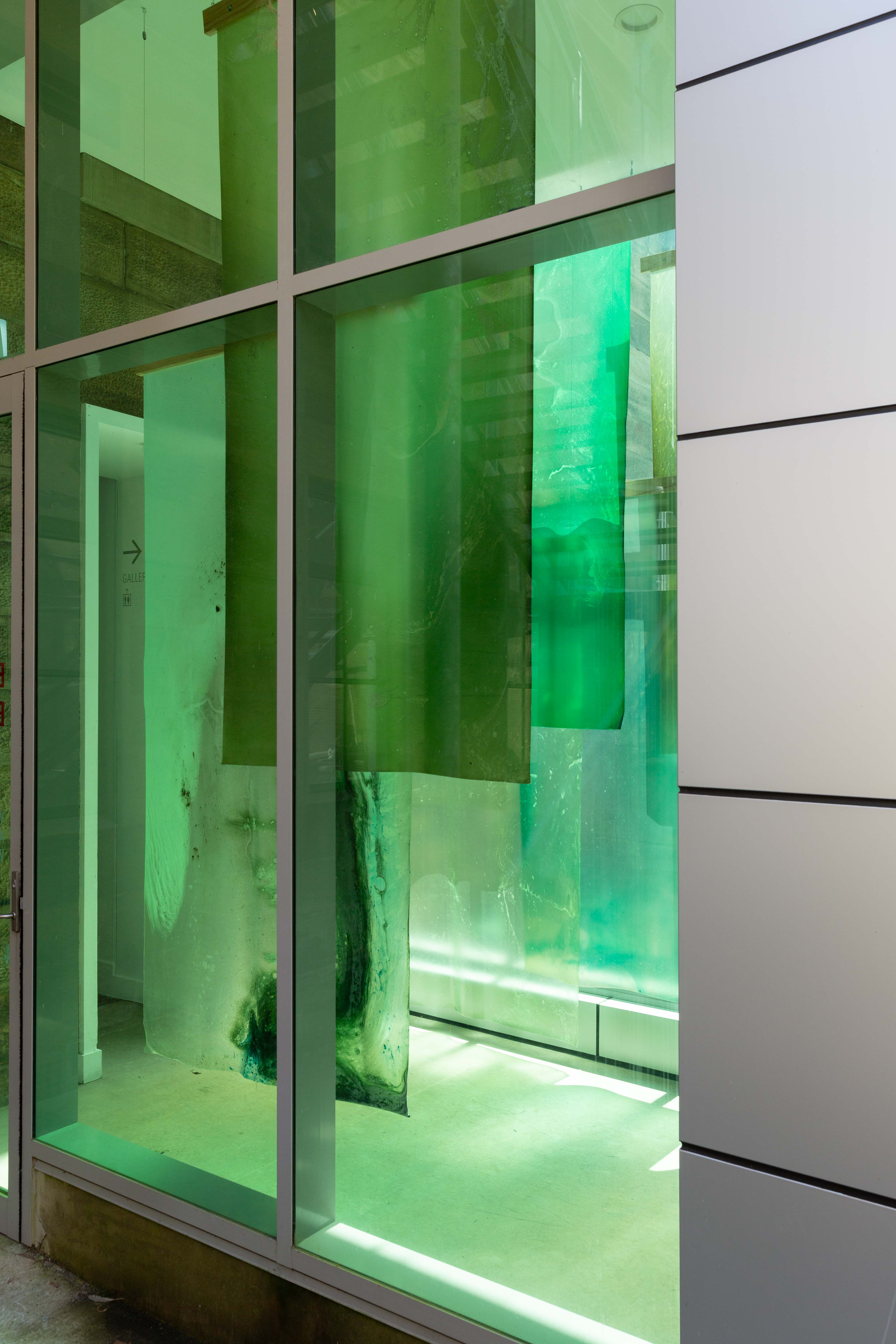
A Matter of Matter – agaG1, 23rd Biennale of Sydney - rīvus, Artspace at National Art School, 12 March – 13 June 2022. Photos by Jessica Maurer.


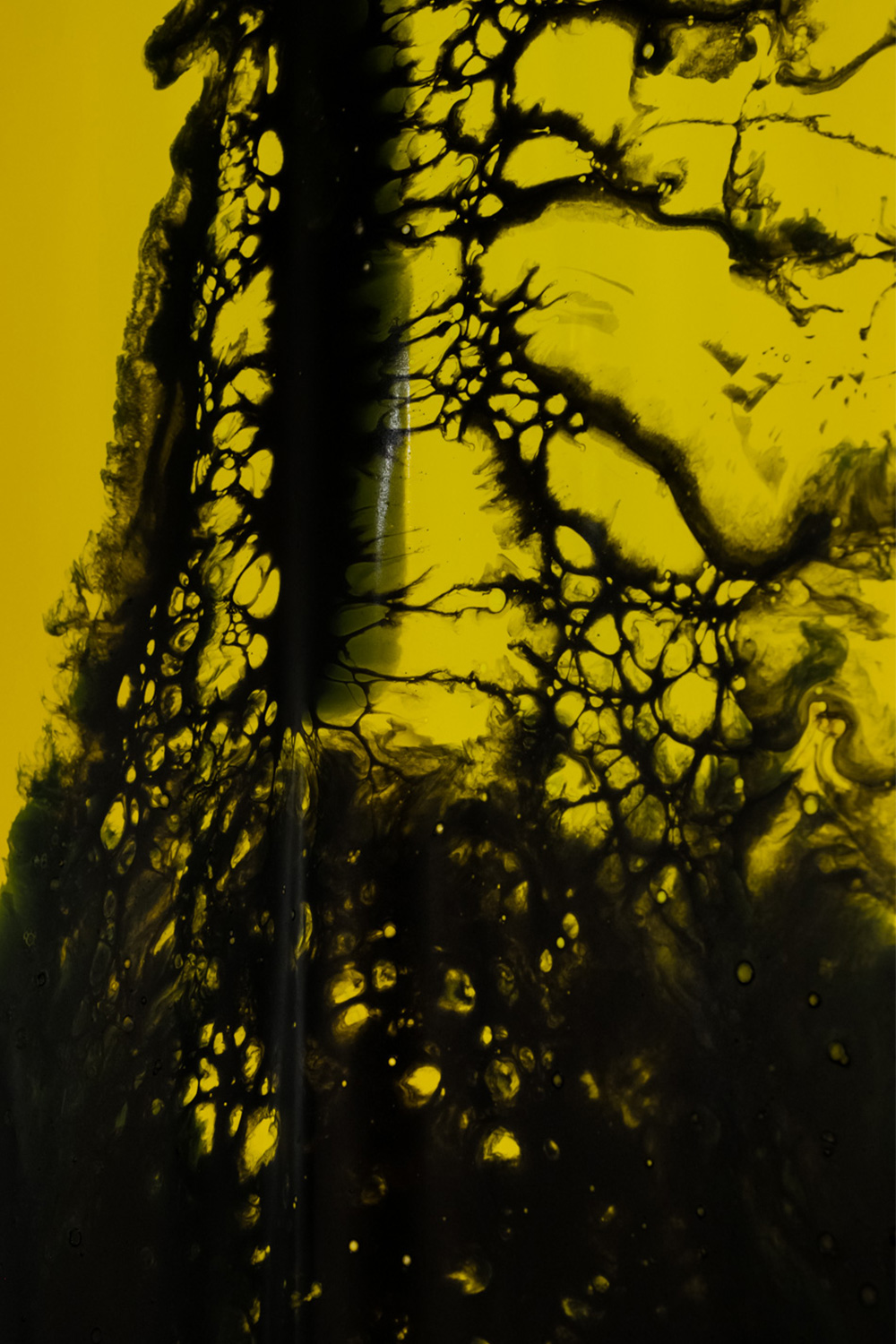

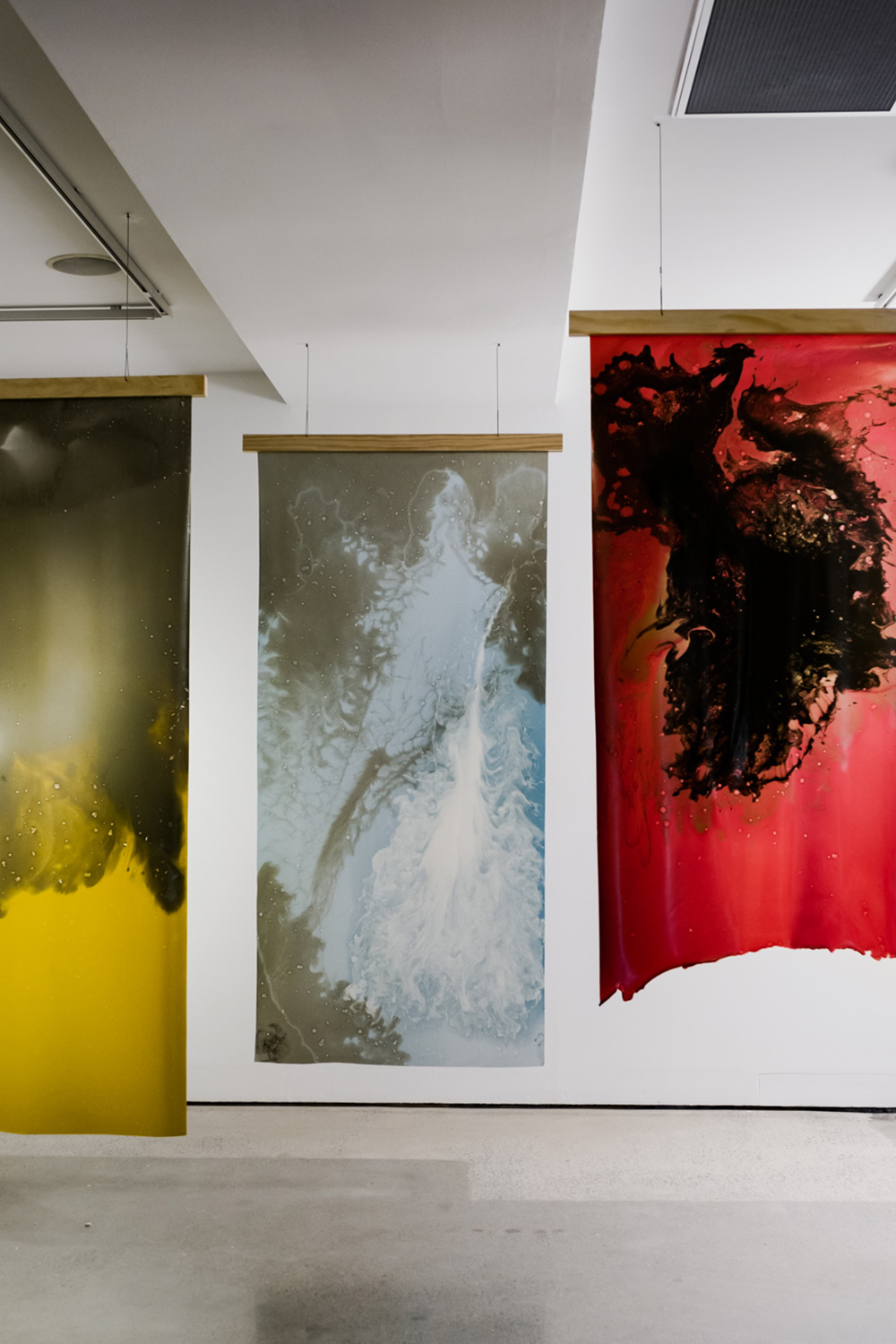
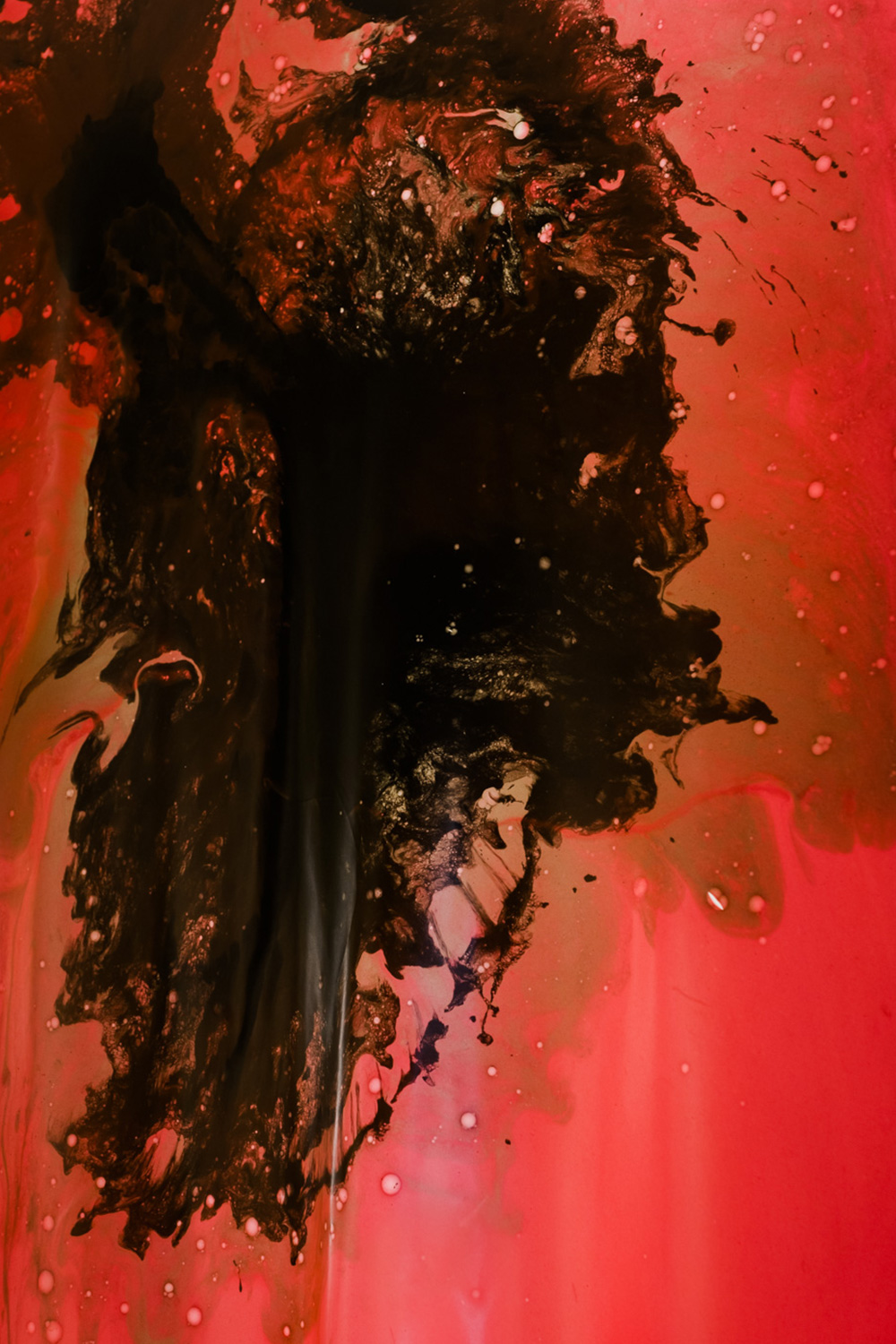
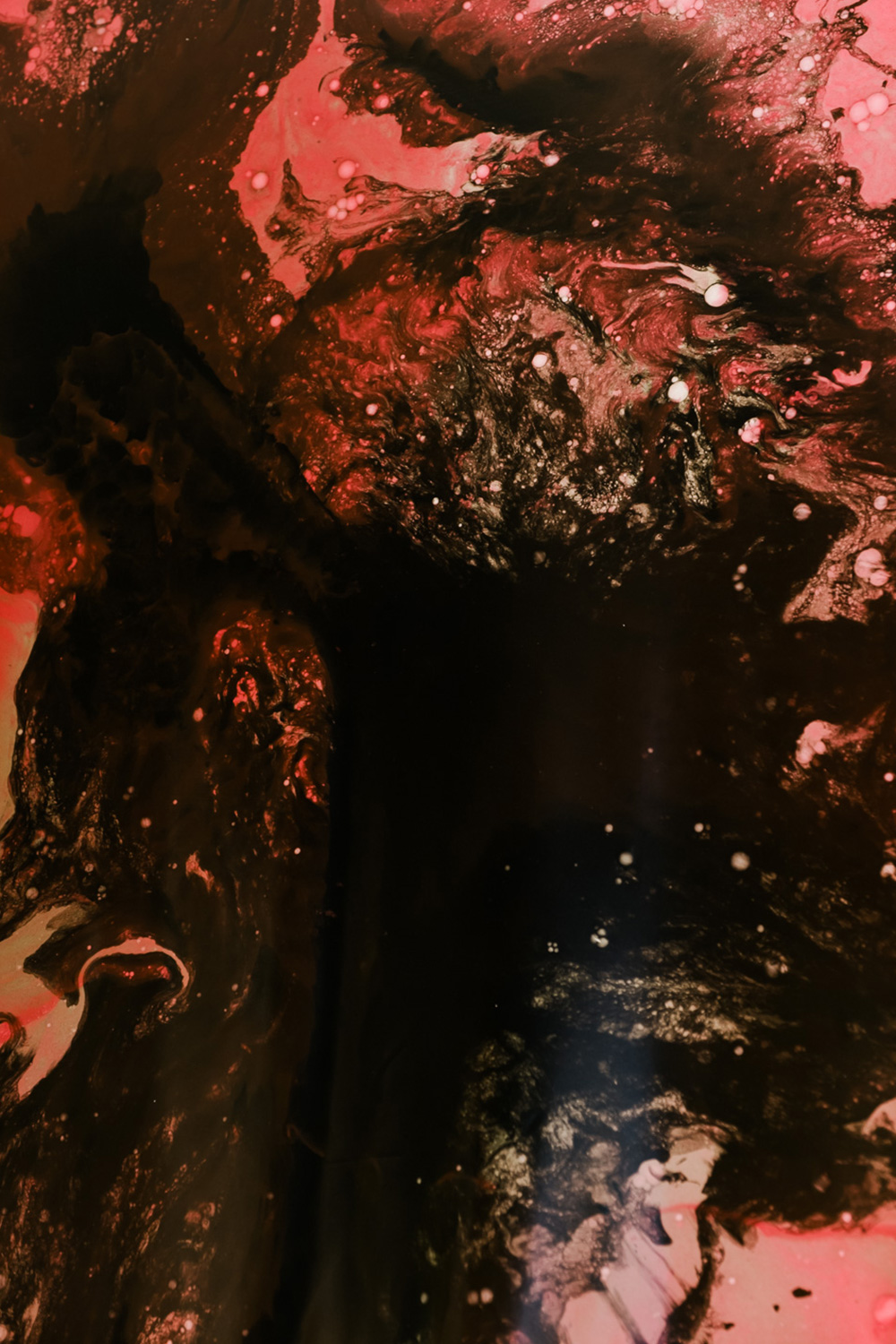
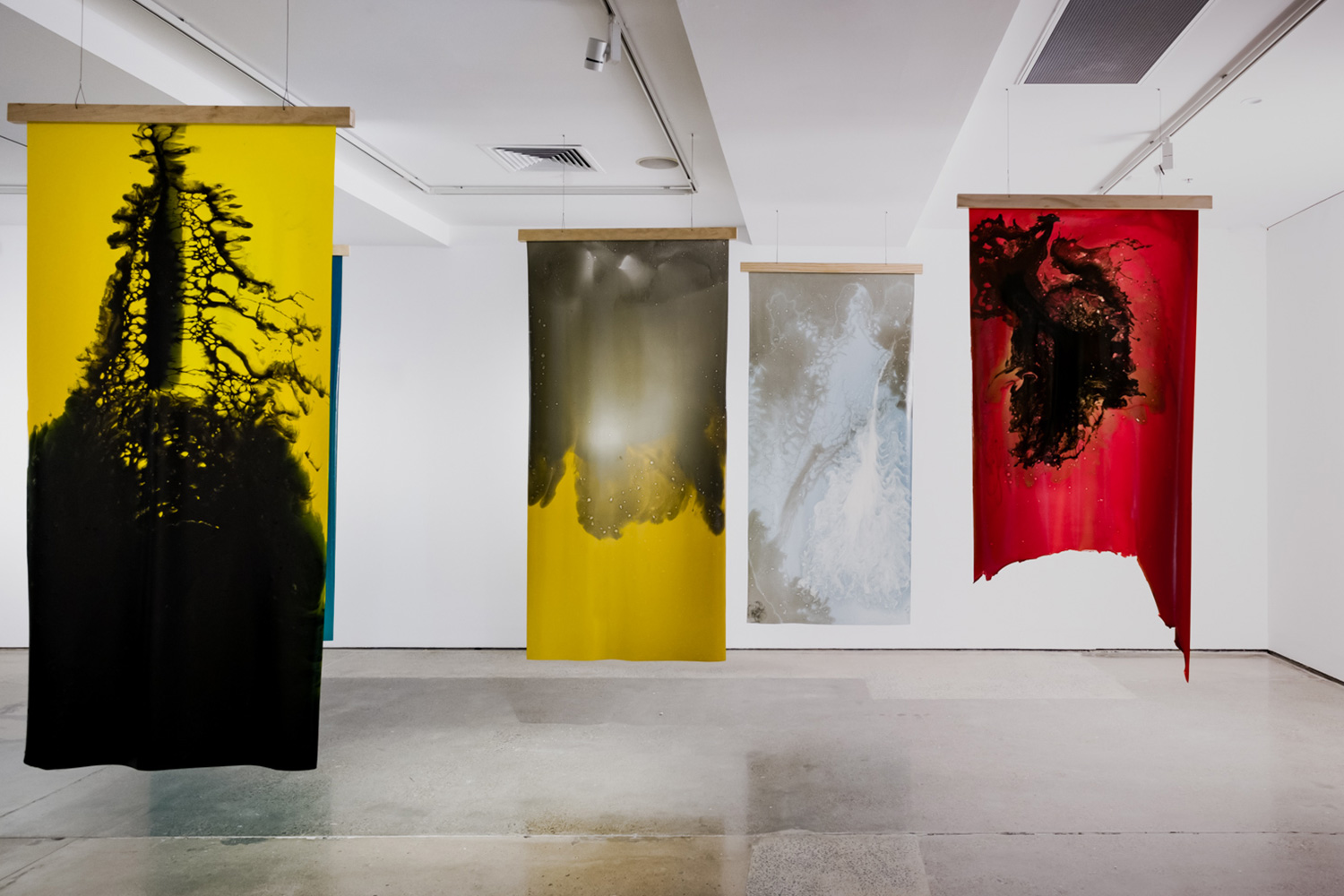
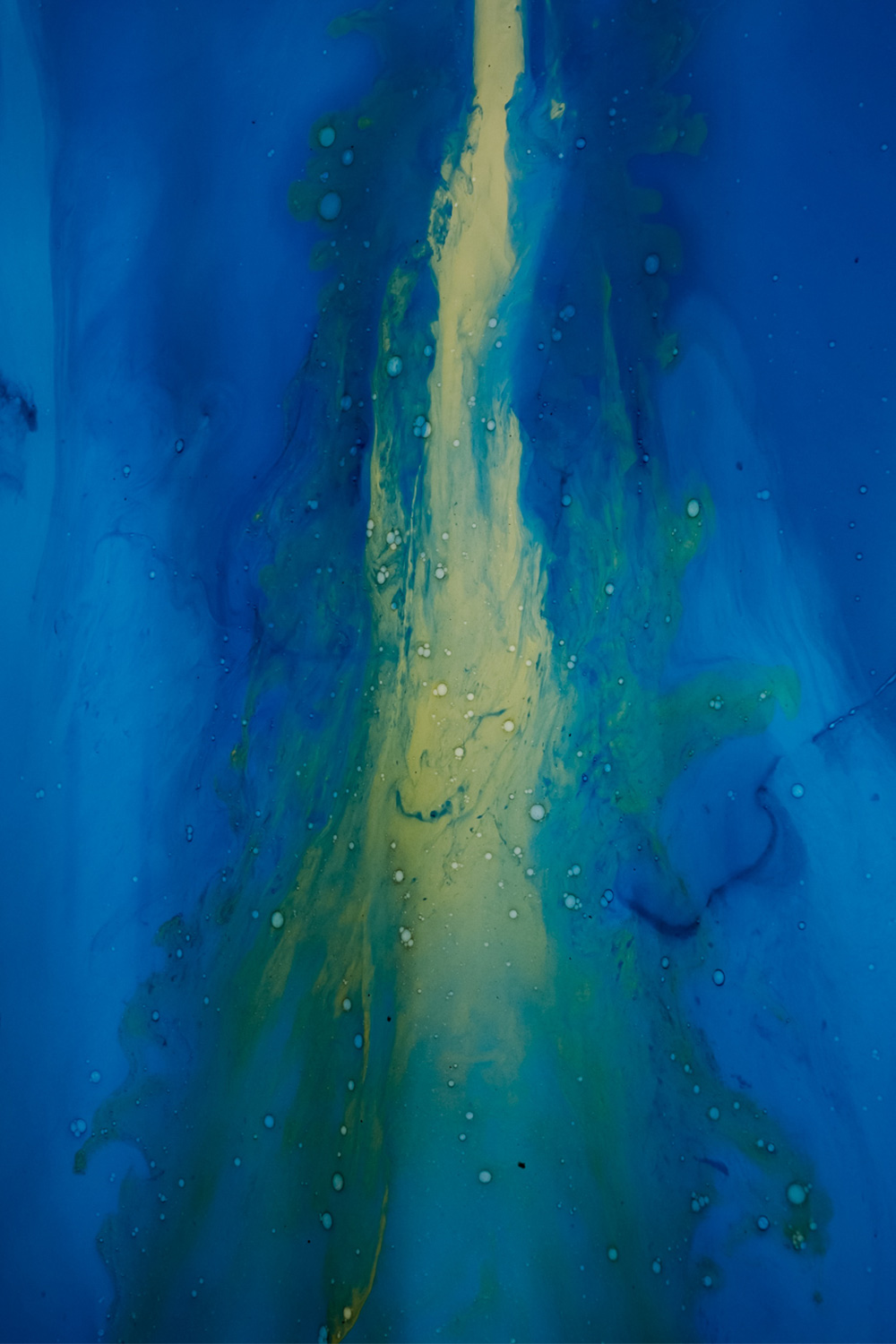

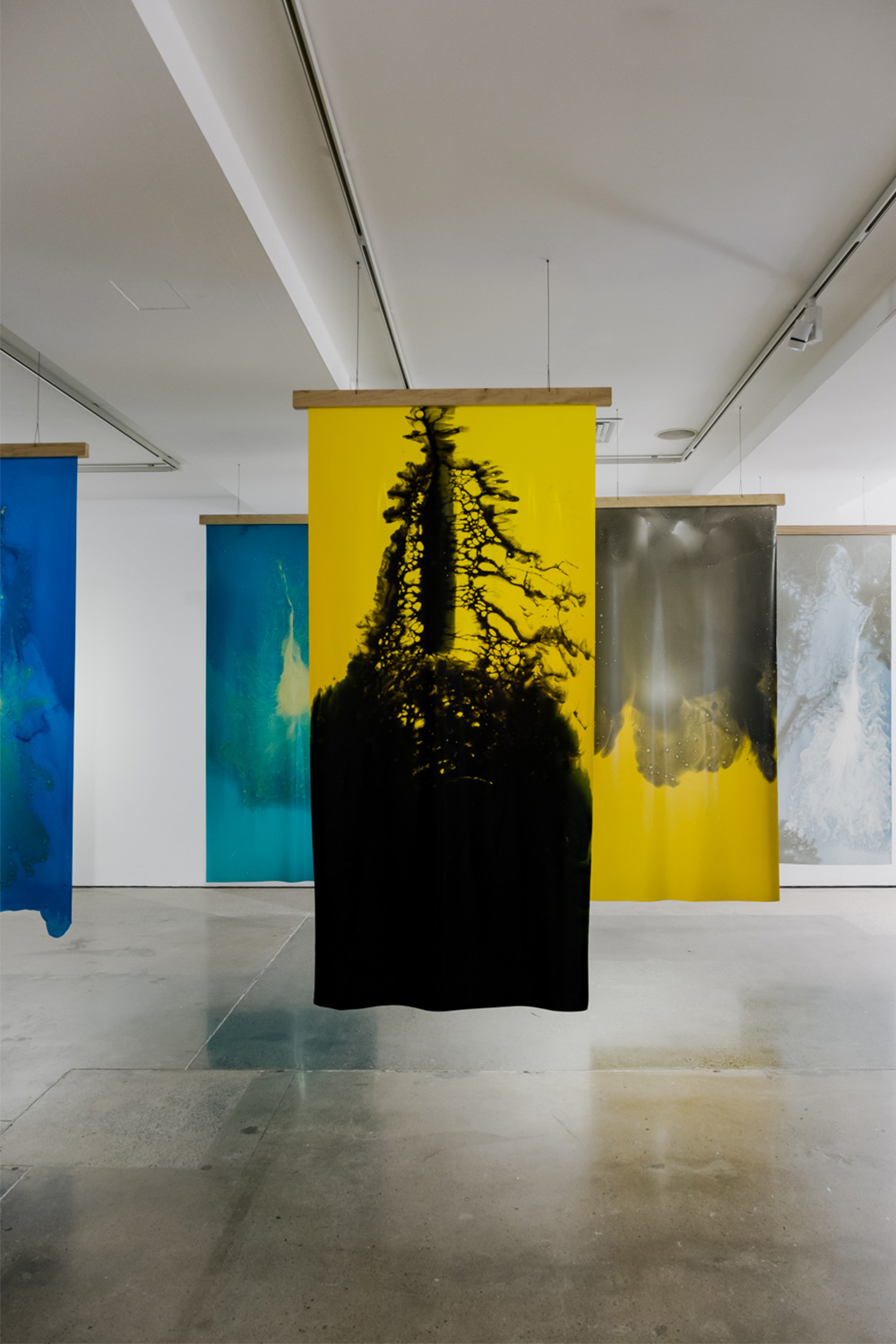
Installation view, The Myth of Nature – agaG1 (V2), 2022, 'Legends of the deep', Institute of Modern Art (IMA). Photos by Joe Ruckli.



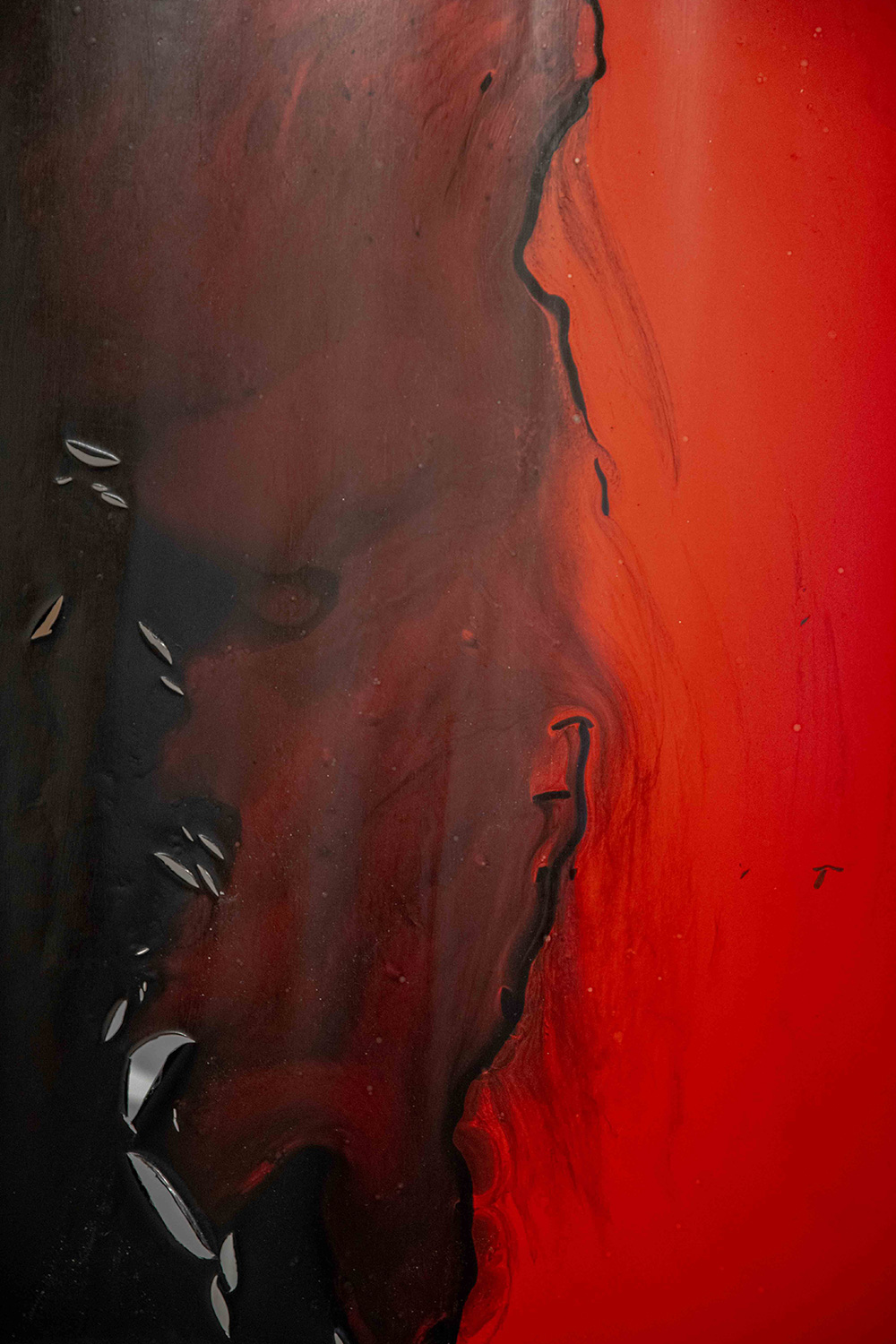


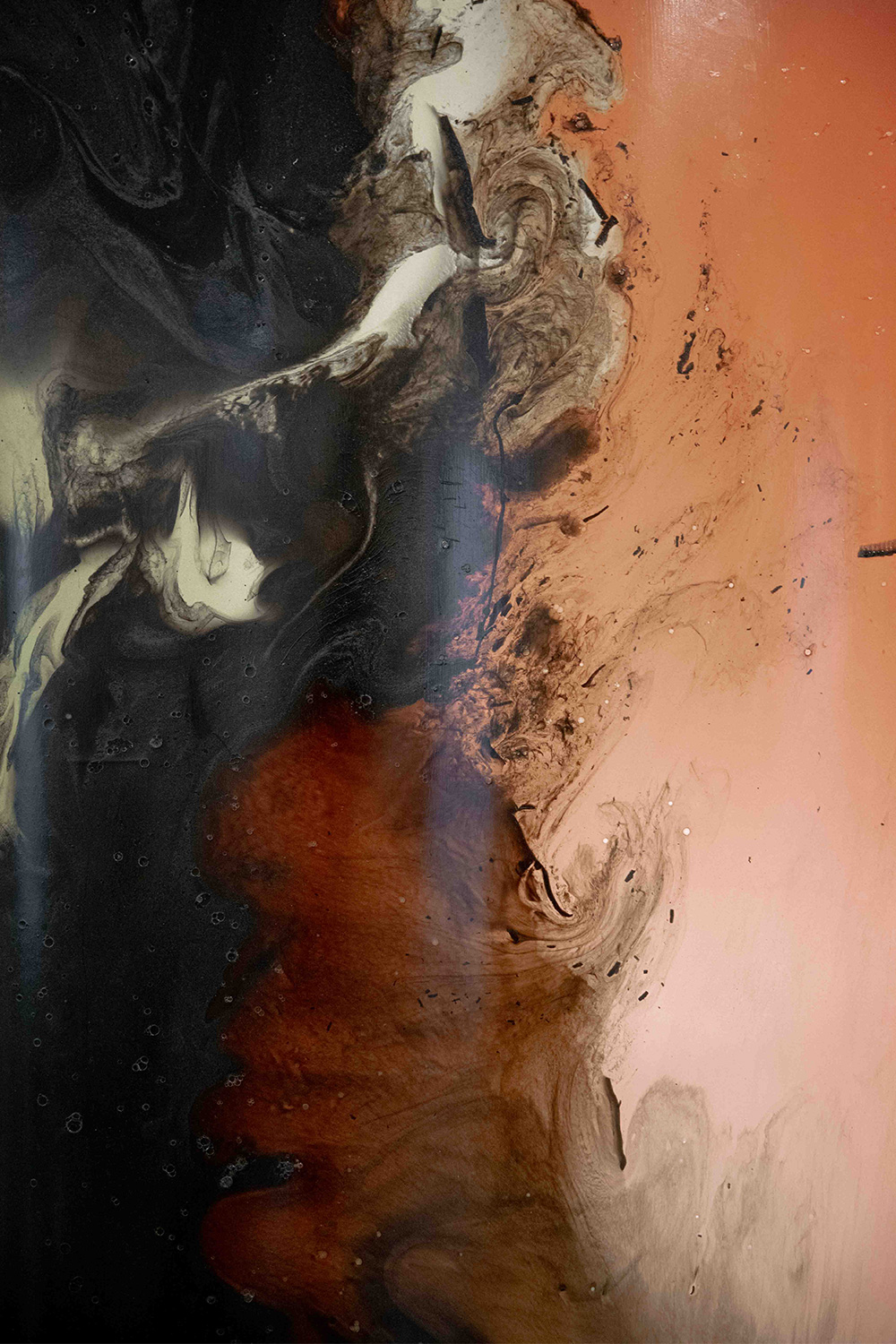



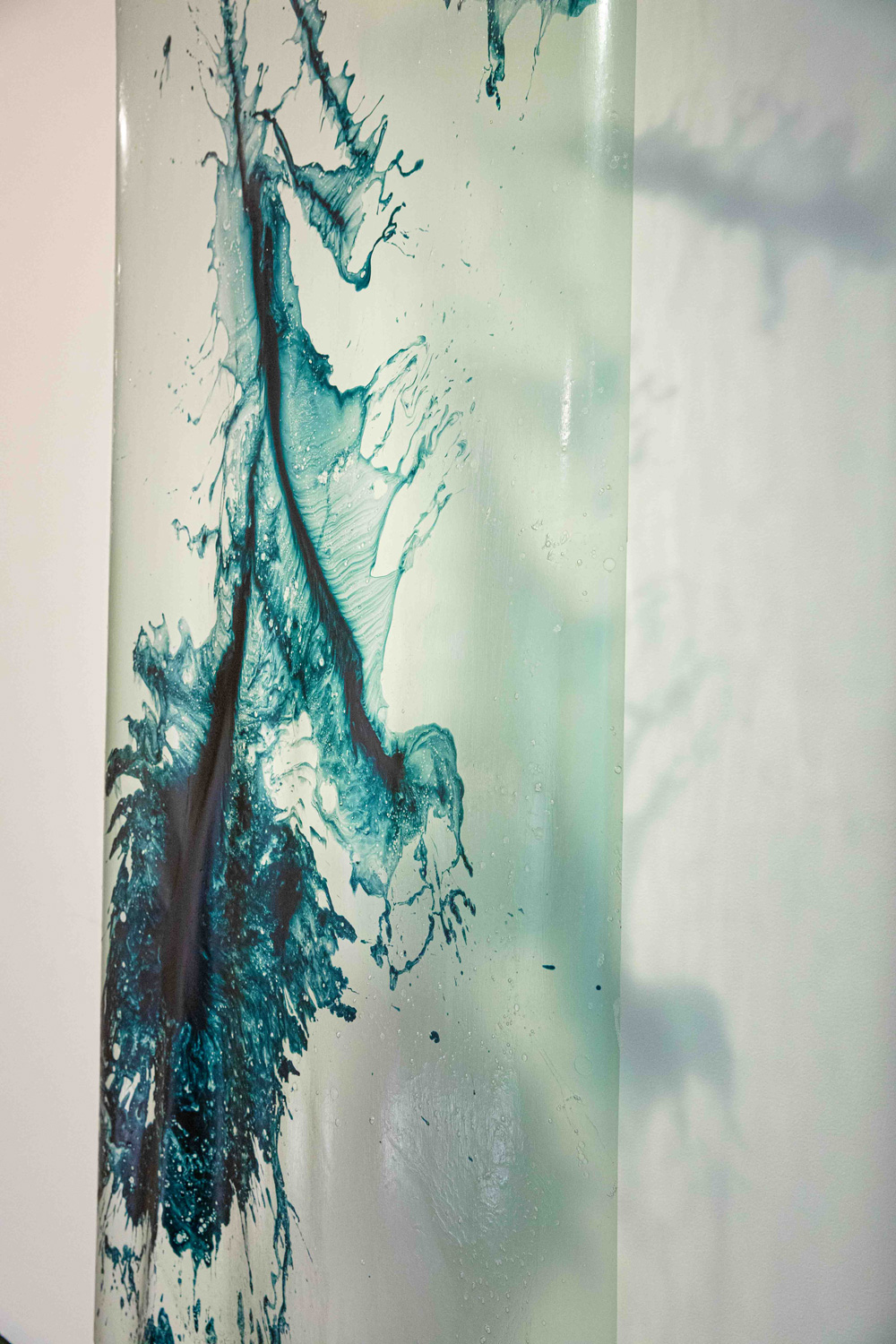
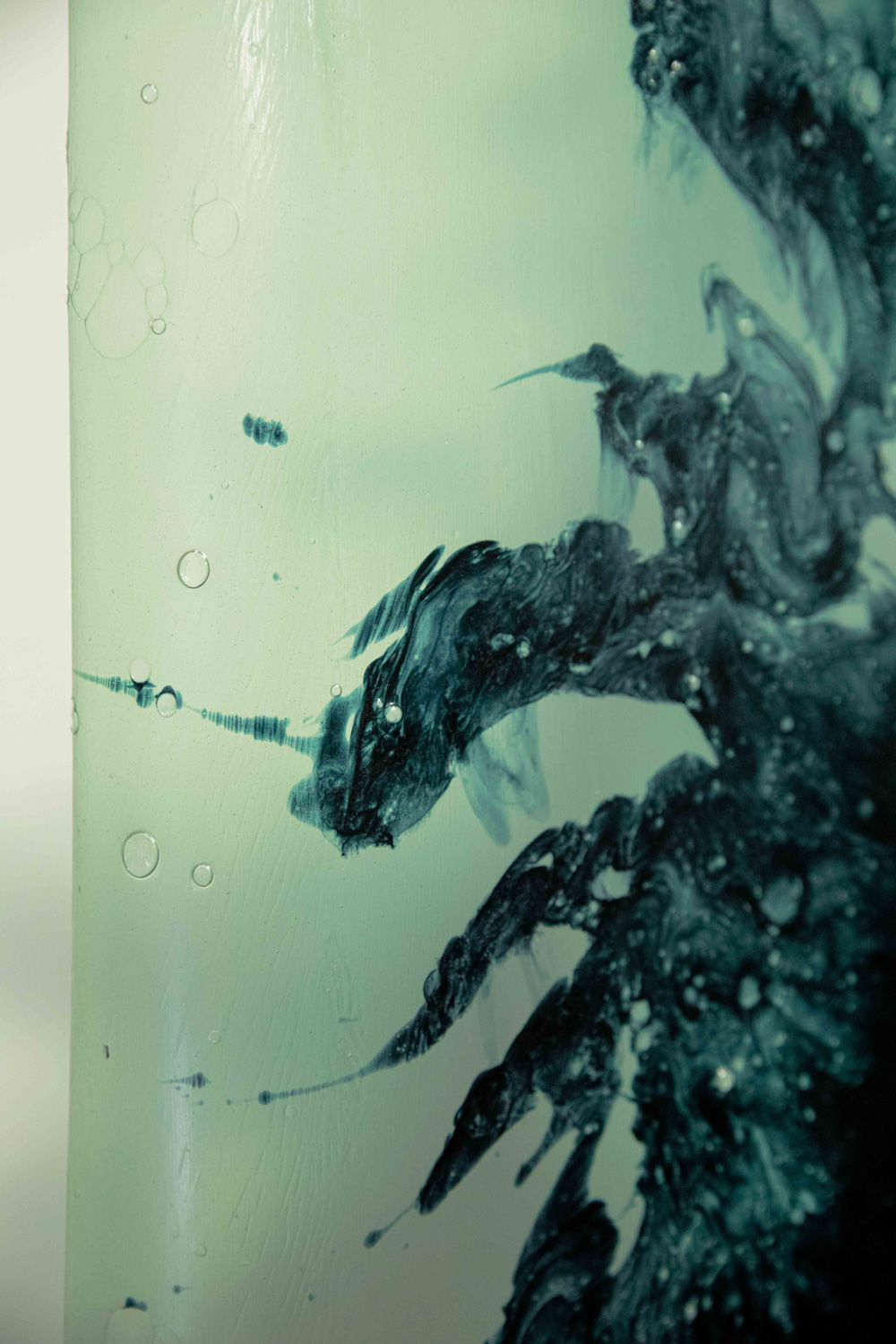
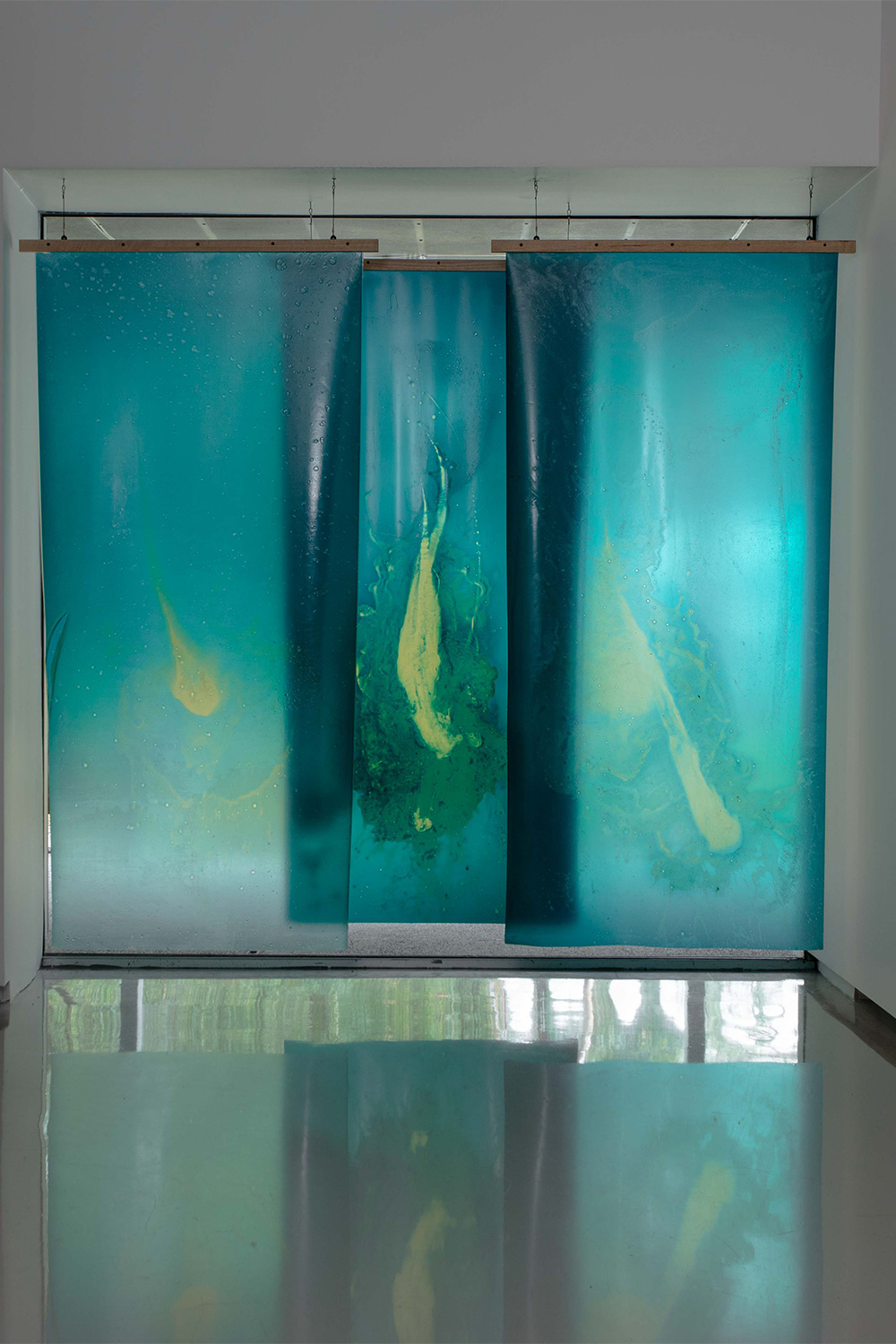

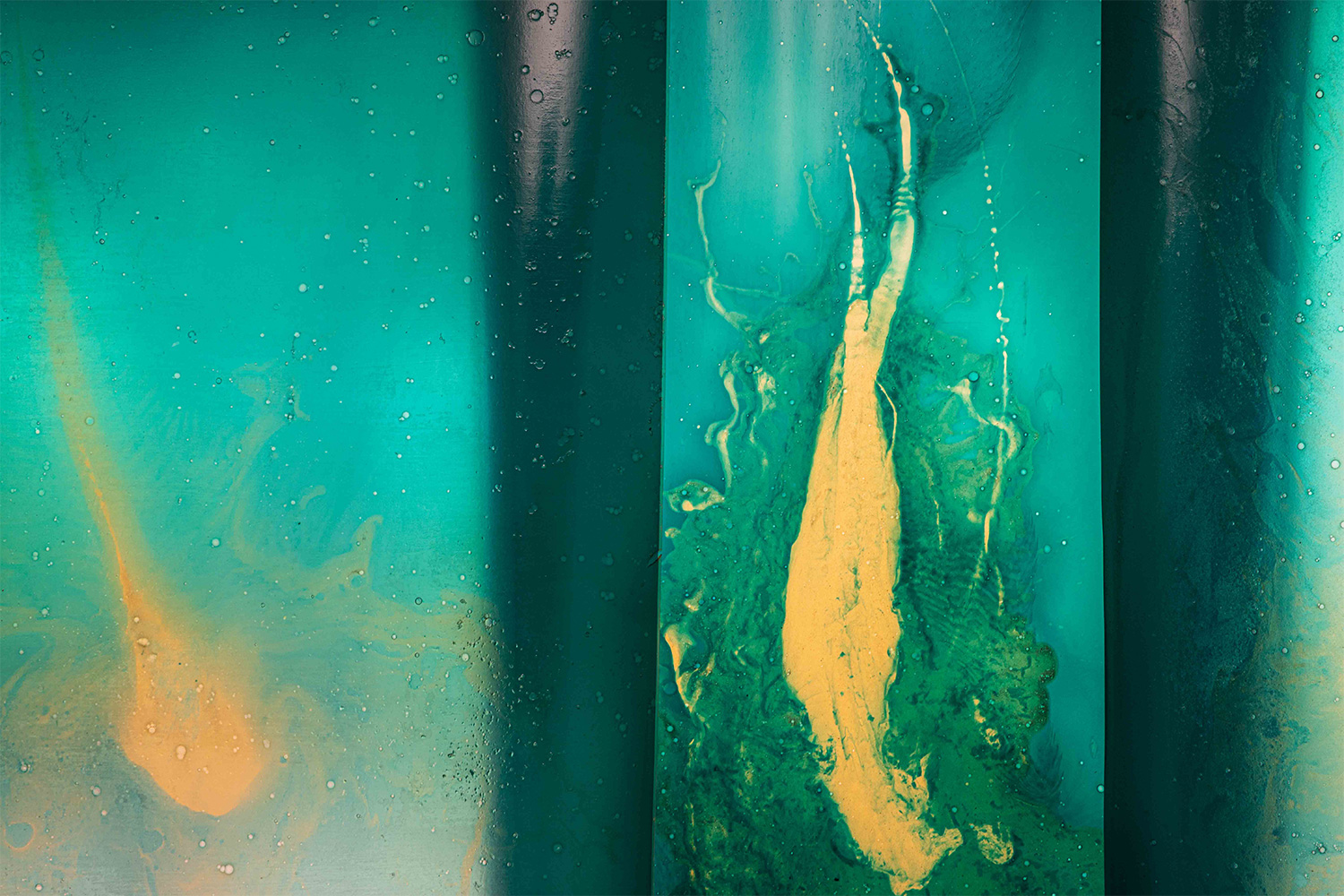
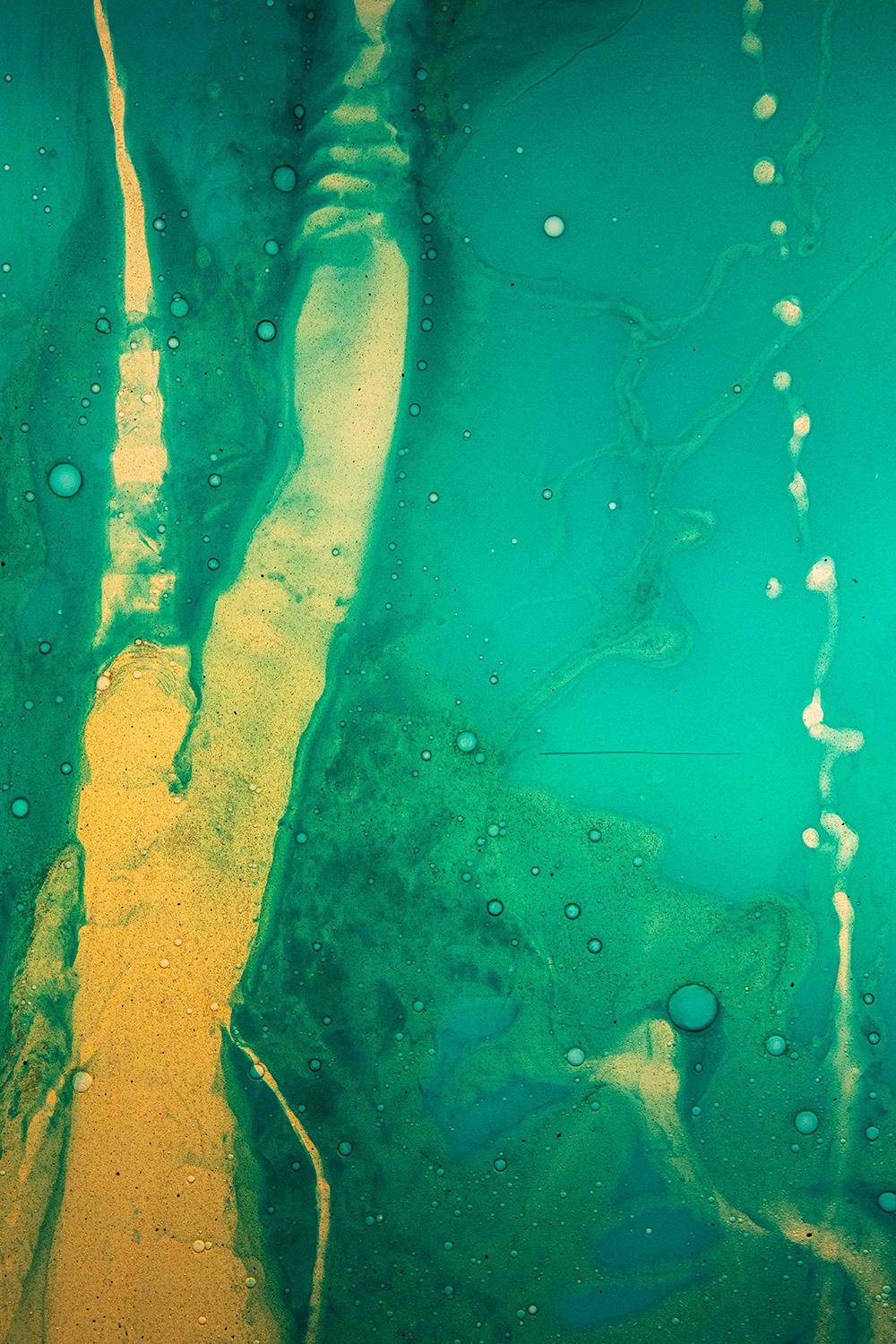
Installation view, ‘Rivermouth’, Monash University Museum of Art (MUMA). Photos by Kenneth Suico.
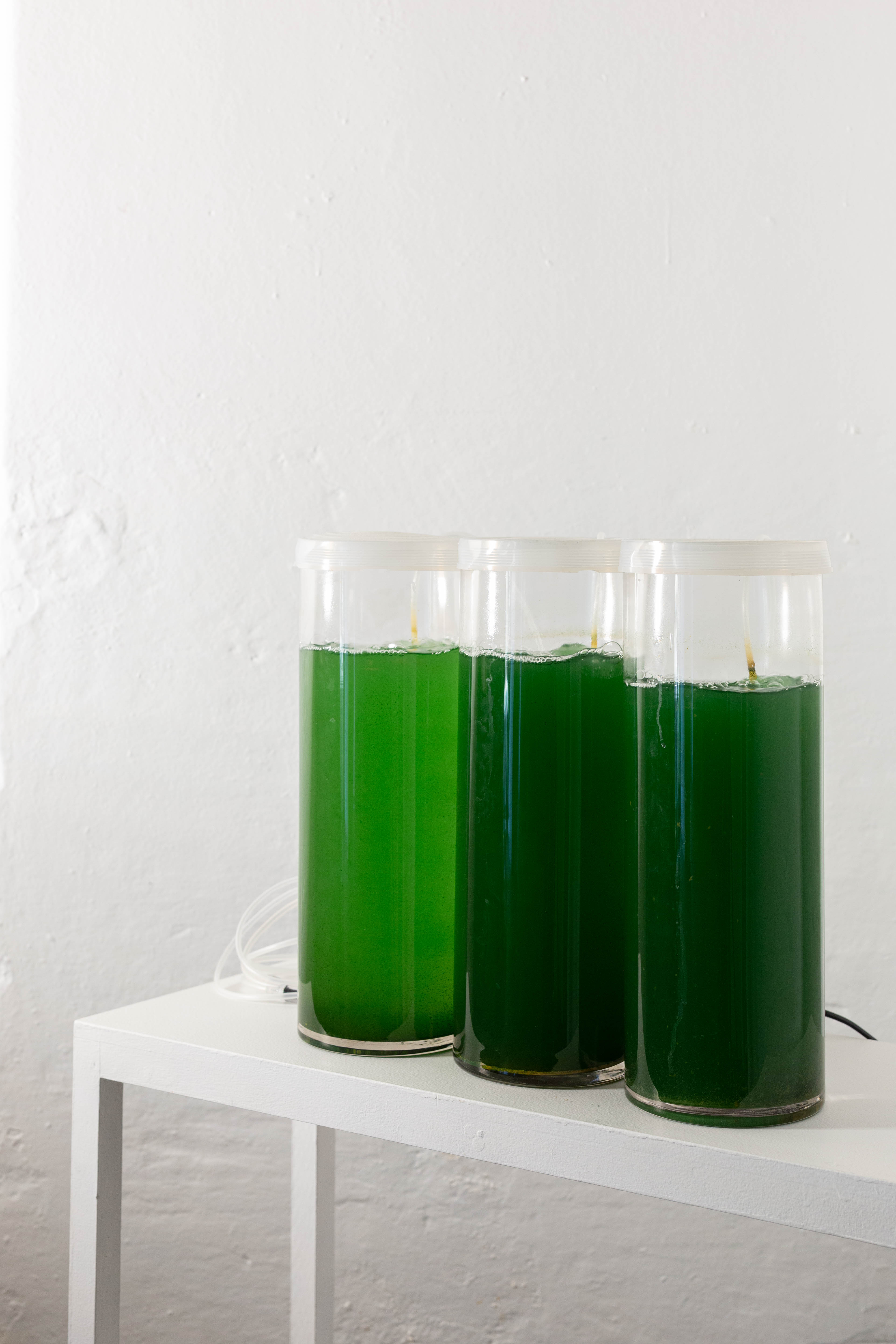
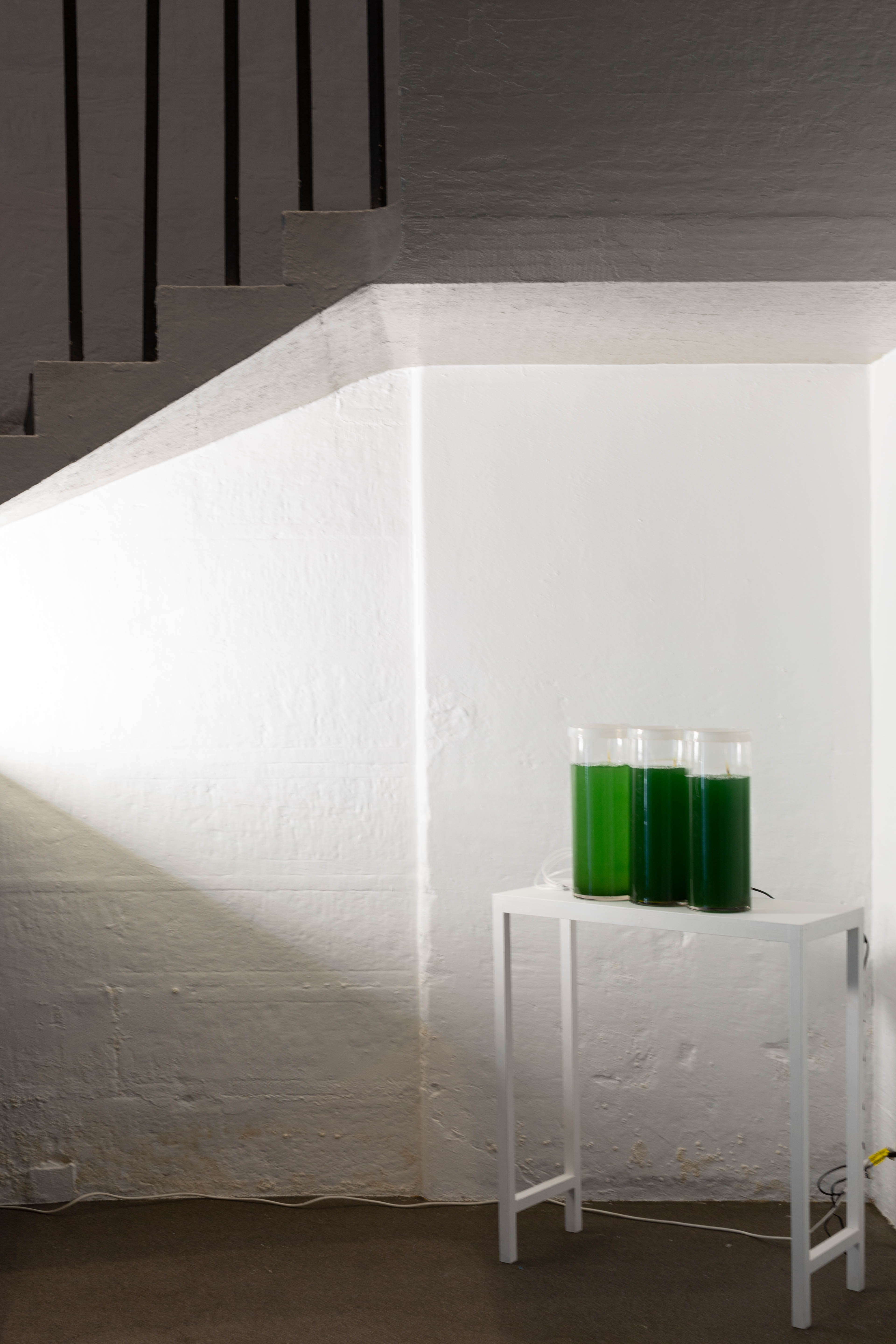
Growthcentrism – C15H18NO8, 23rd Biennale of Sydney - rīvus , Artspace at National Art School, 12 March – 13 June 2022. Photos by Jessica Maurer.
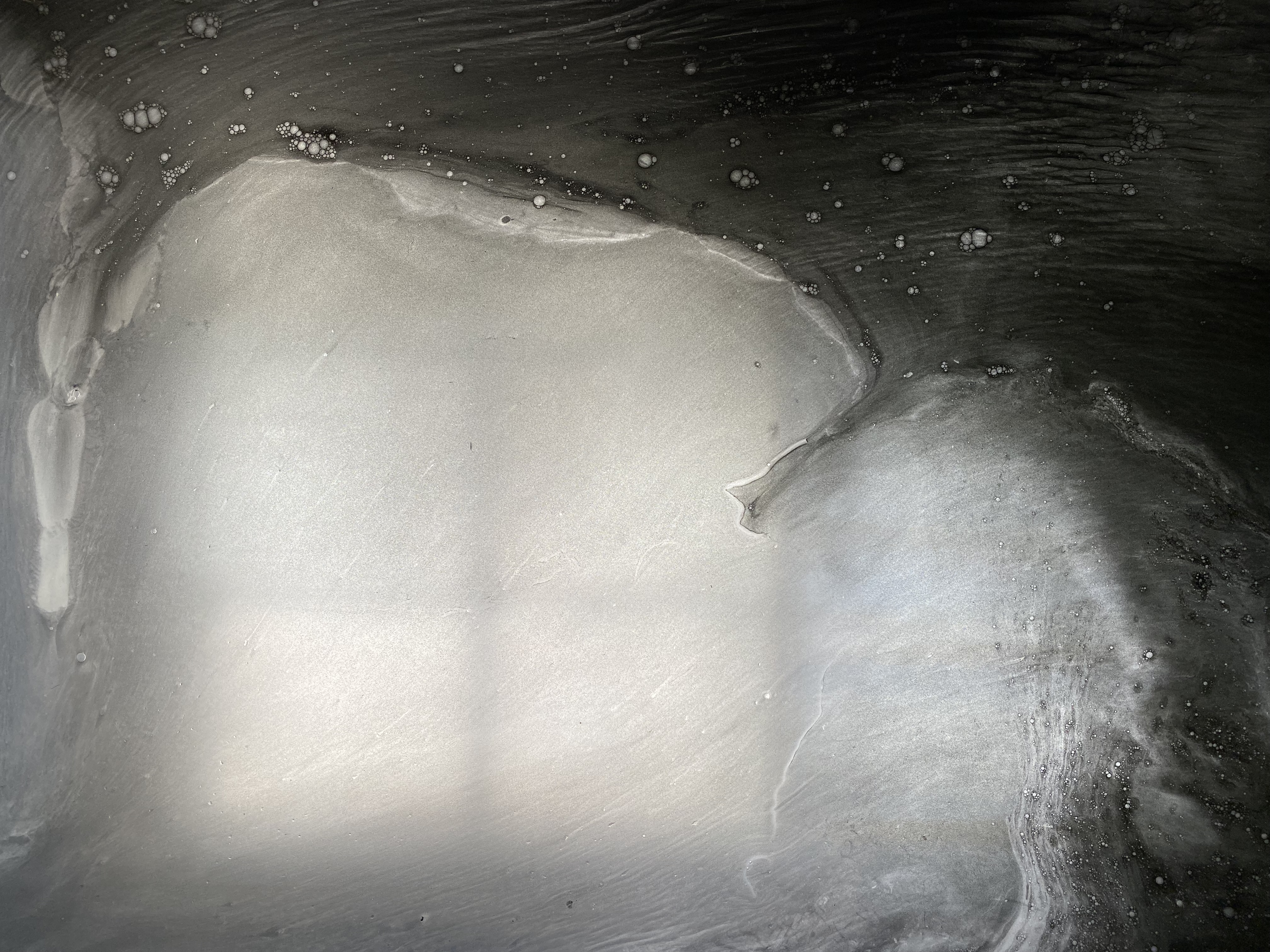
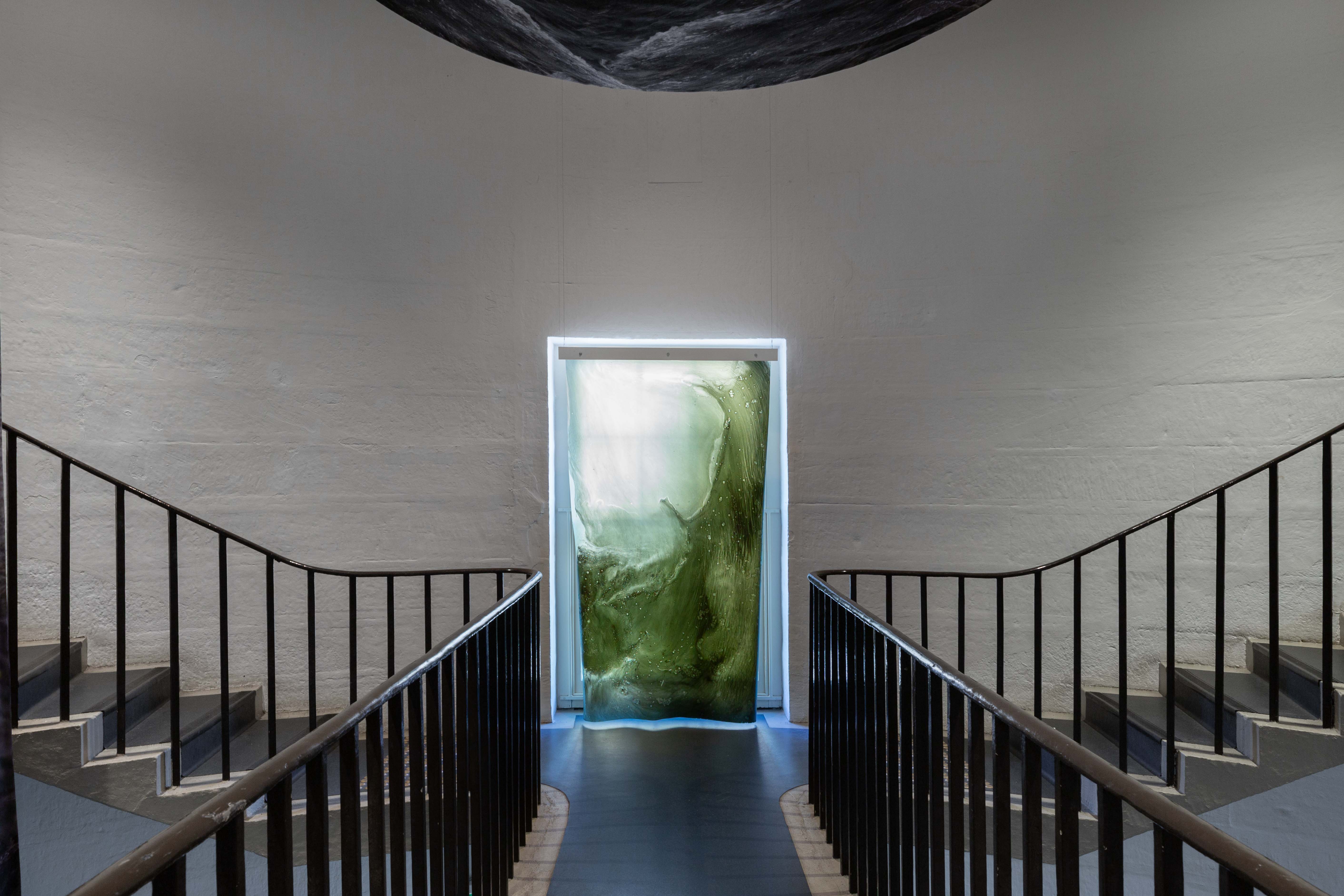
The Blinding Obligation That is Our Vulnerability - β-L-galactopyranose, 23rd Biennale of Sydney - rīvus, Artspace at National Art School, 12 March – 13 June 2022. Photos by Heilam Choi and Jessica Maurer.
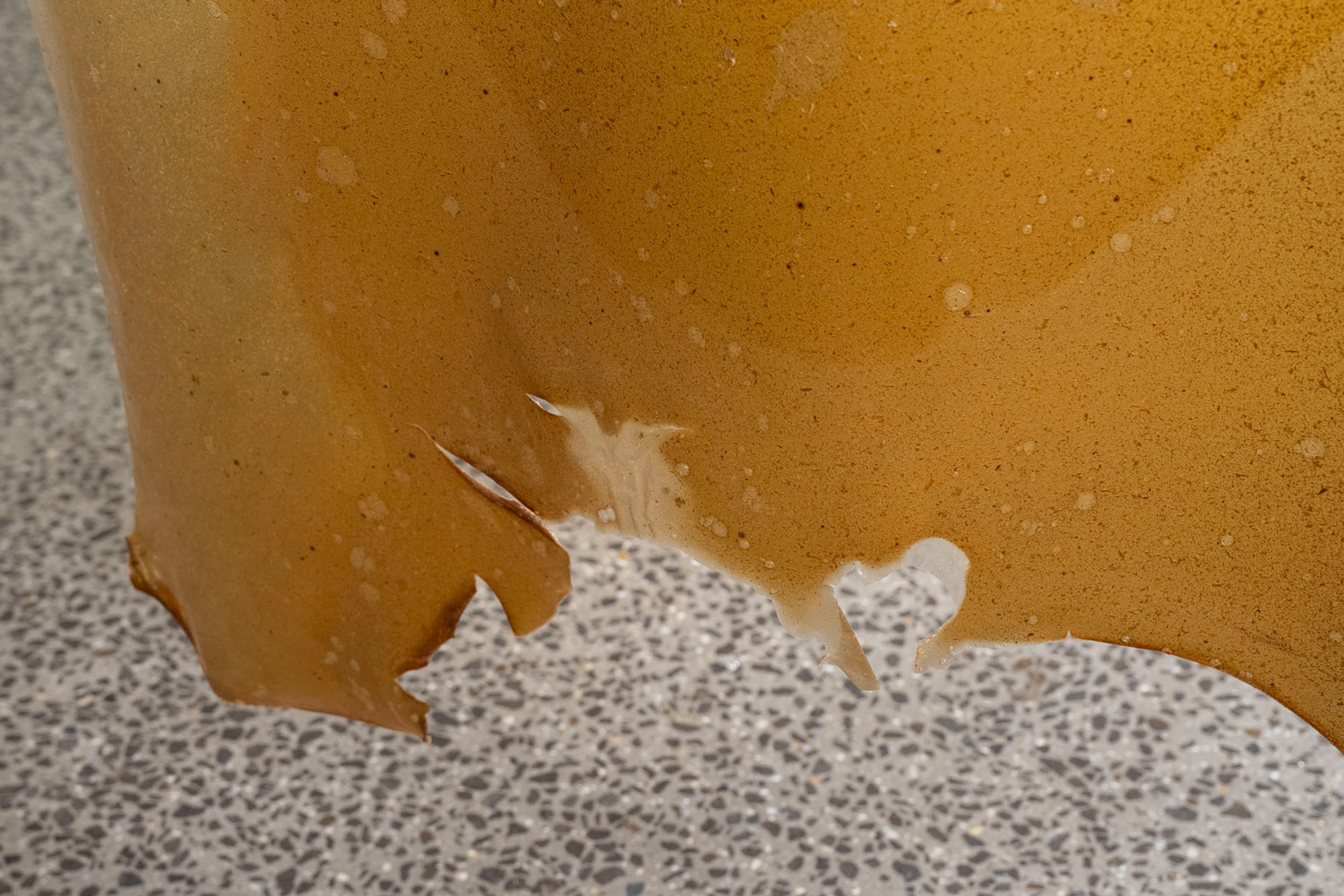
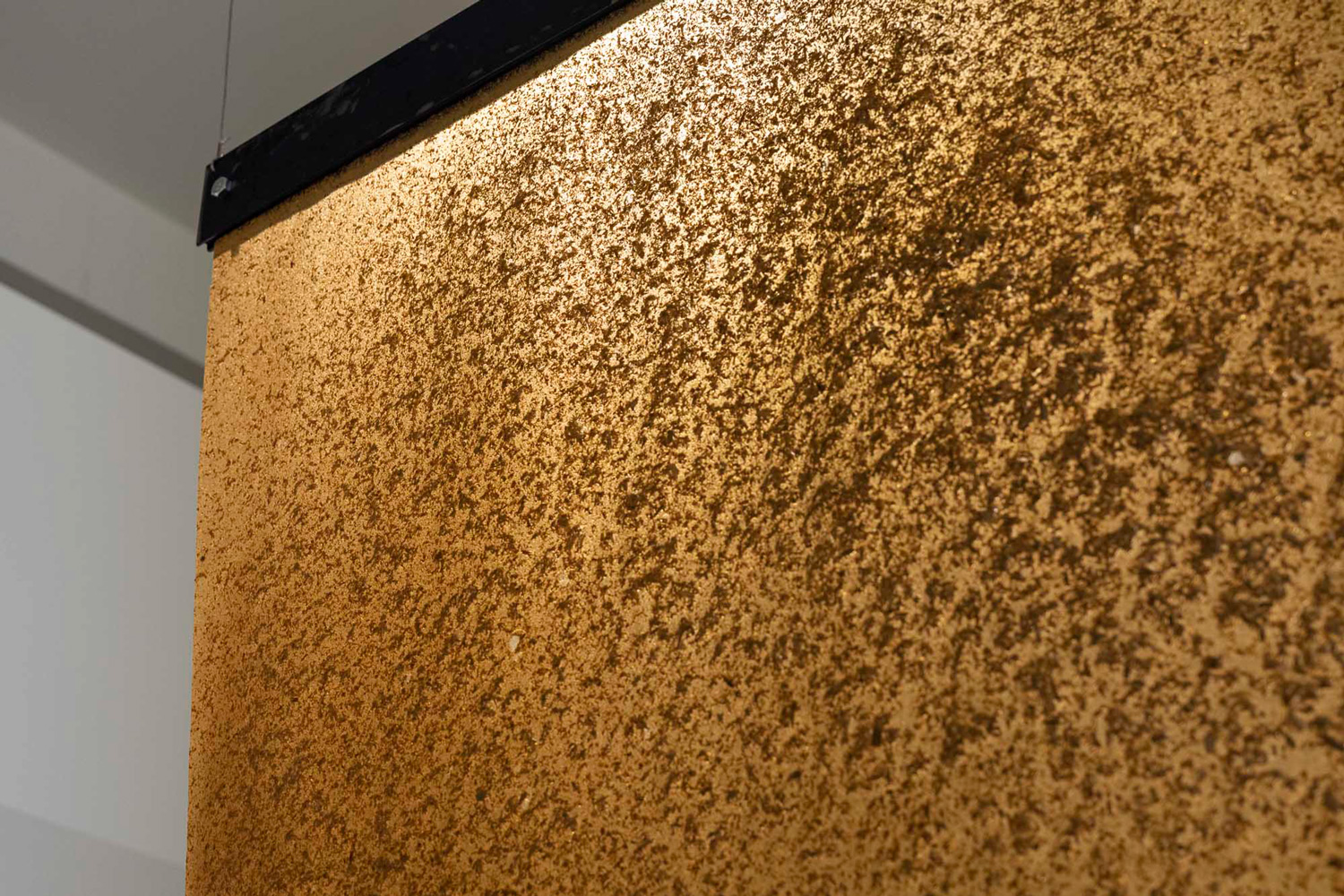
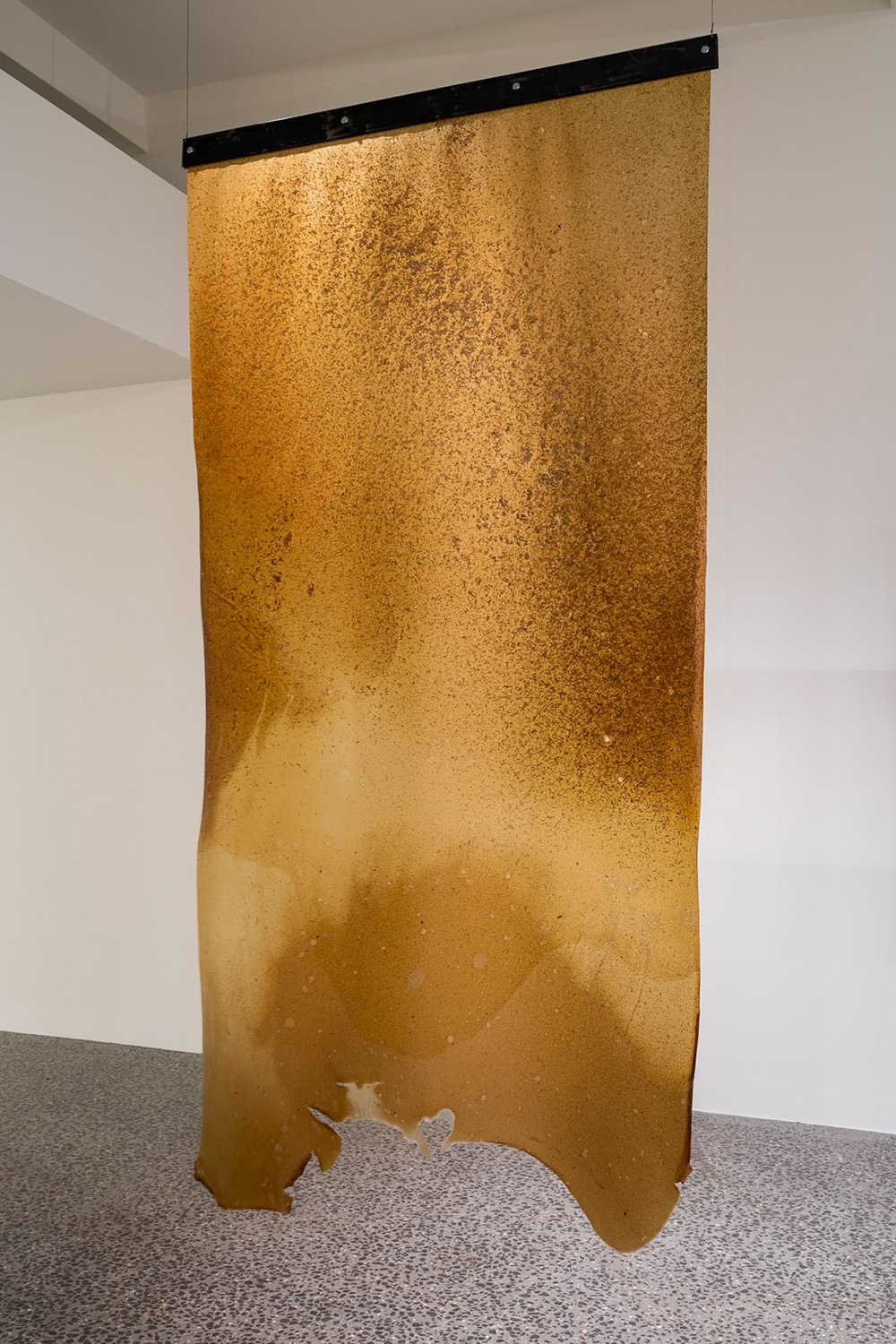
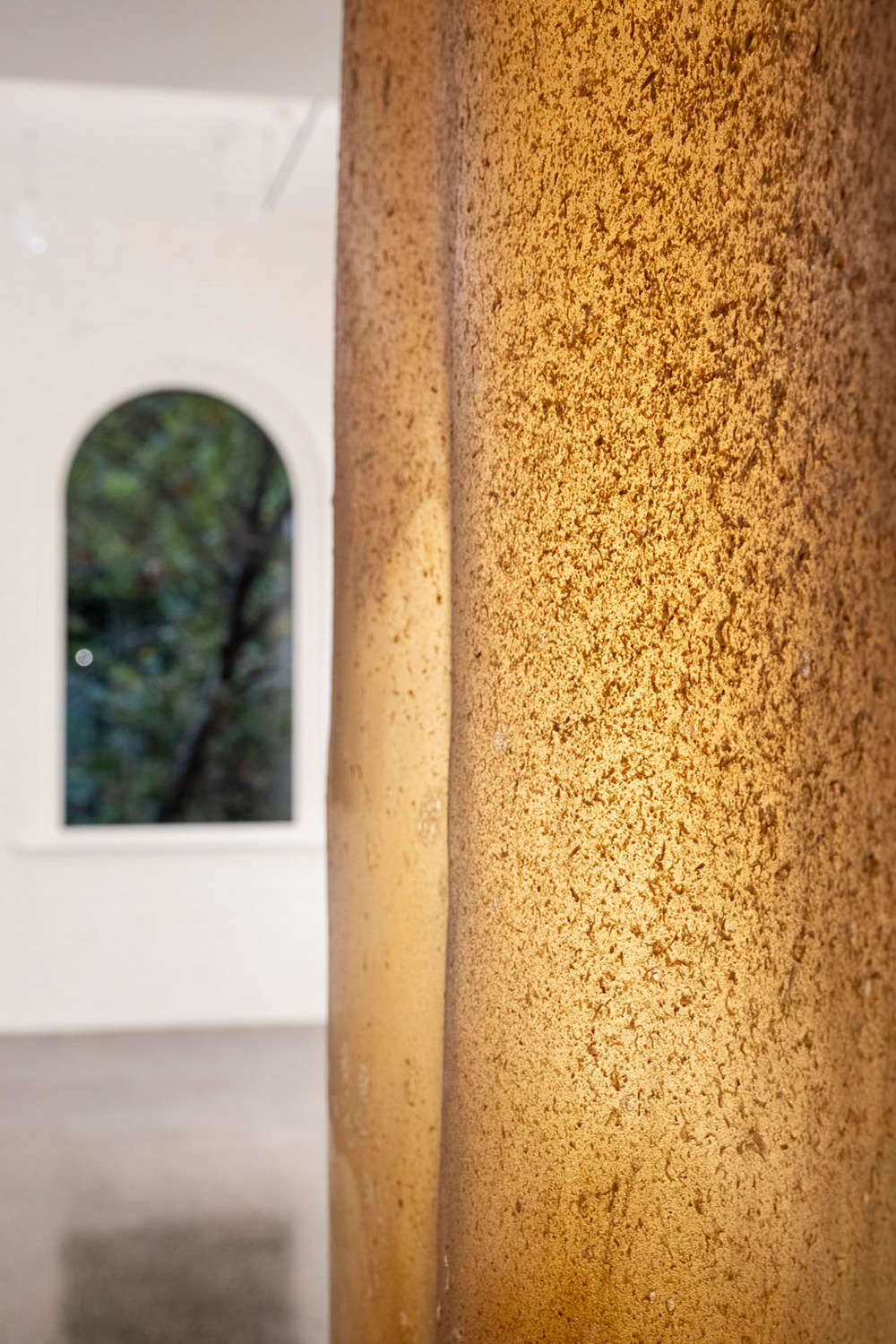
Installation view, Sunlight for Breakfast, 2023, ‘< >’, Project 8. Photos by Lucy Foster.
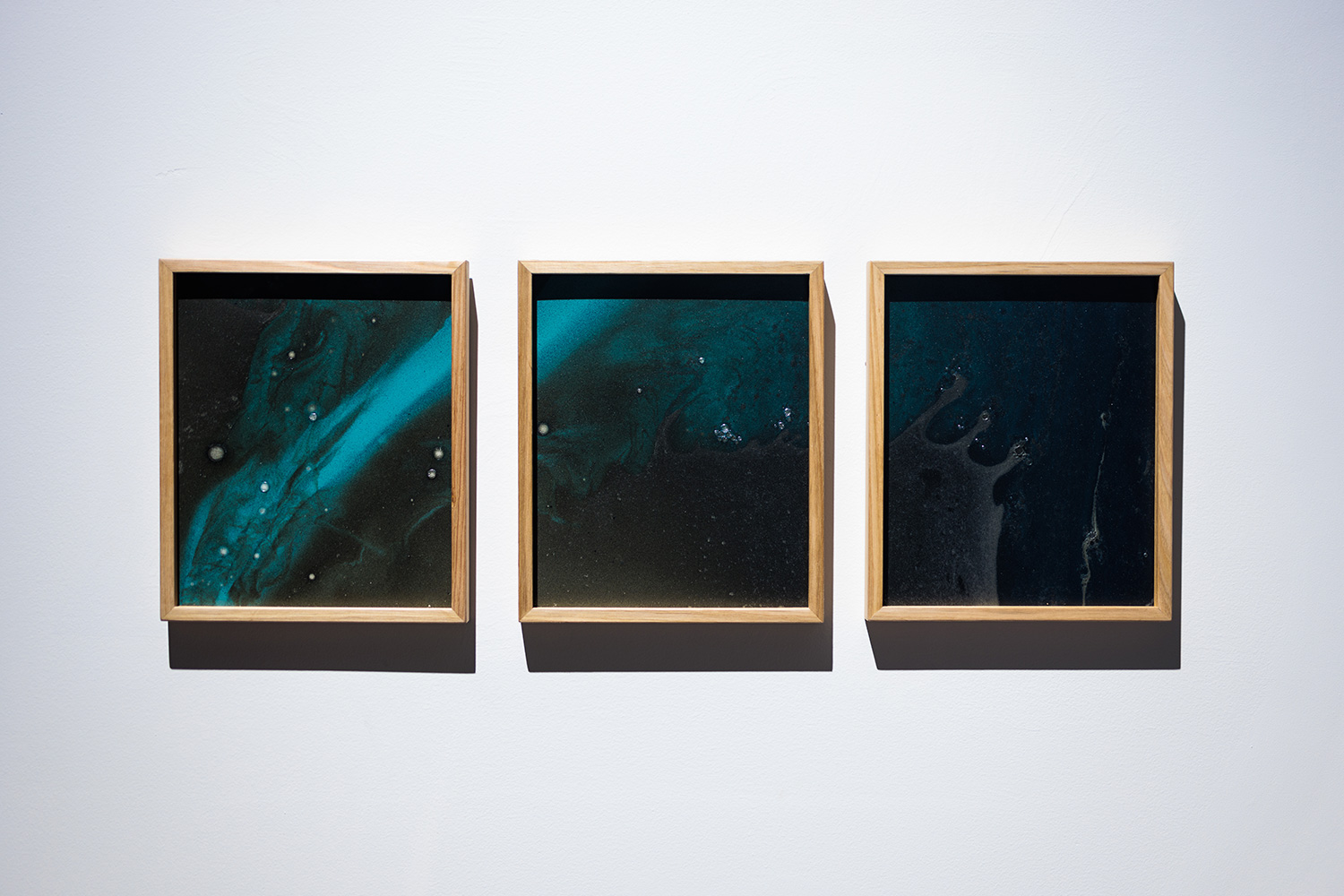
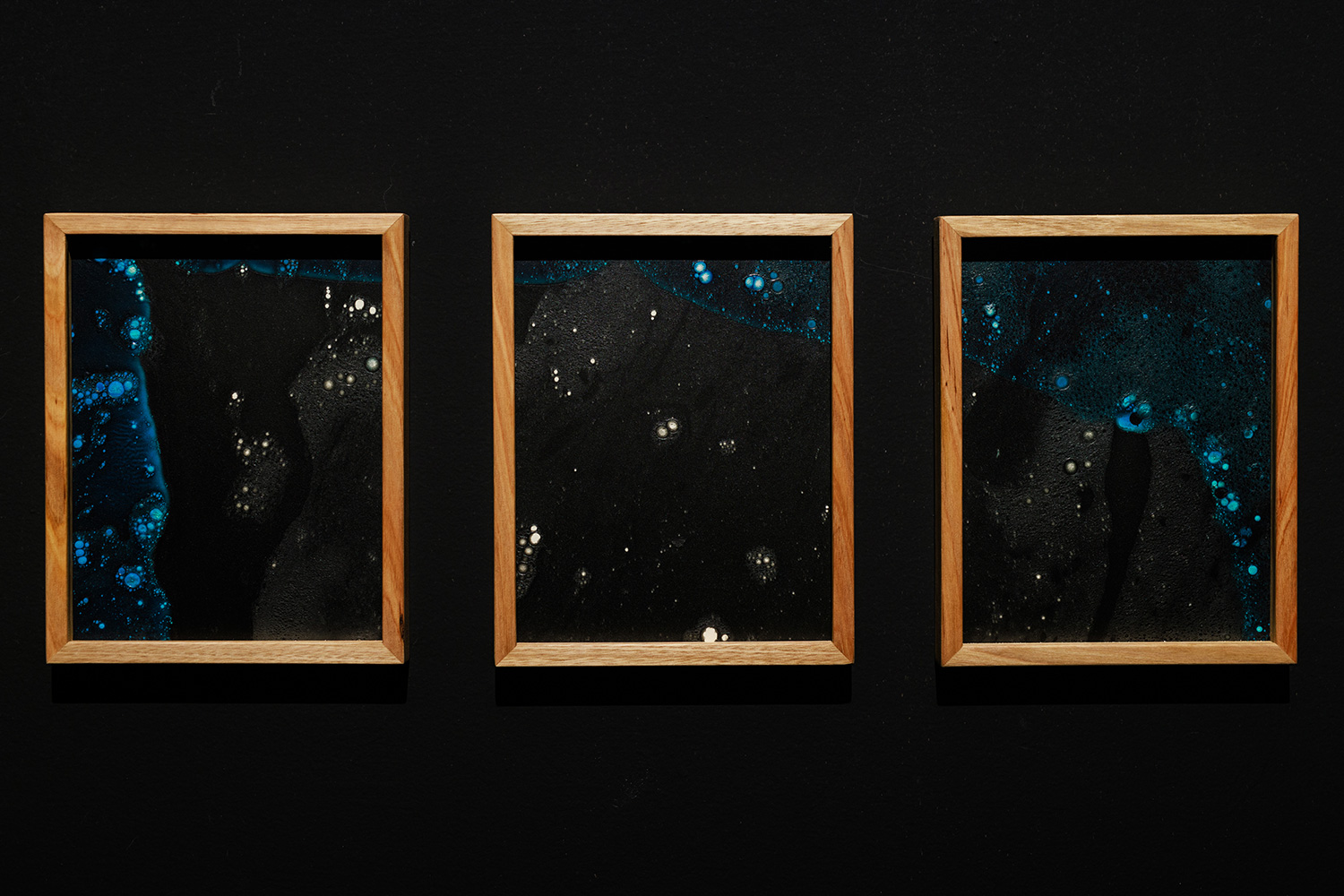


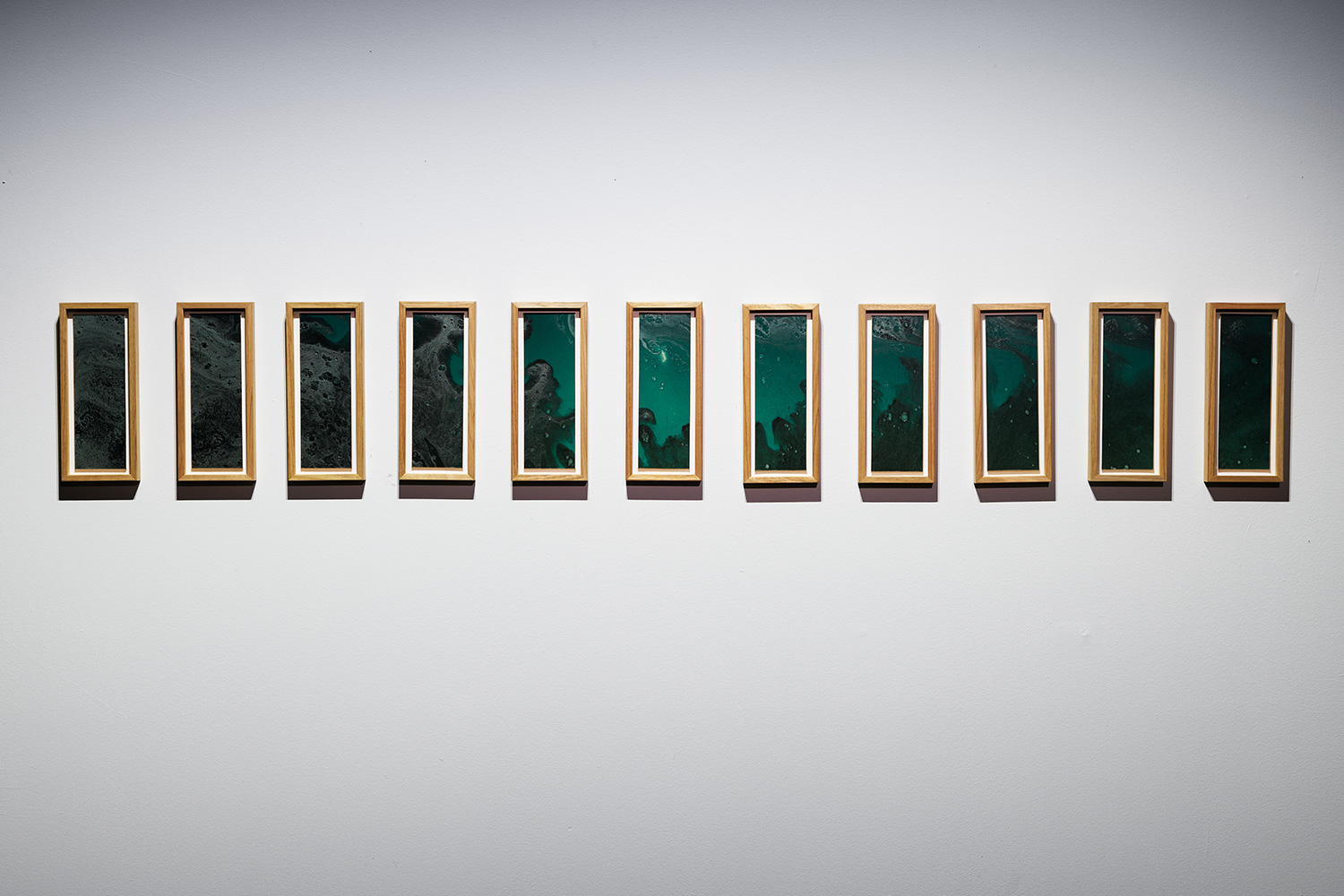
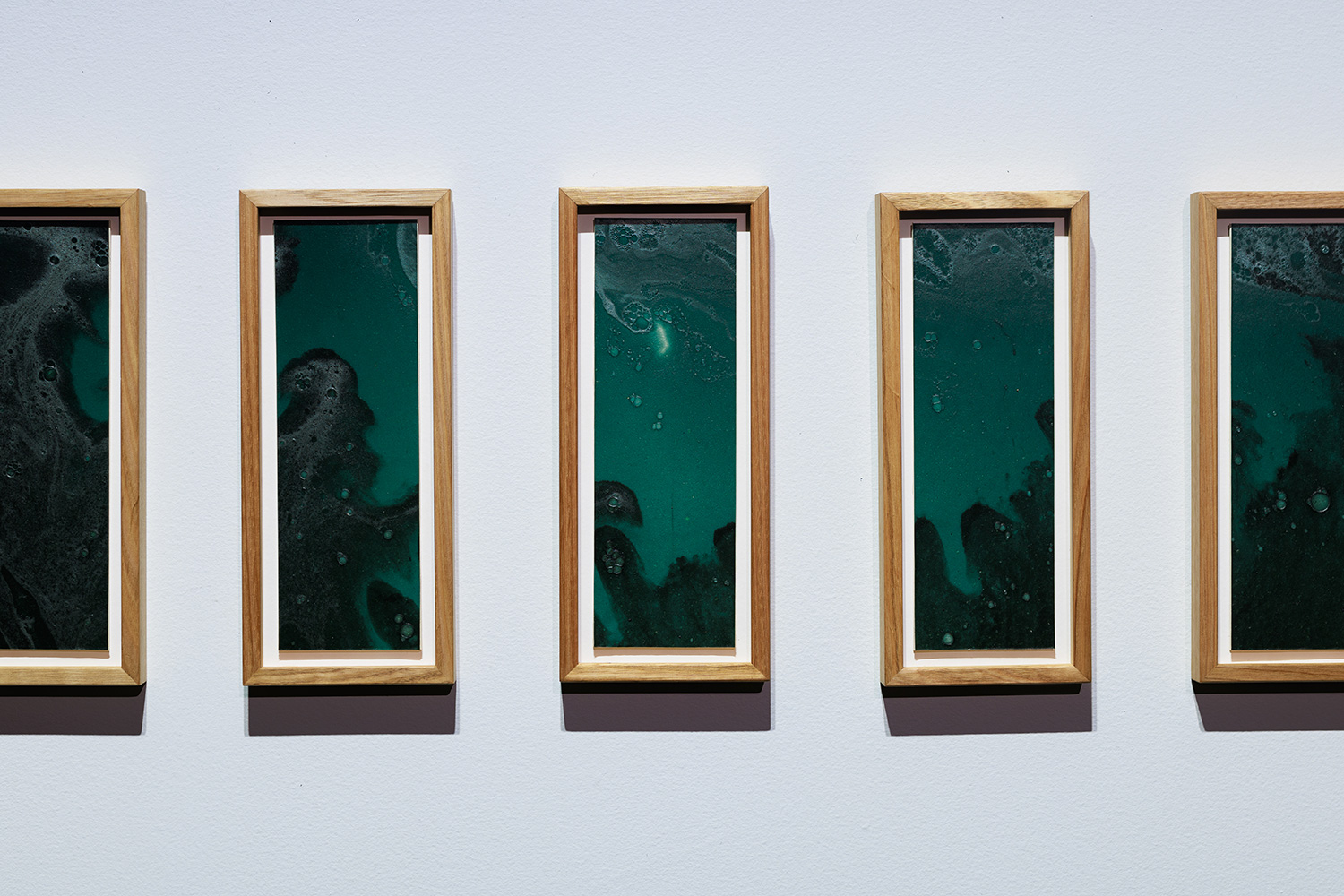

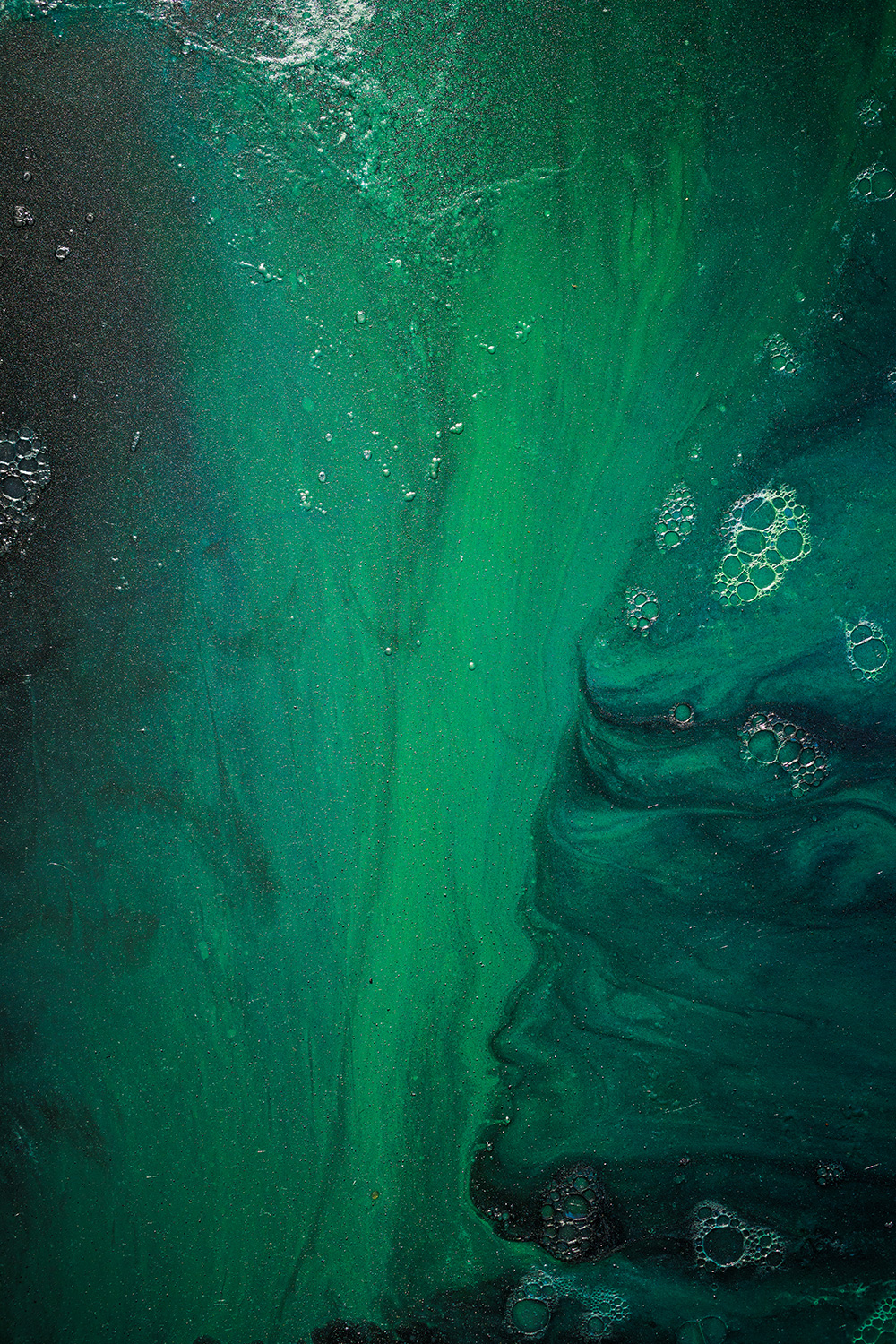
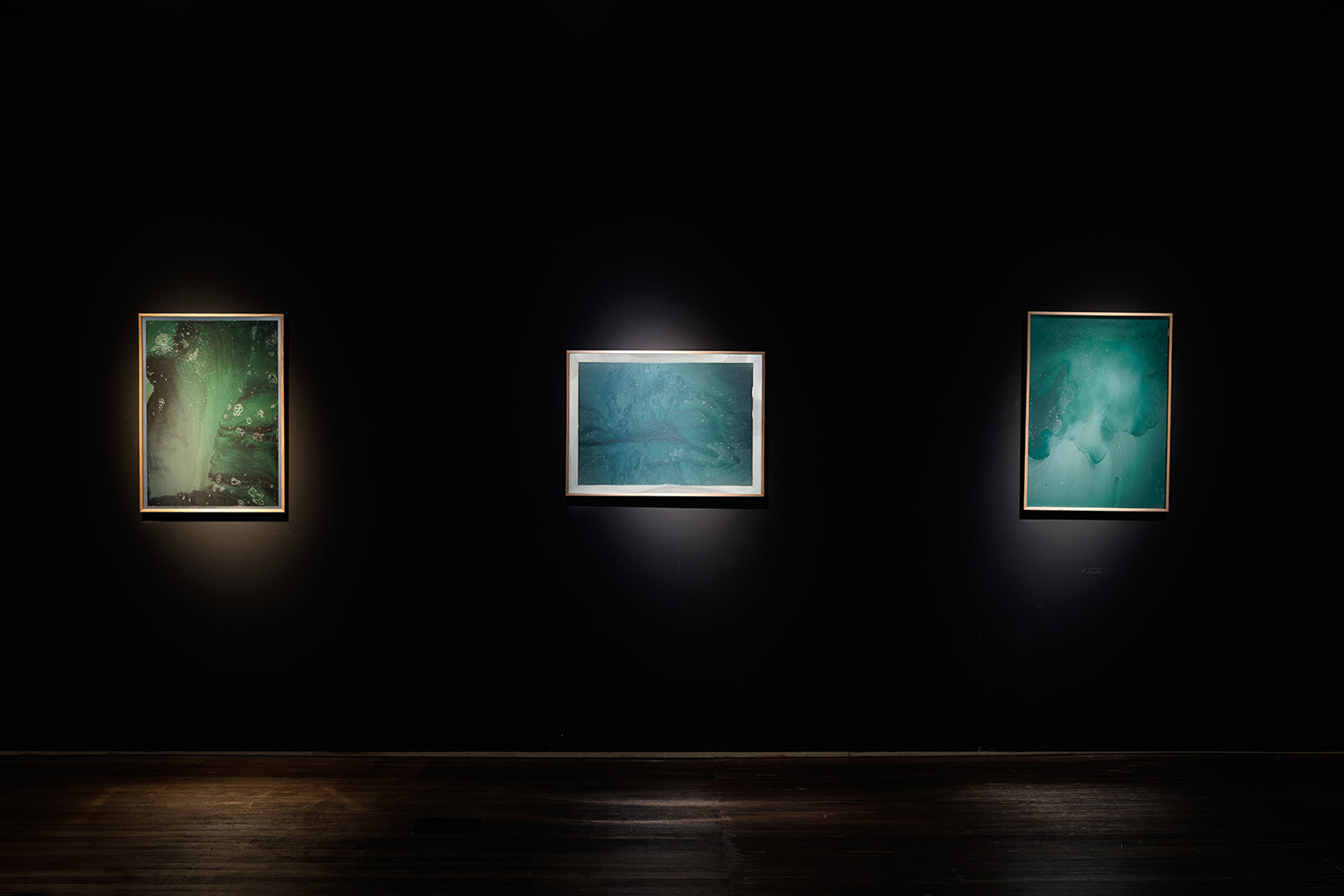

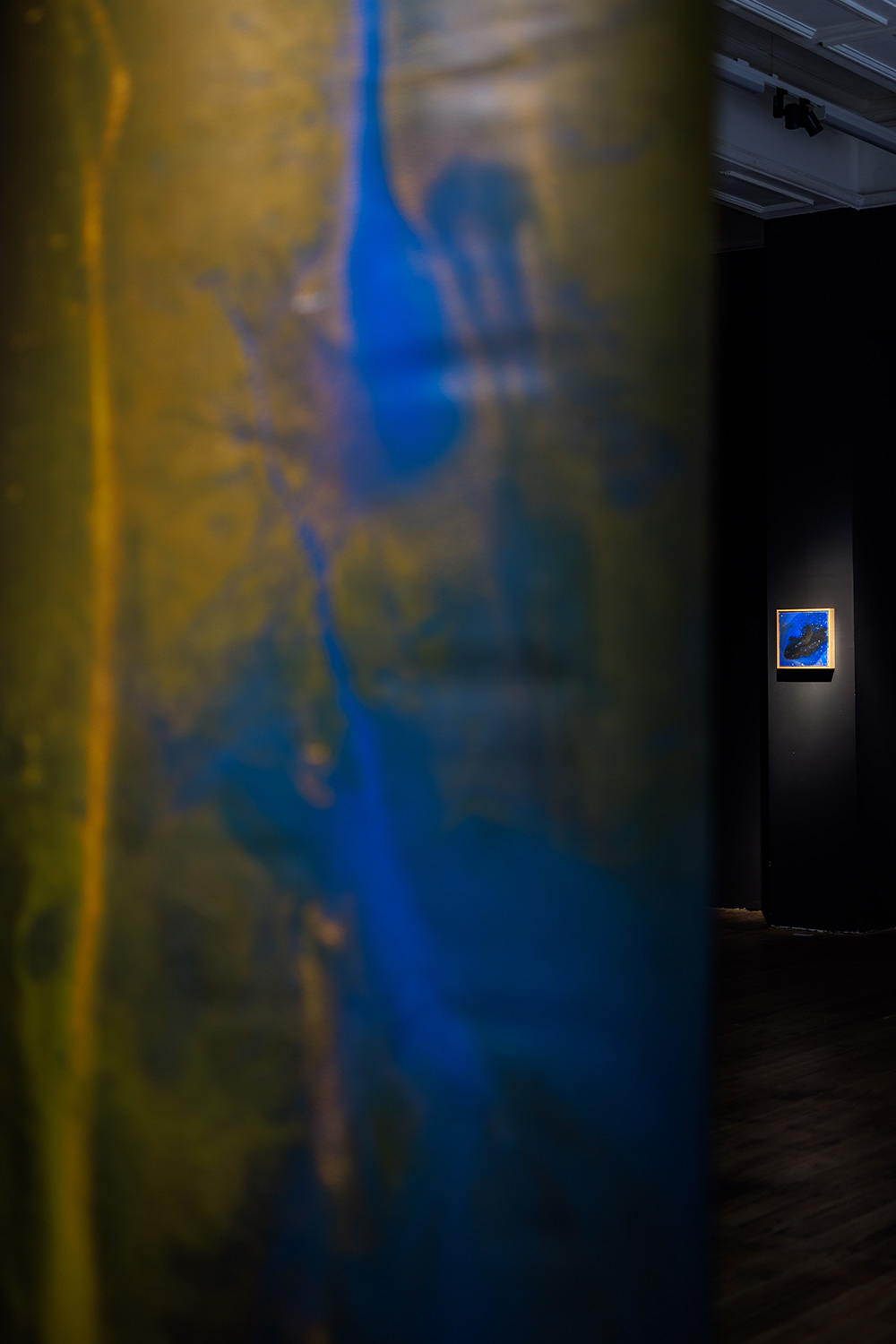

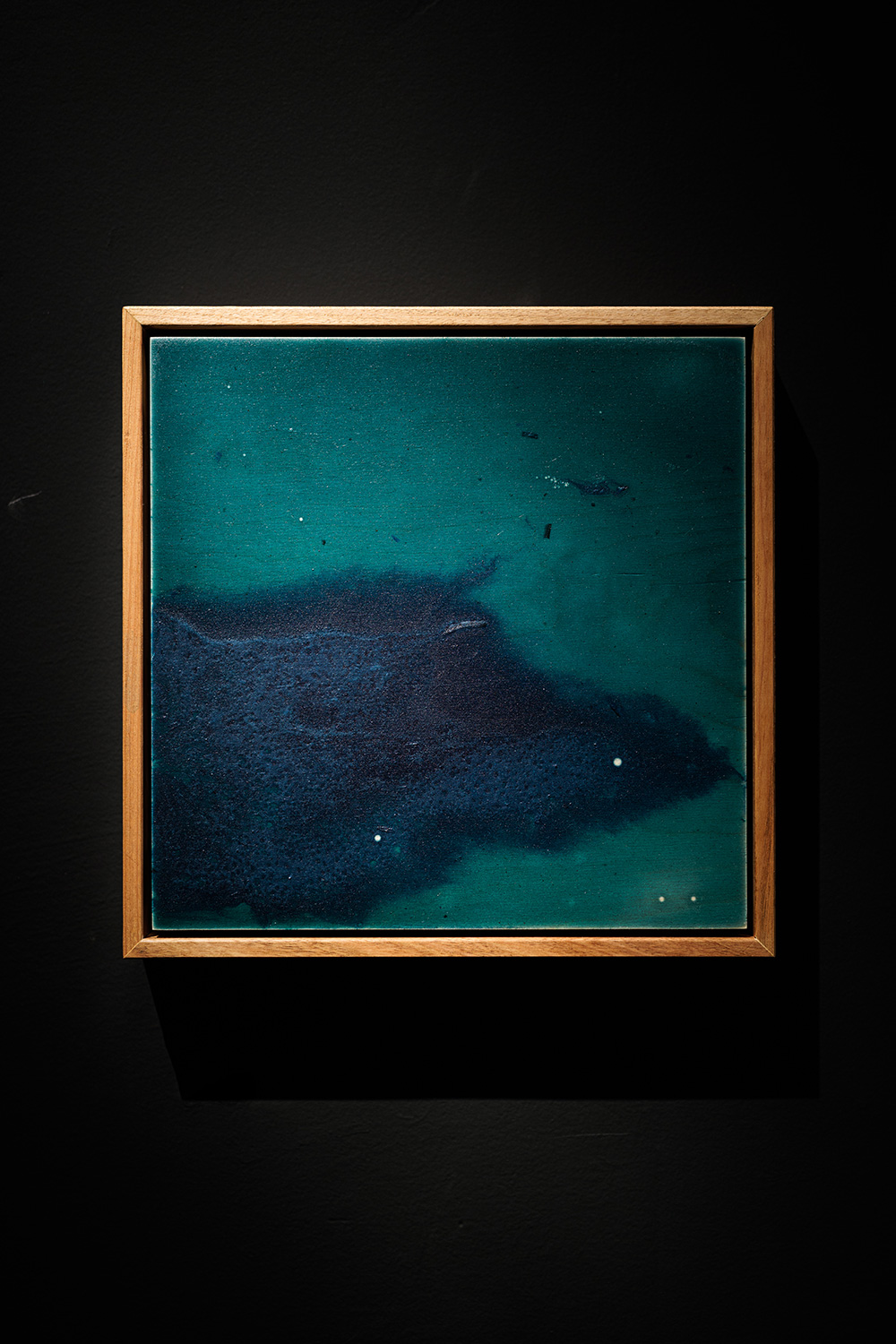
Installation view, ‘Antieternity’, 2023, presented by Michael Bugelli Gallery in association with MONA FOMA. Photos by Jesse Hunniford.

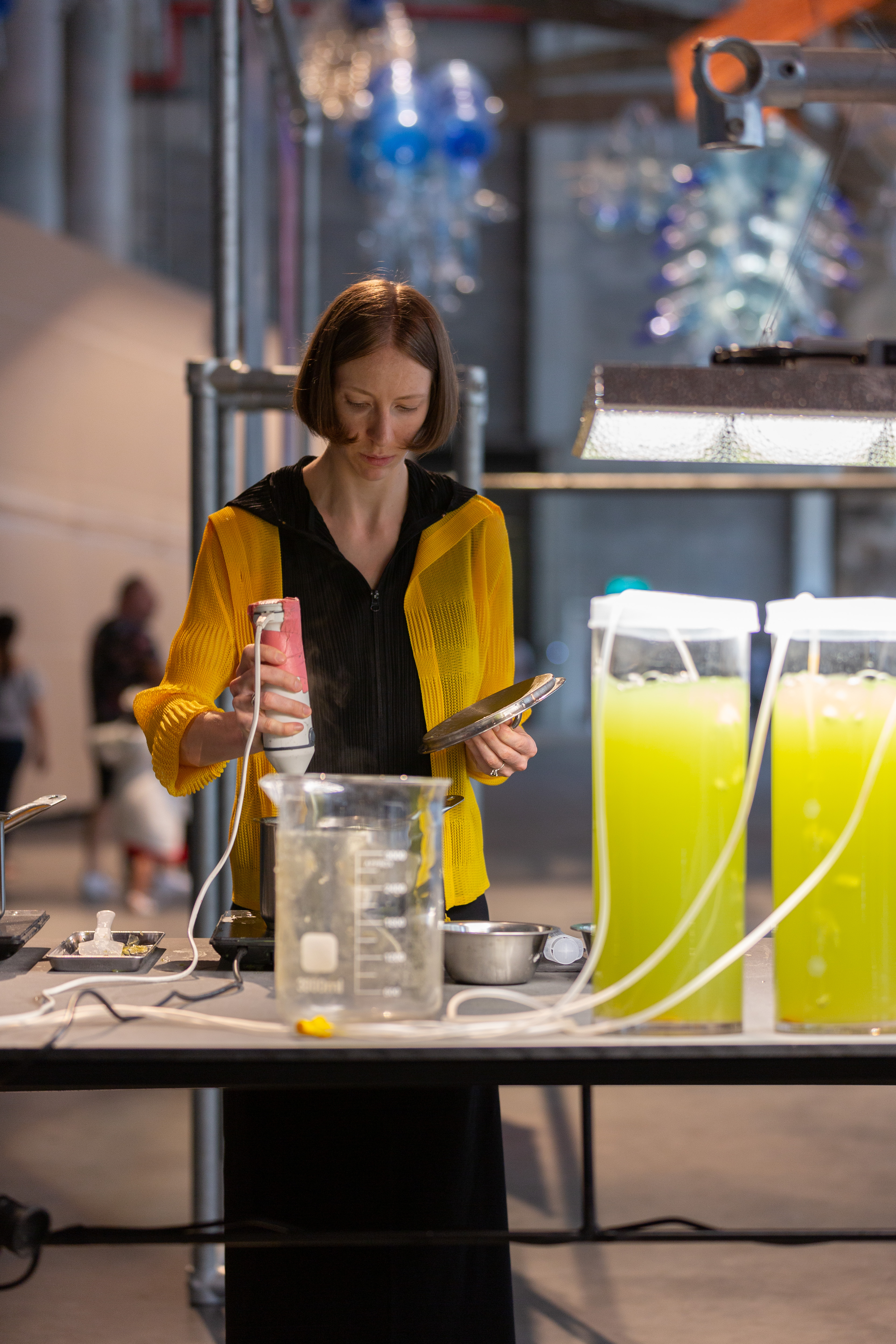
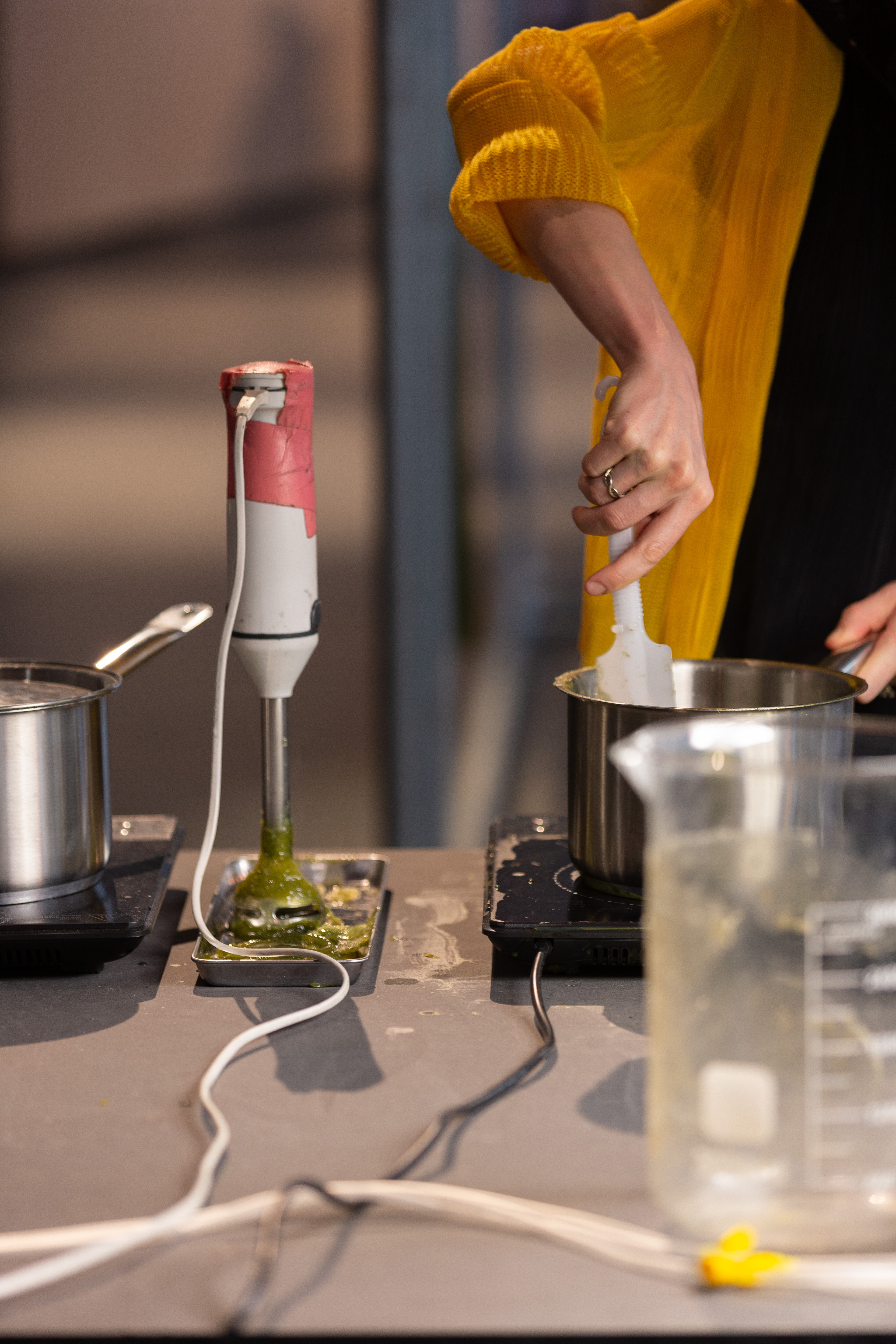
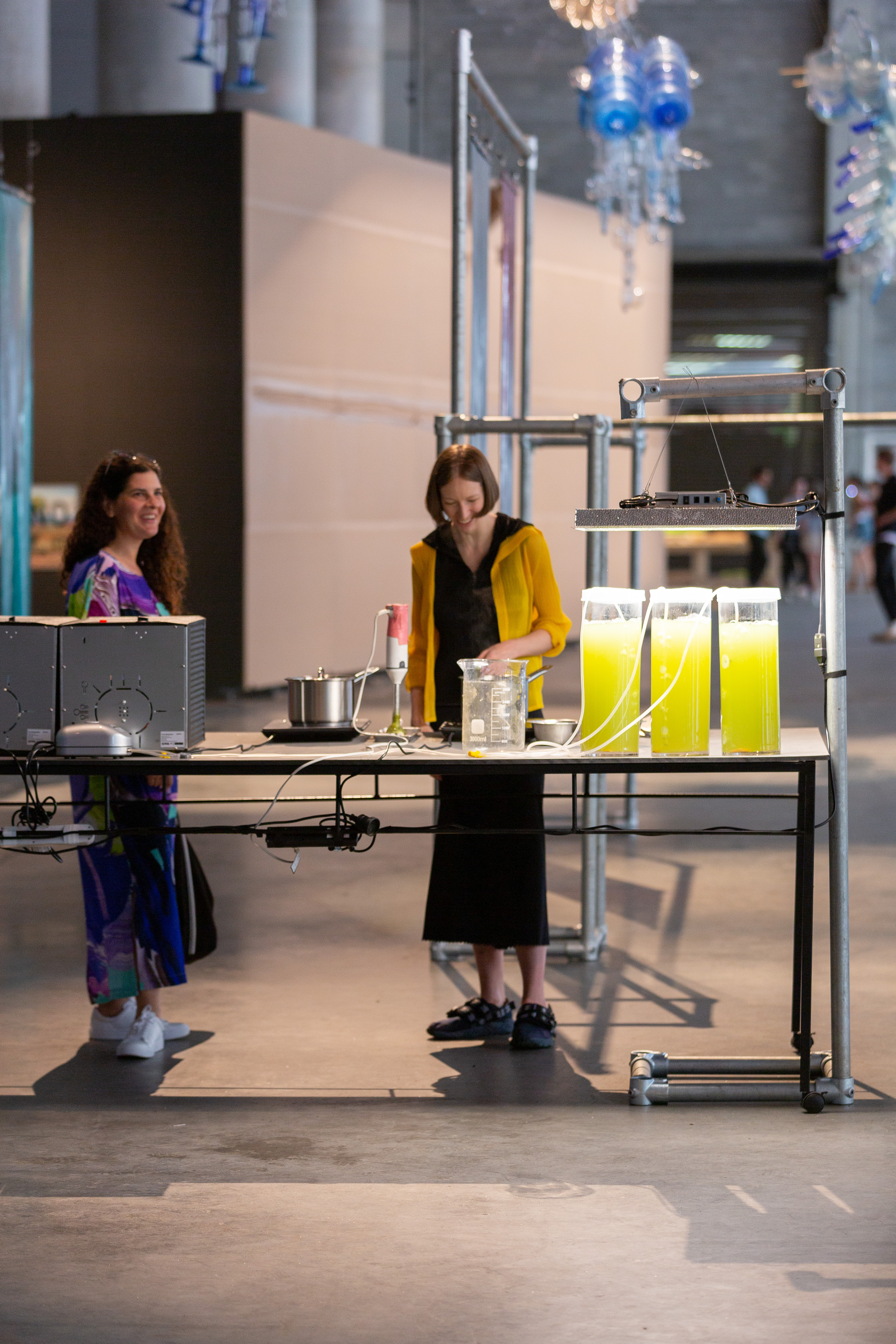
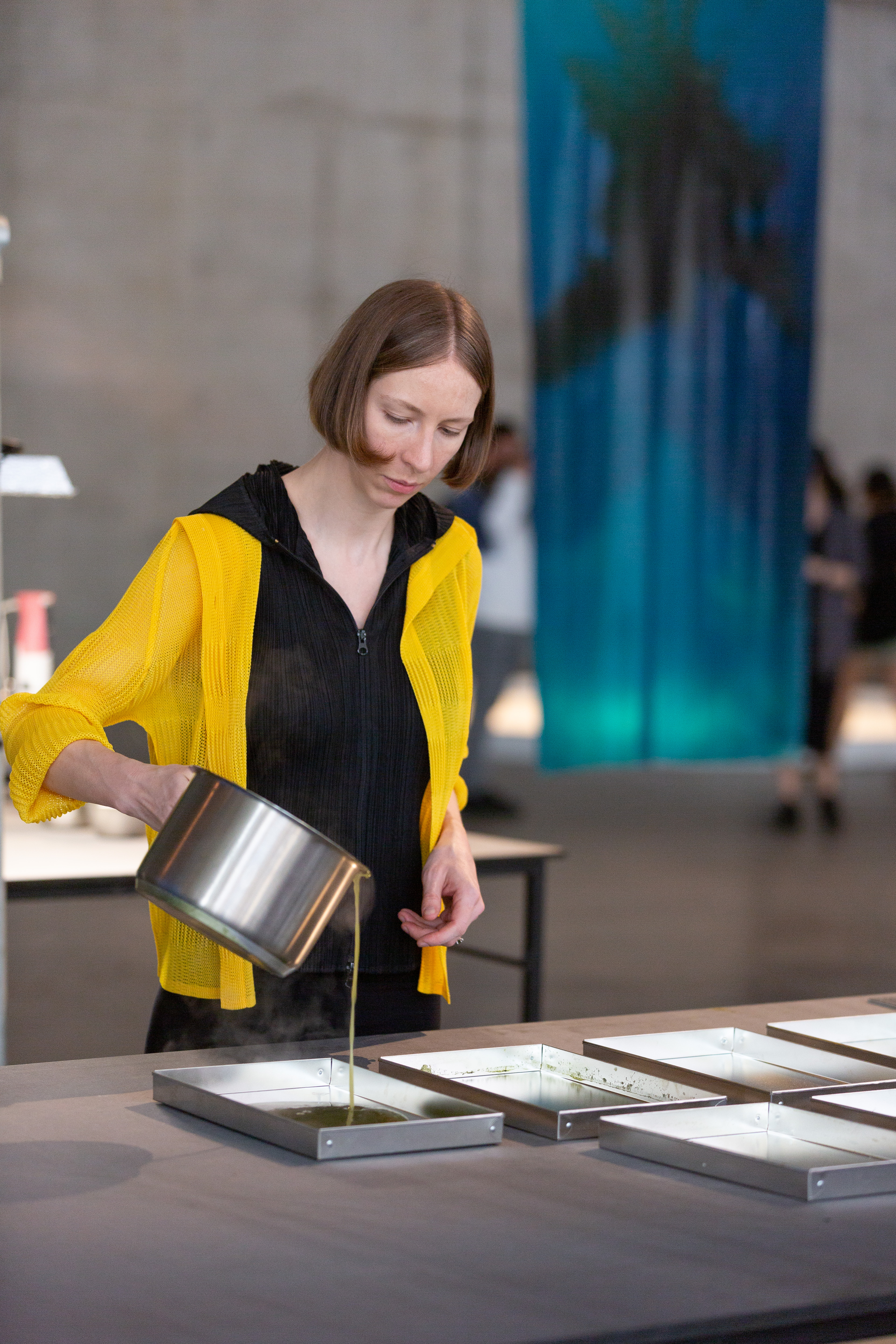
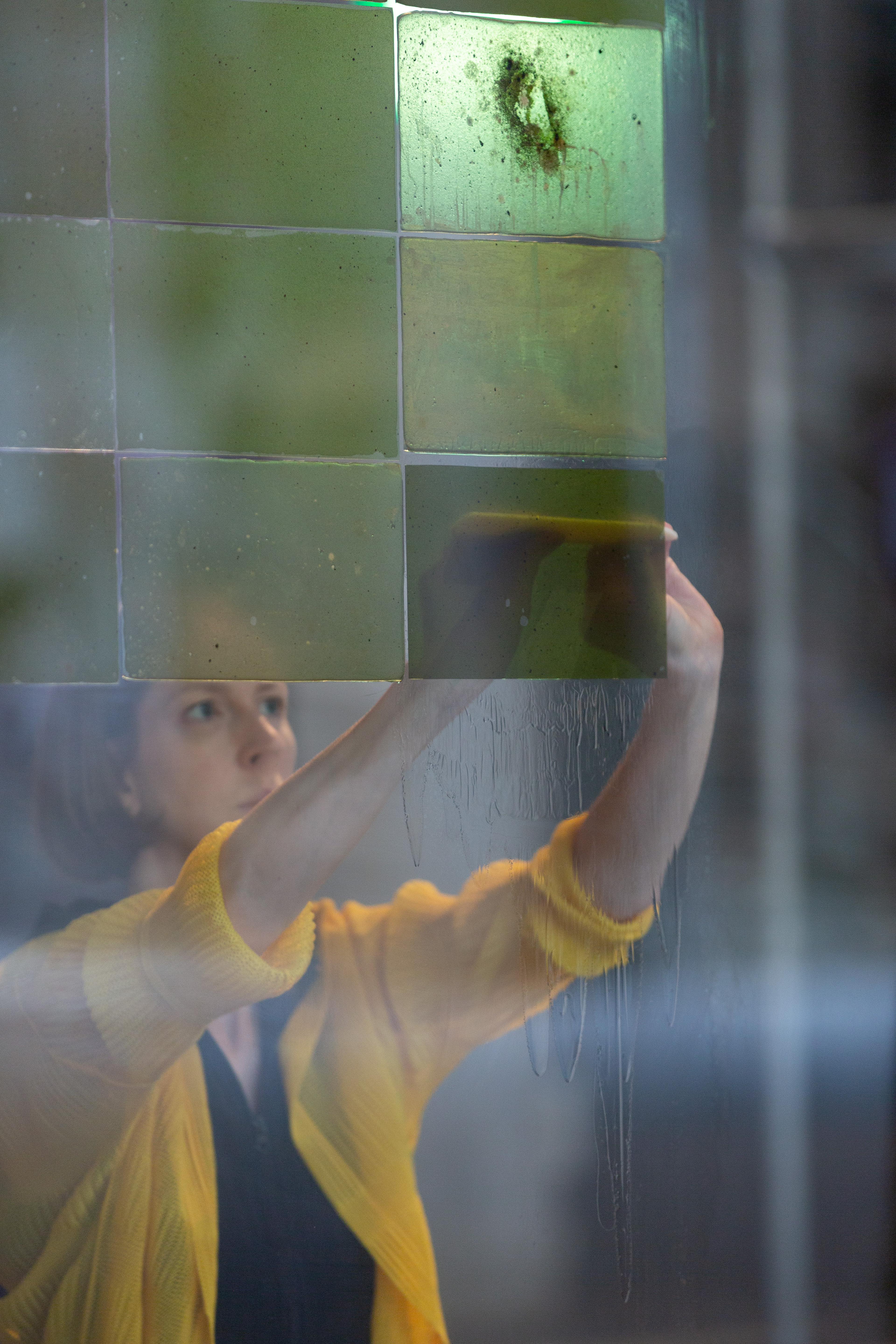
Response-ability is not a calculation to be performed – GH16, 23rd Biennale of Sydney - rīvus, The Cutaway, Barangaroo, 12 March – 13 June 2022. Photos by Jessica Maurer.
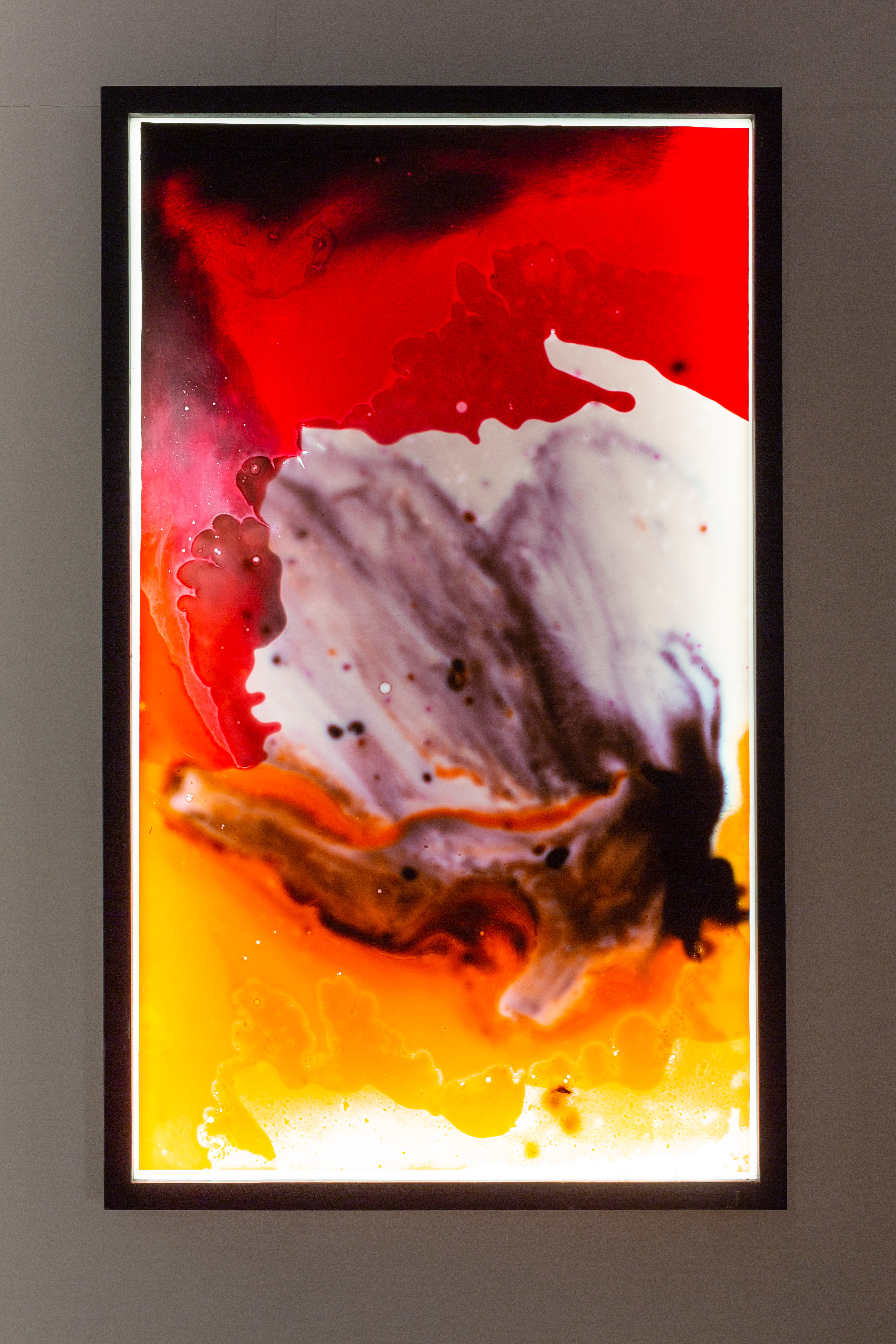
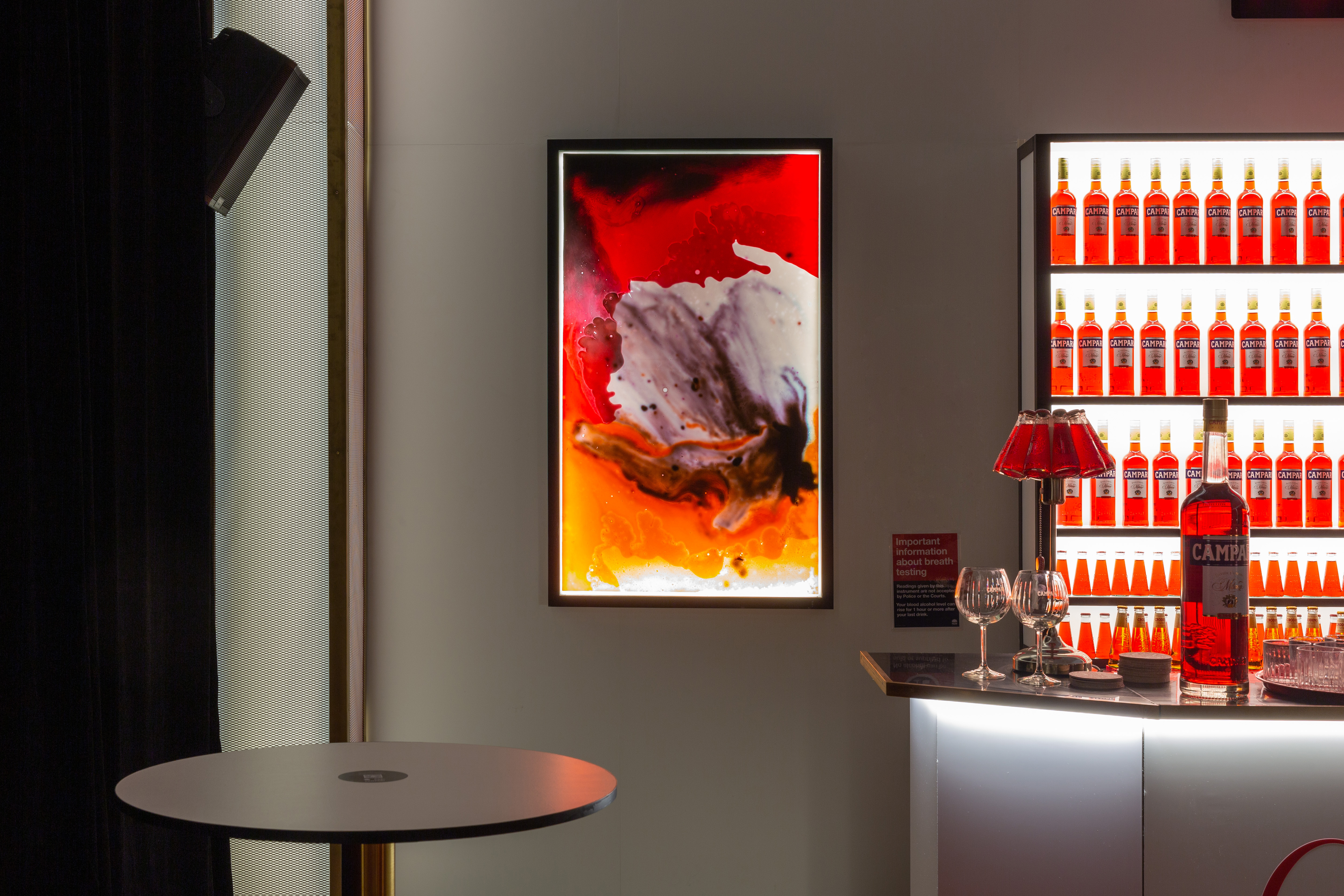
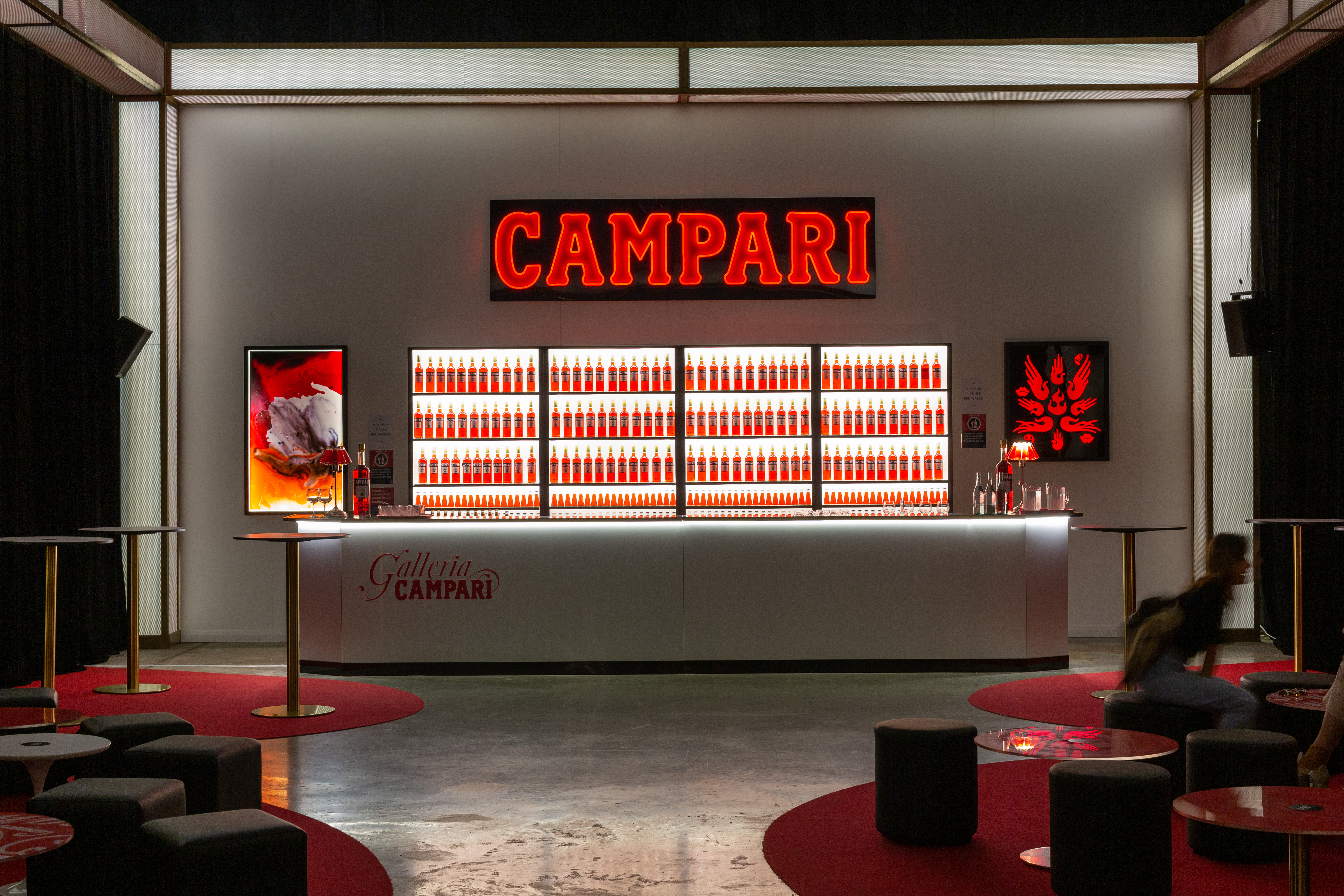
Custom comission - Campari Galleria at 23rd Biennale of Sydney - rīvus, The Cutaway, Barangaroo, 12 March – 13 June 2022. Photos by Jessica Maurer.
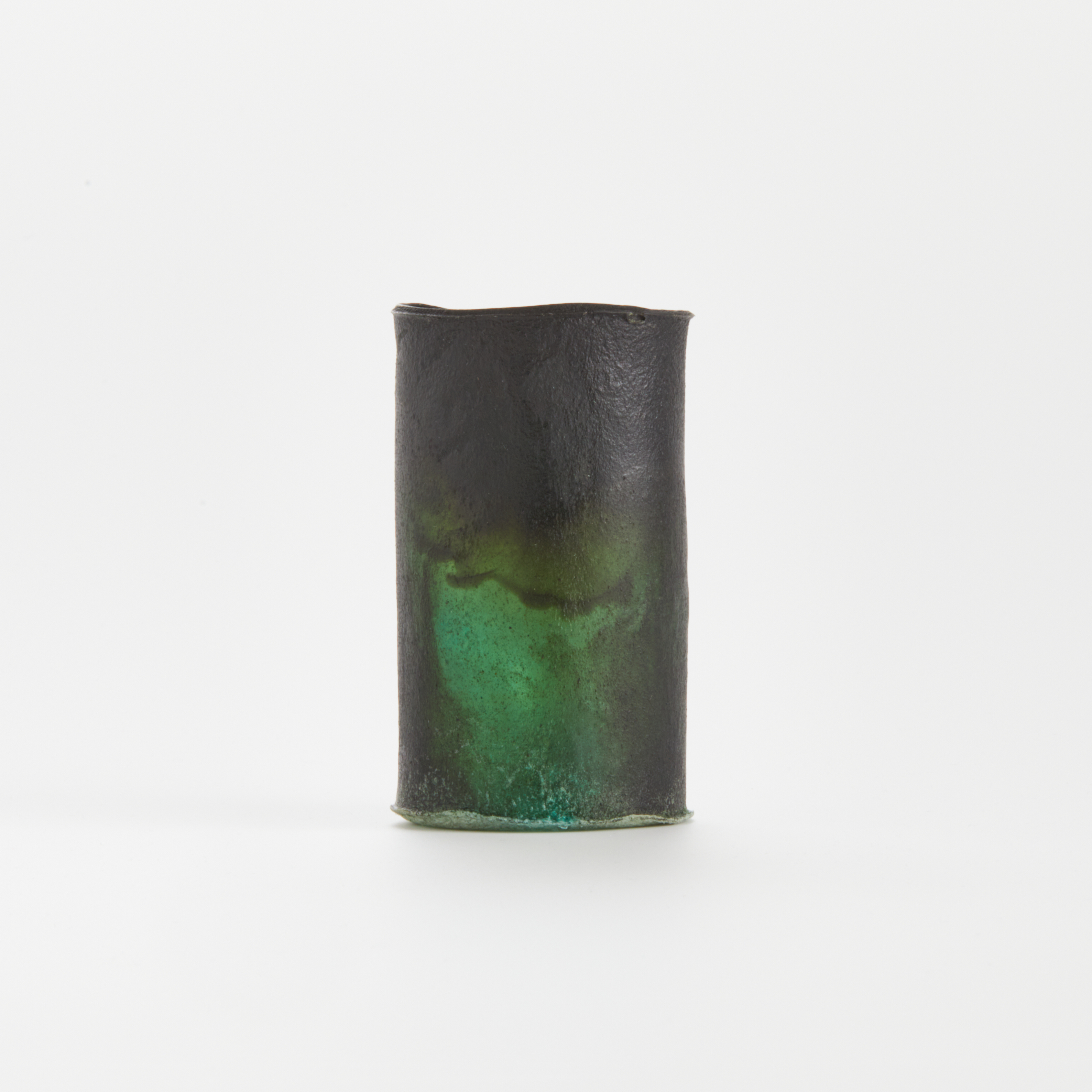
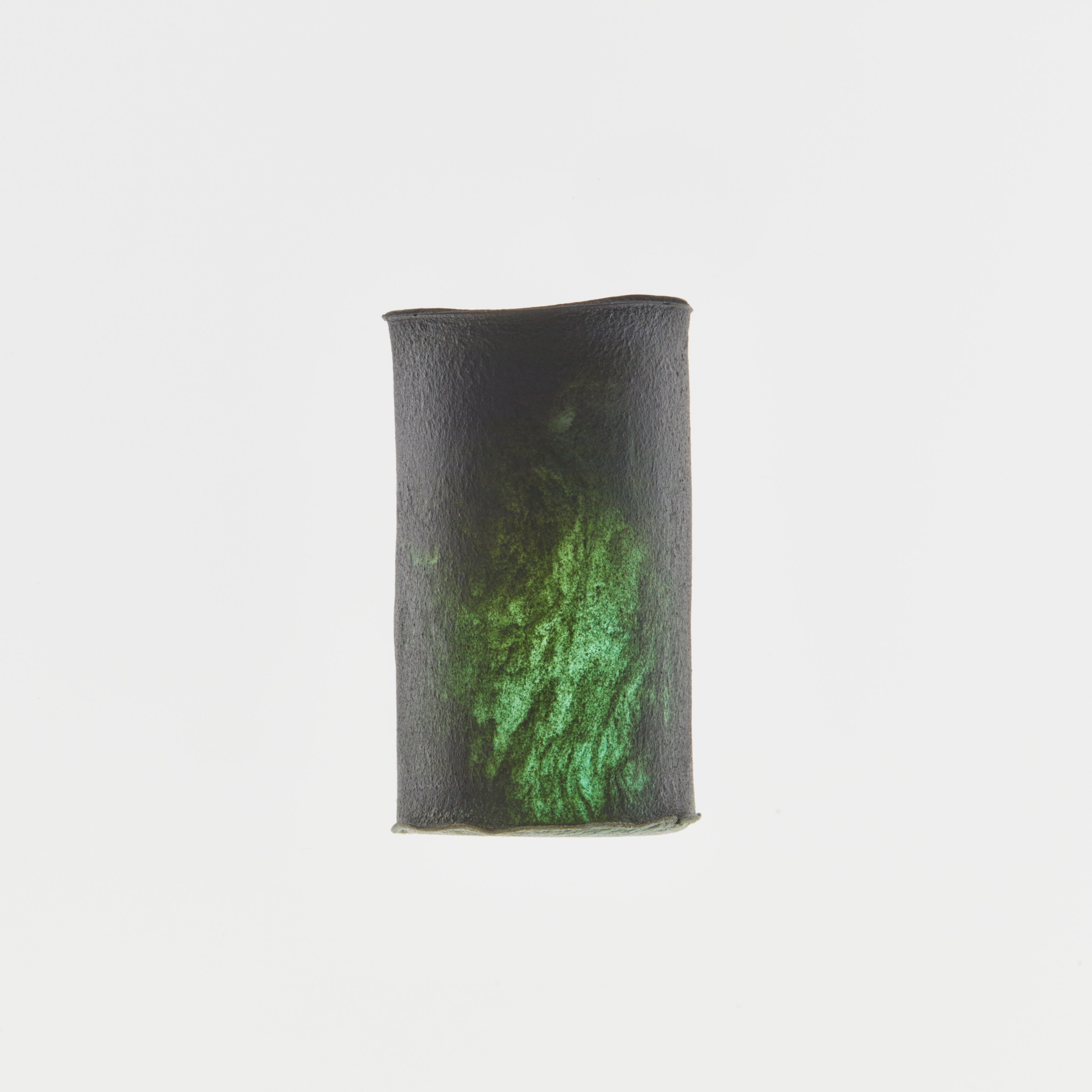
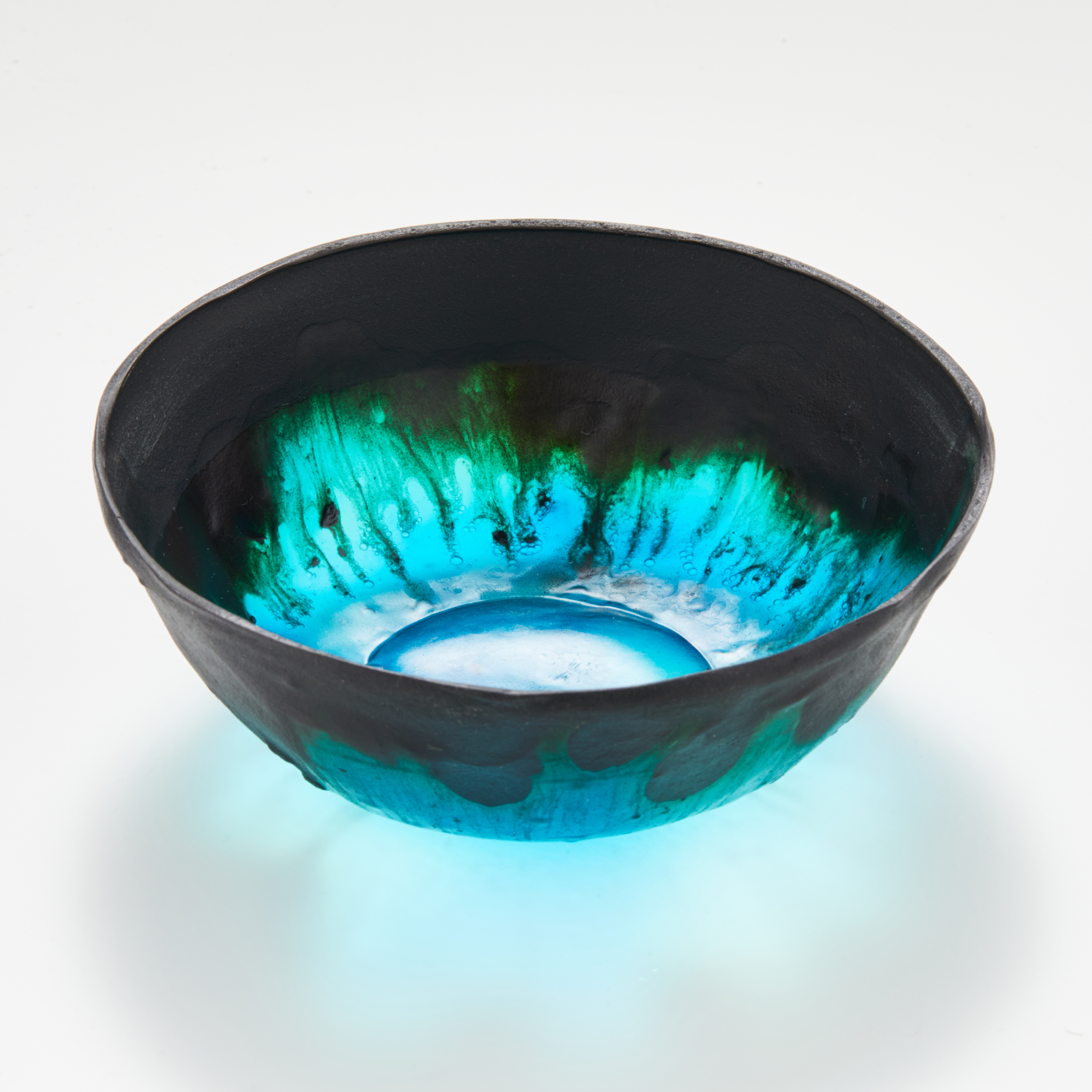

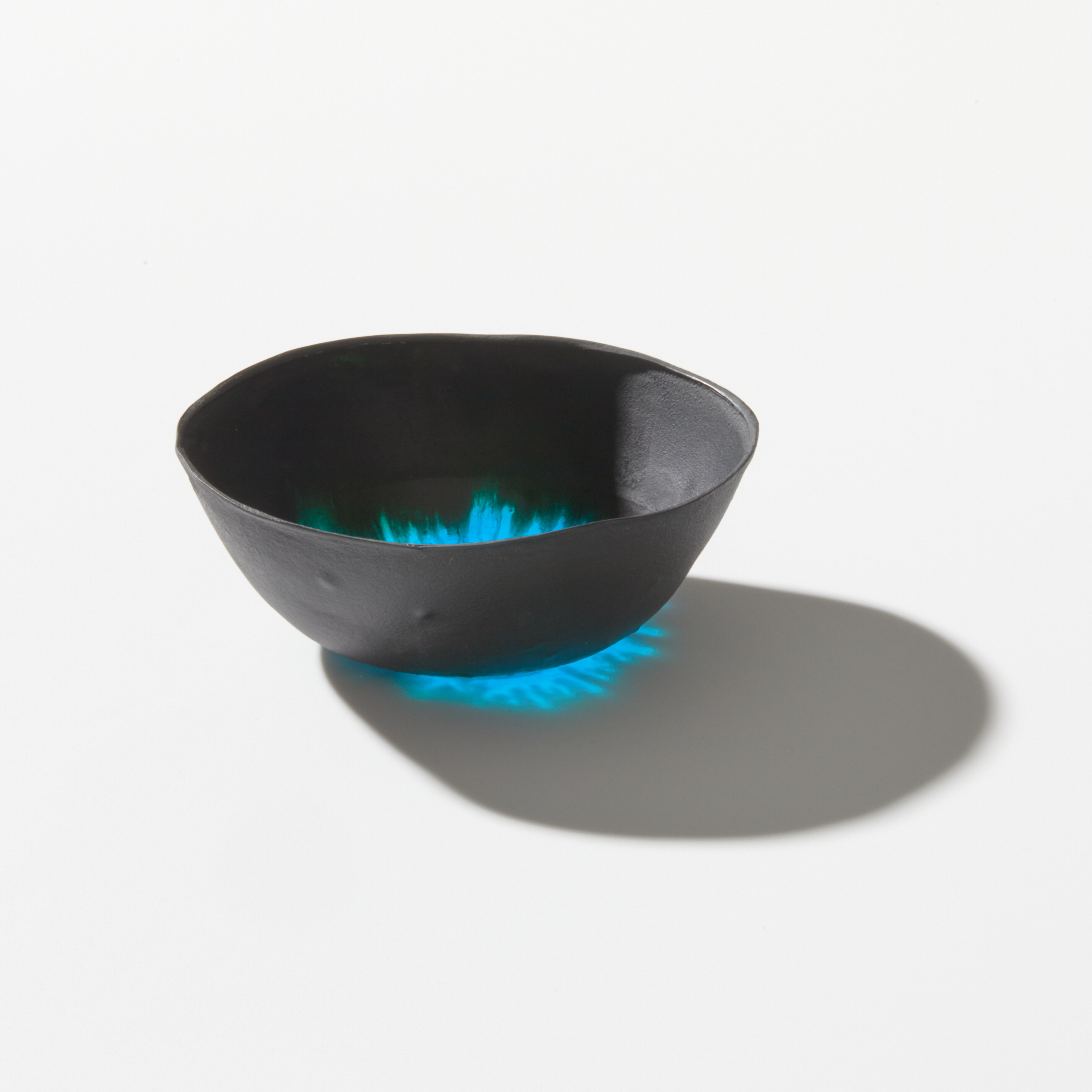
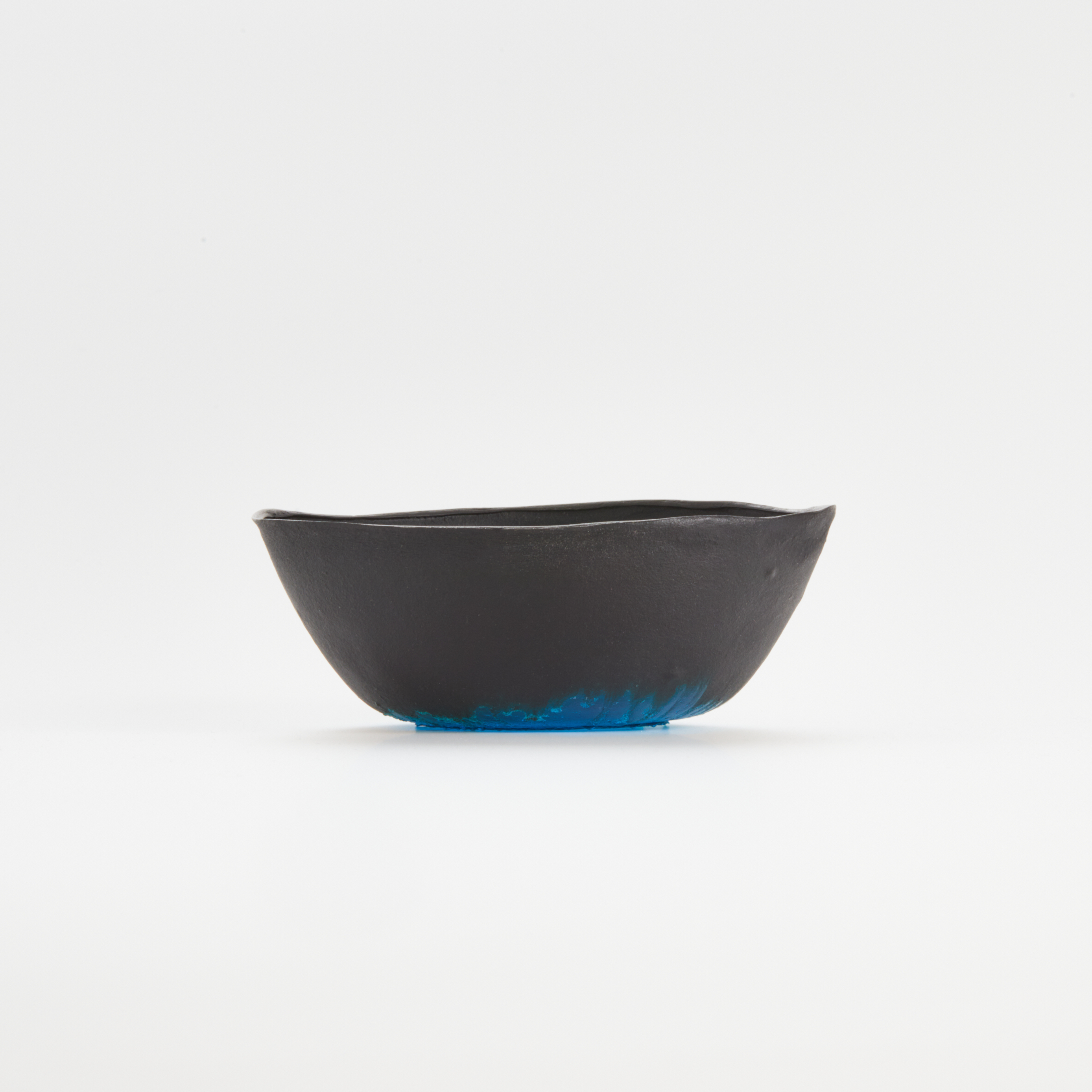
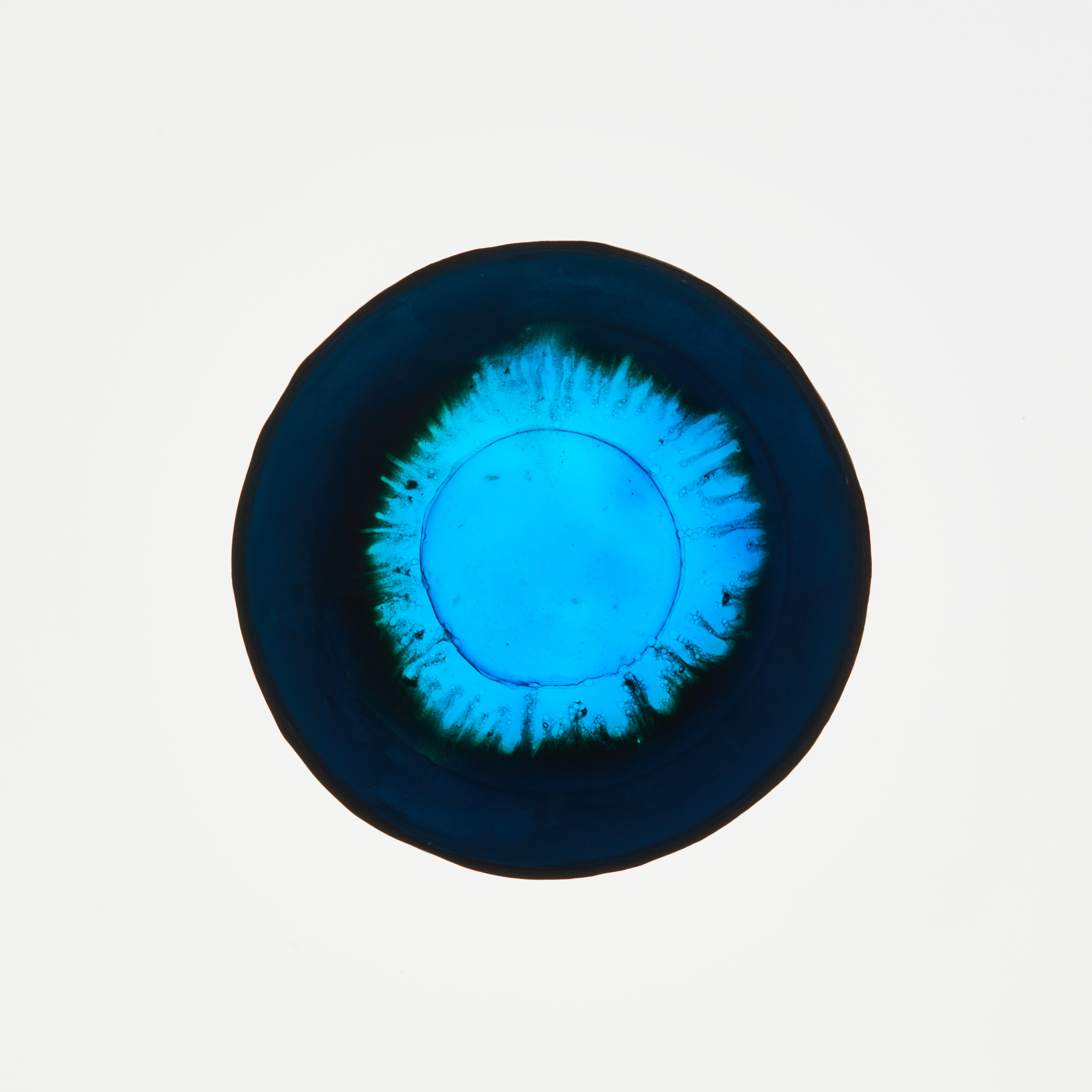
Algae Bioplastic Tableware [series], 2020-2021, winner of the Jardan Prize, Victorian Craft Awards 2022. Photos by Pier Carthew.
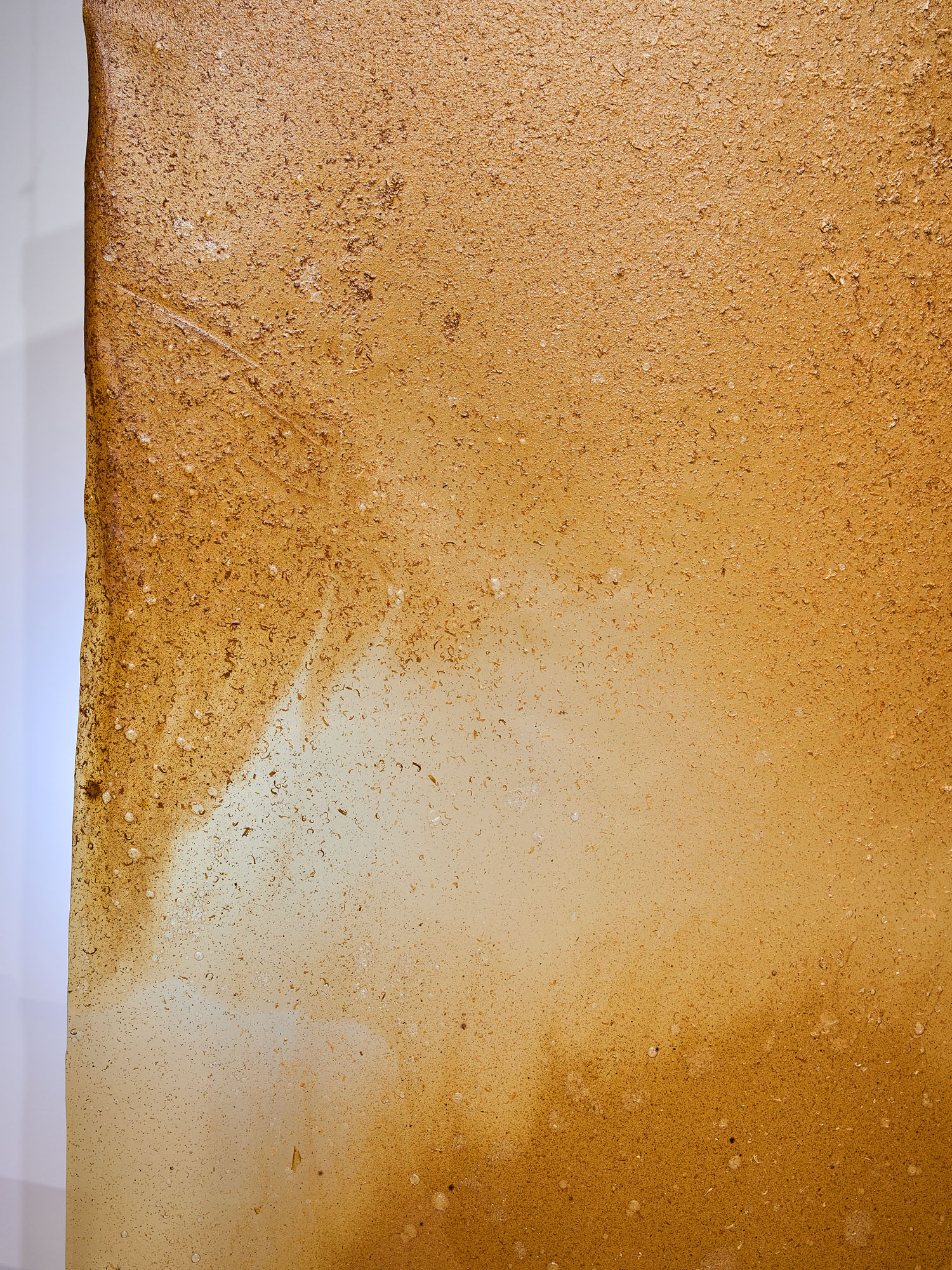
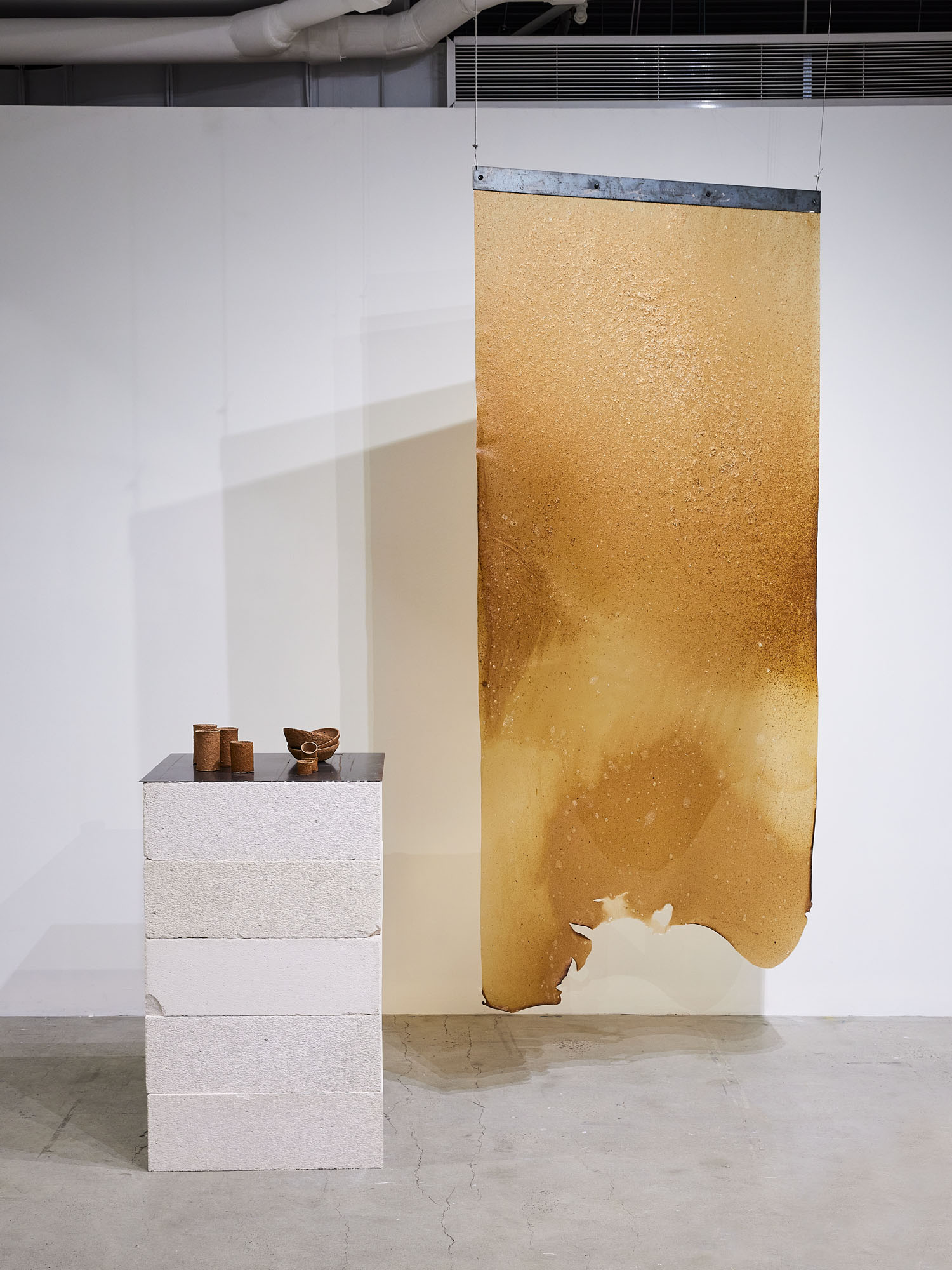
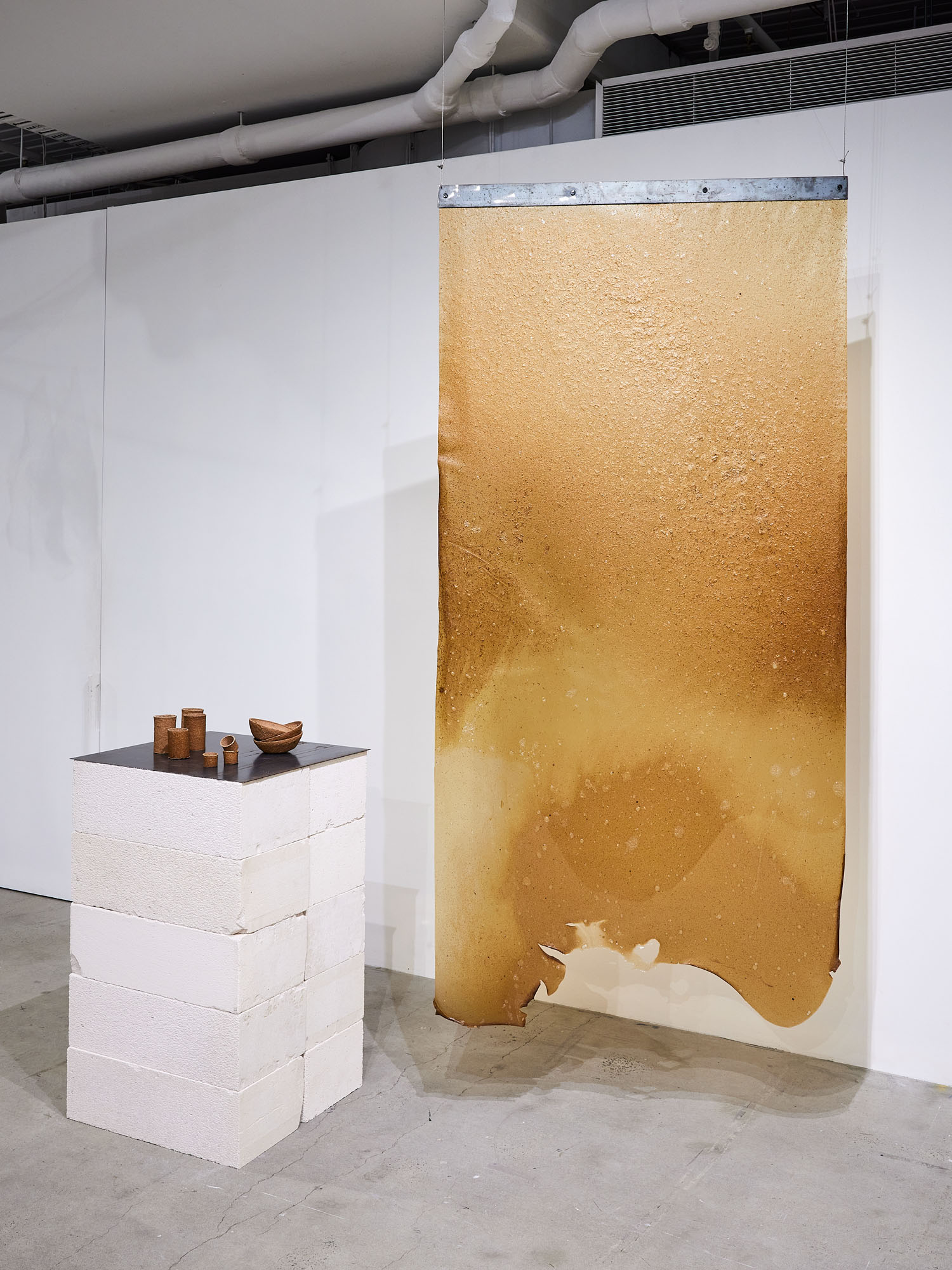
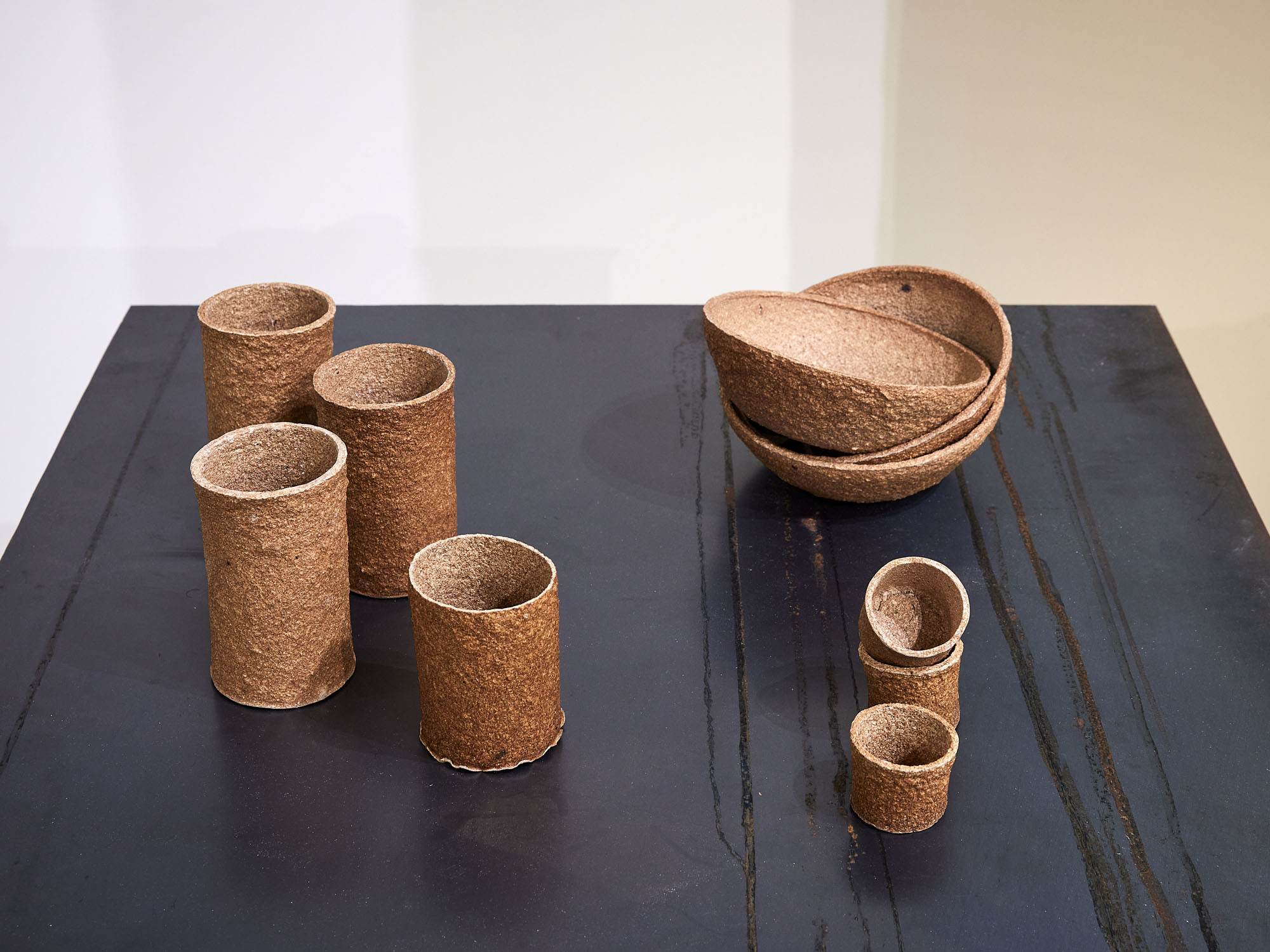
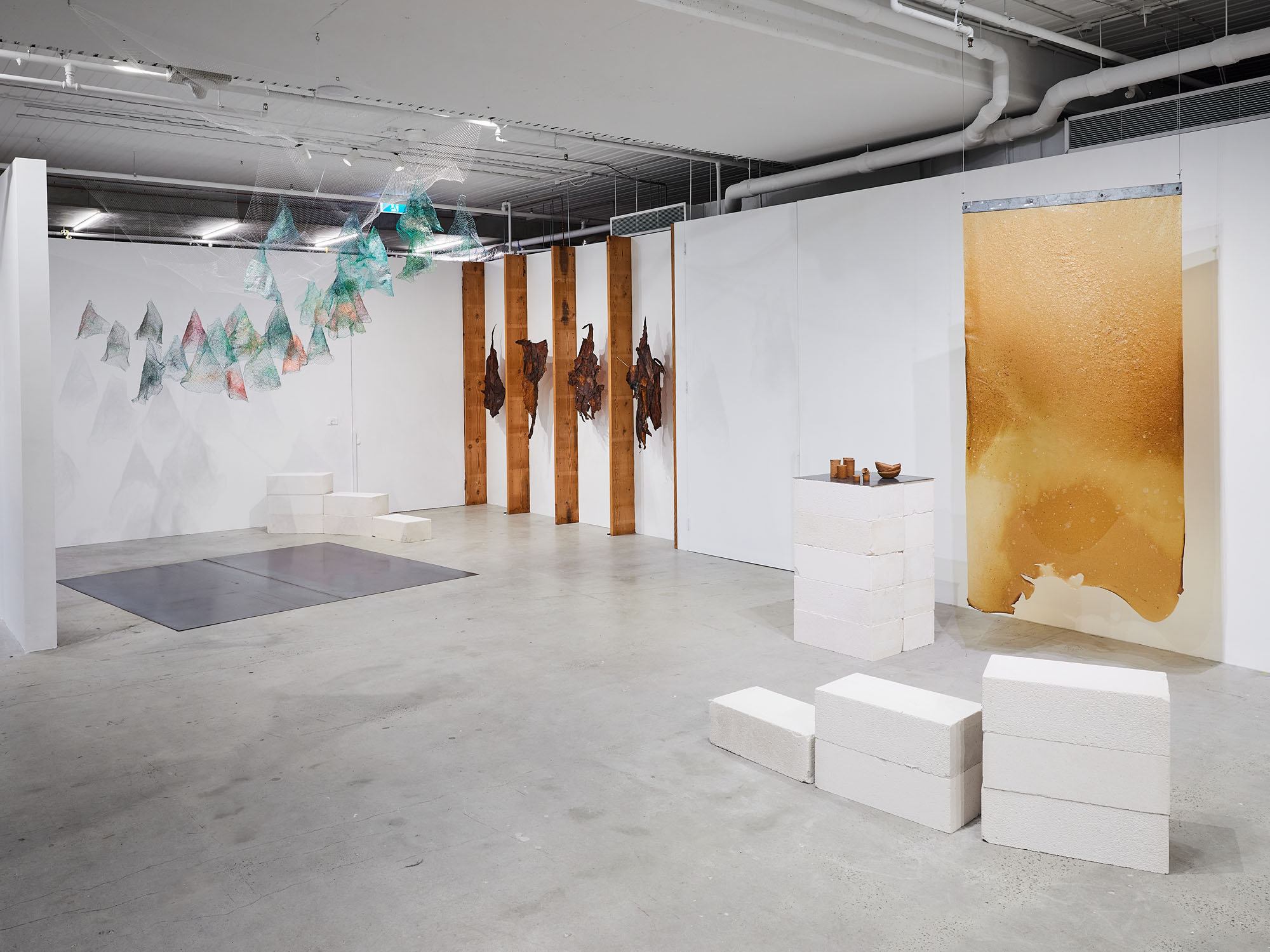
Alternative Provisions, Craft Victoria, February 10 – March 26 2022. Photos by Henry Trumble.
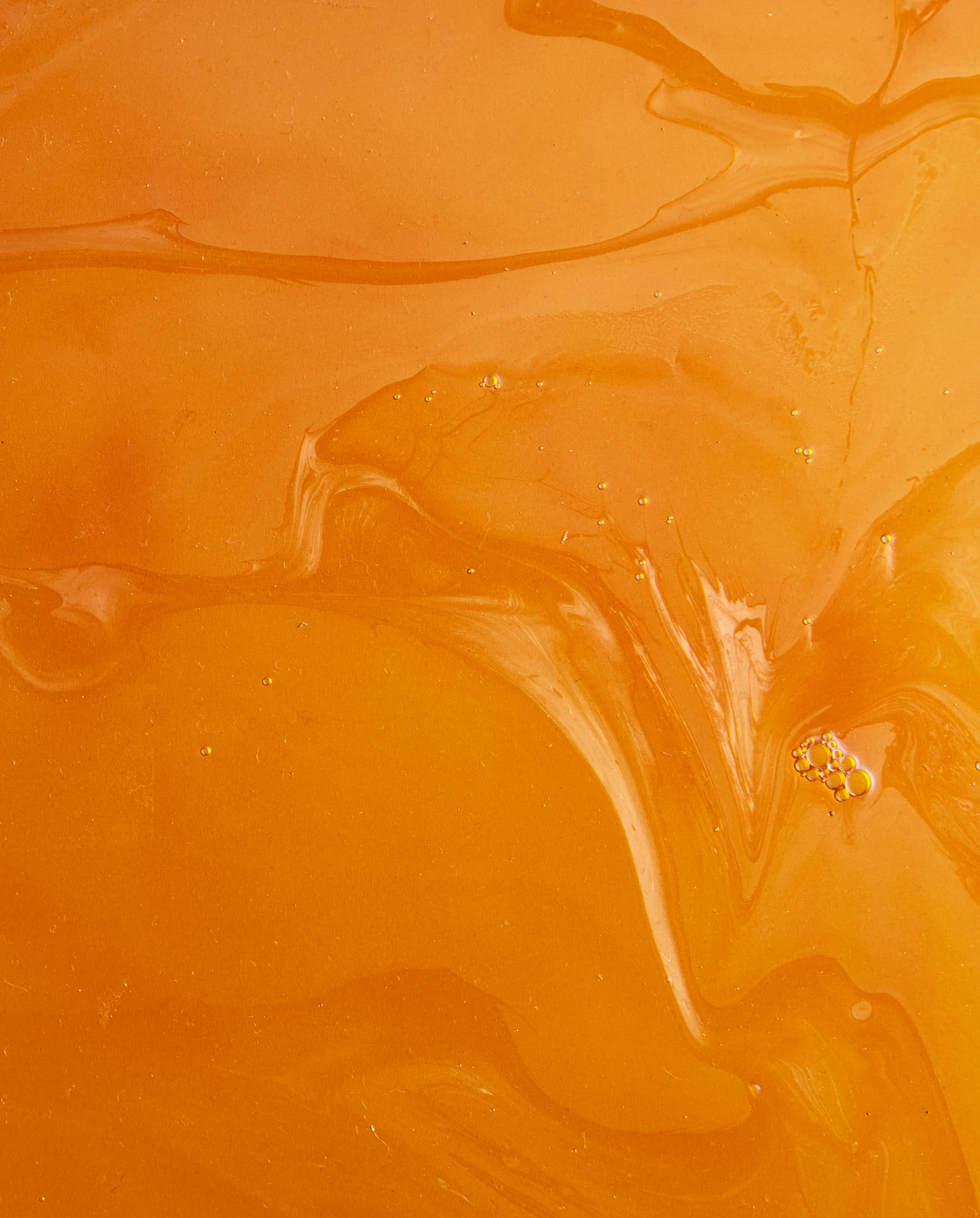
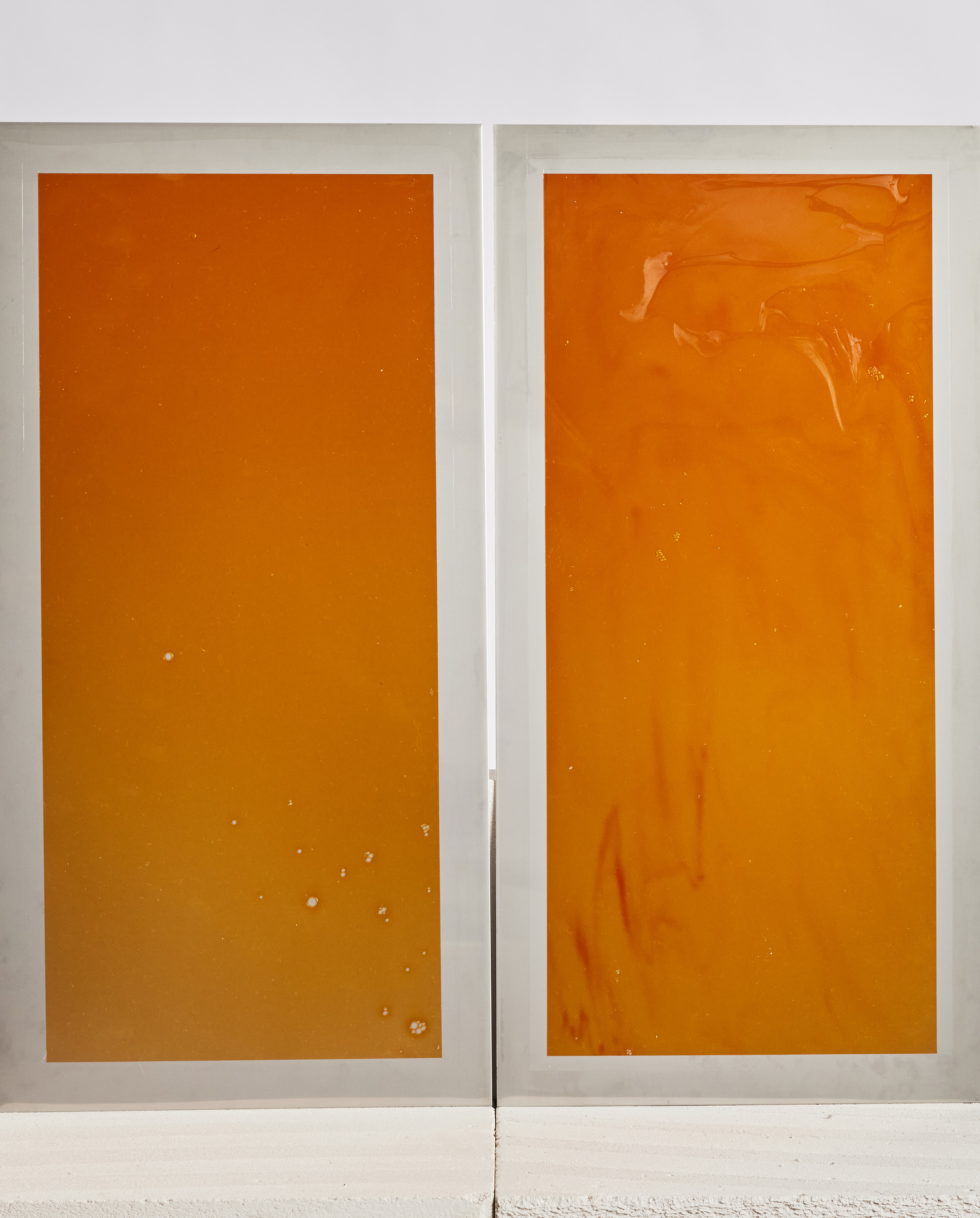
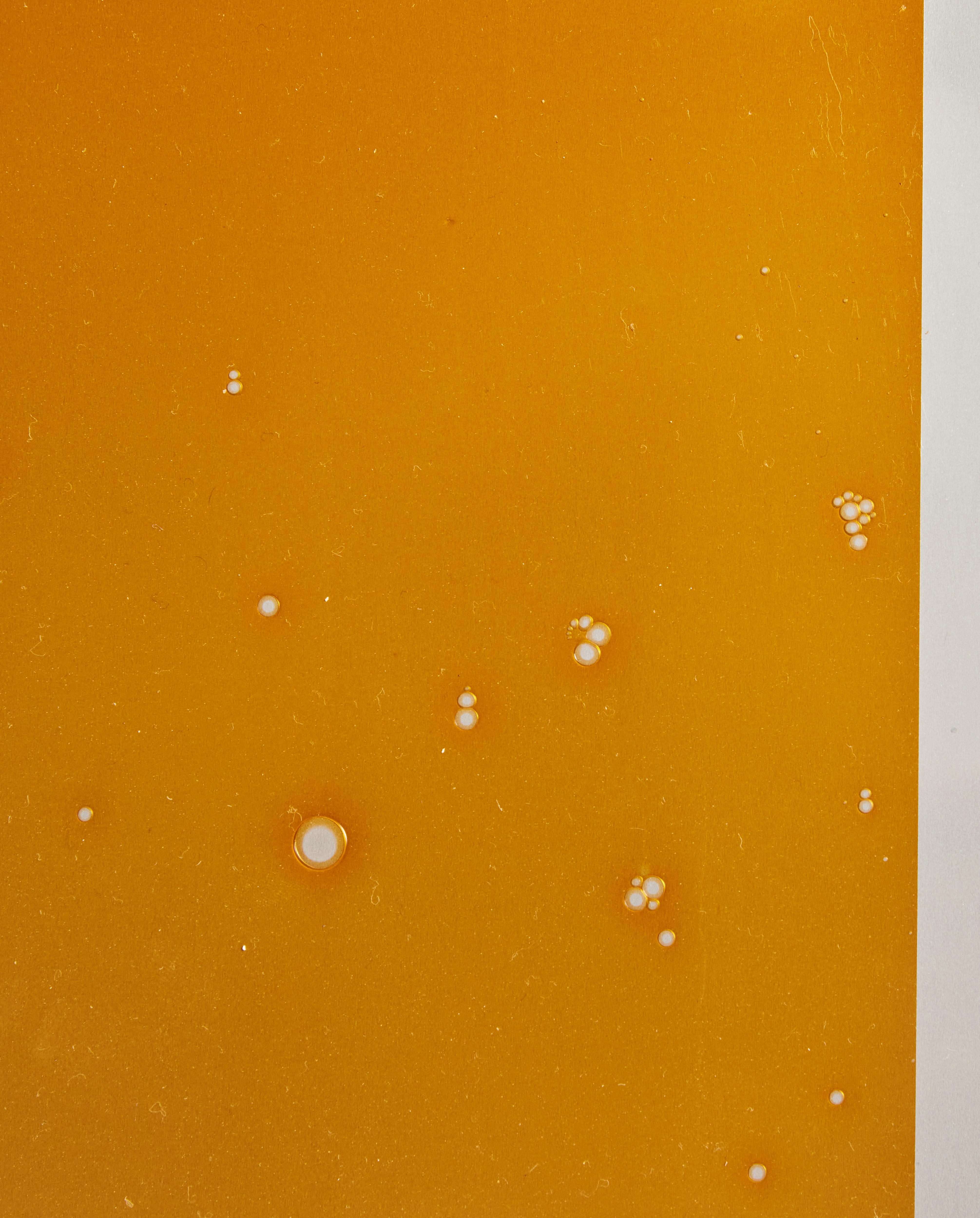

It’s Getting Hot in Here - 2022, Melbourne Design Fair, Craft Victoria, March 16 – 20 2022. Photos by Henry Trumble.
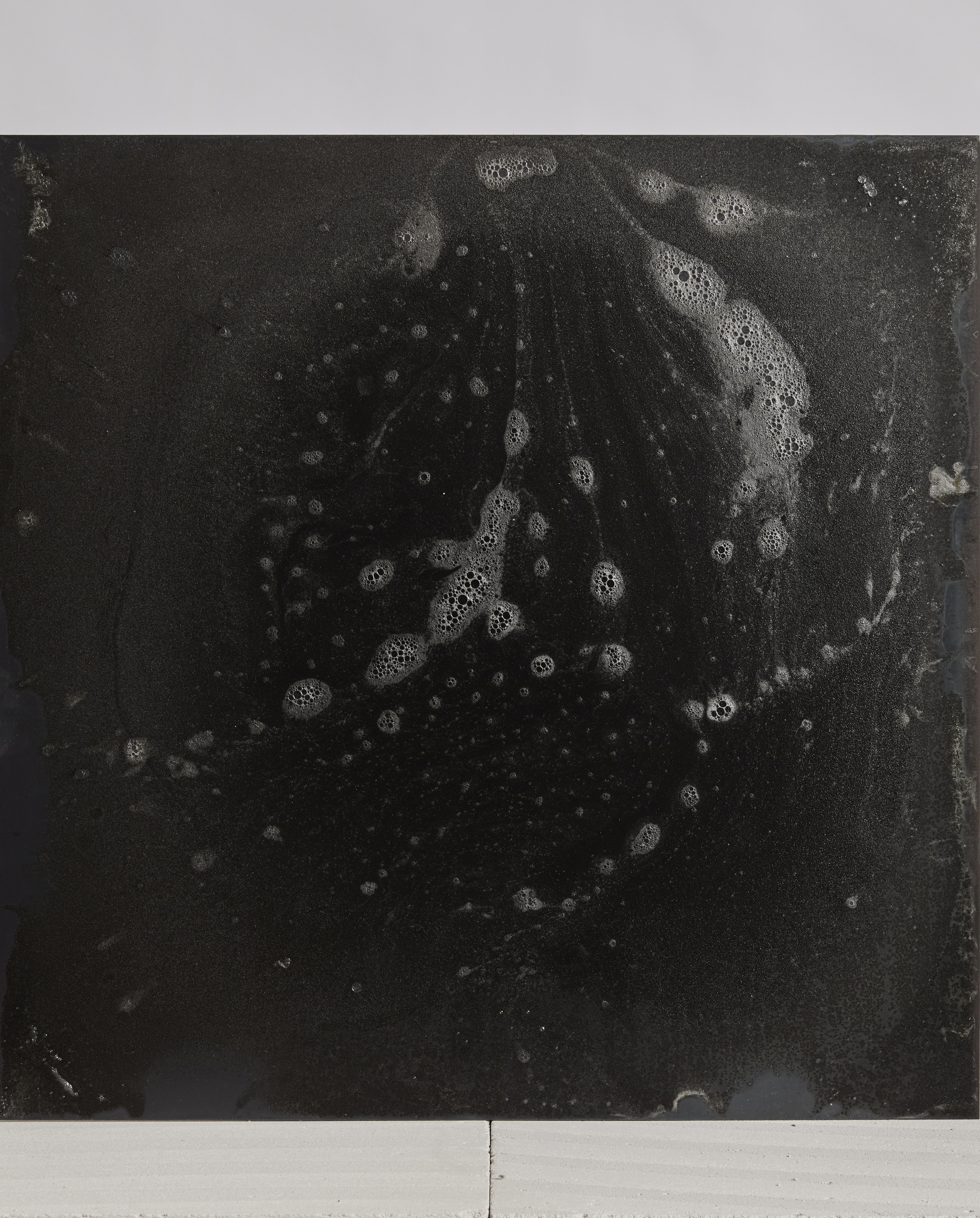
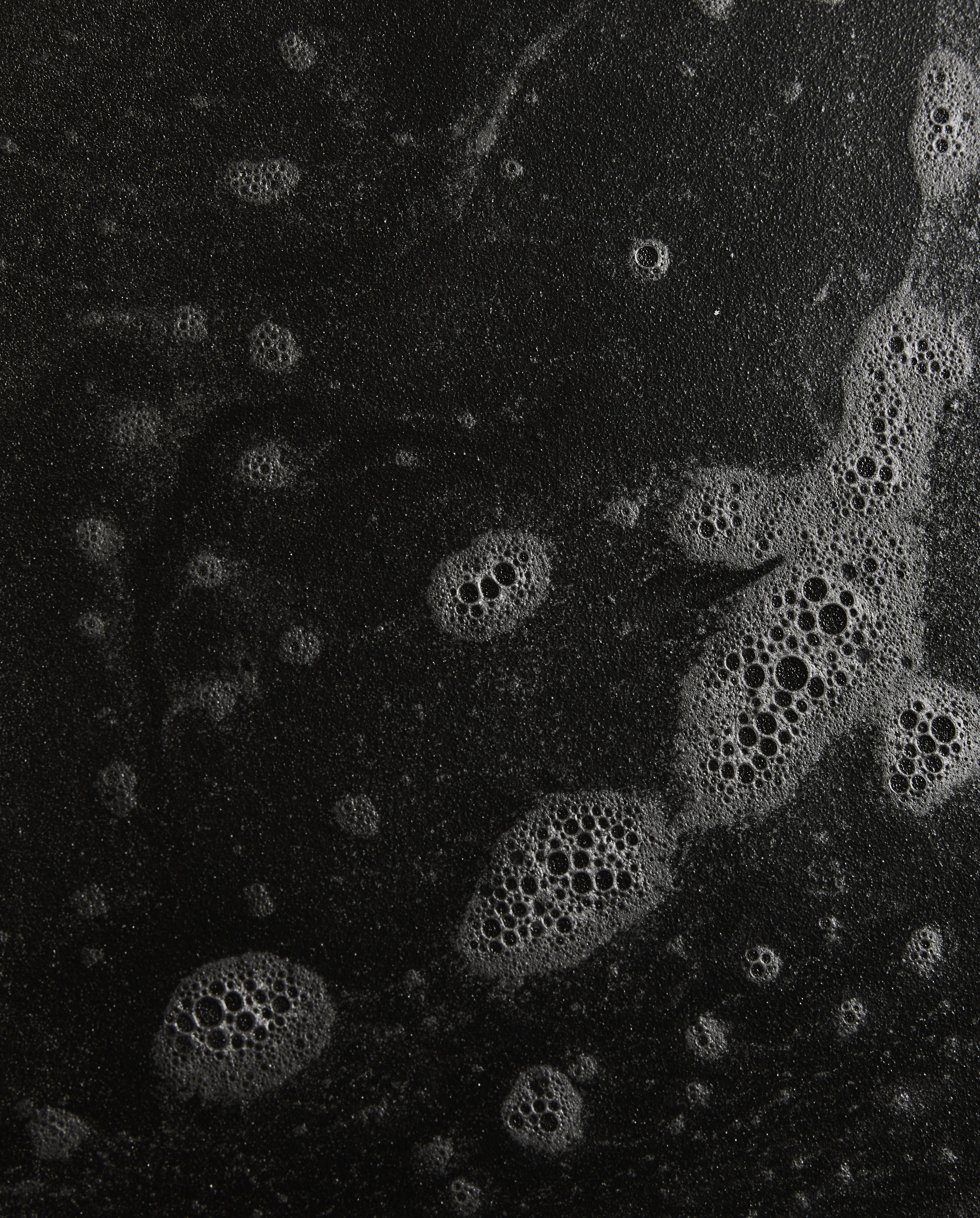
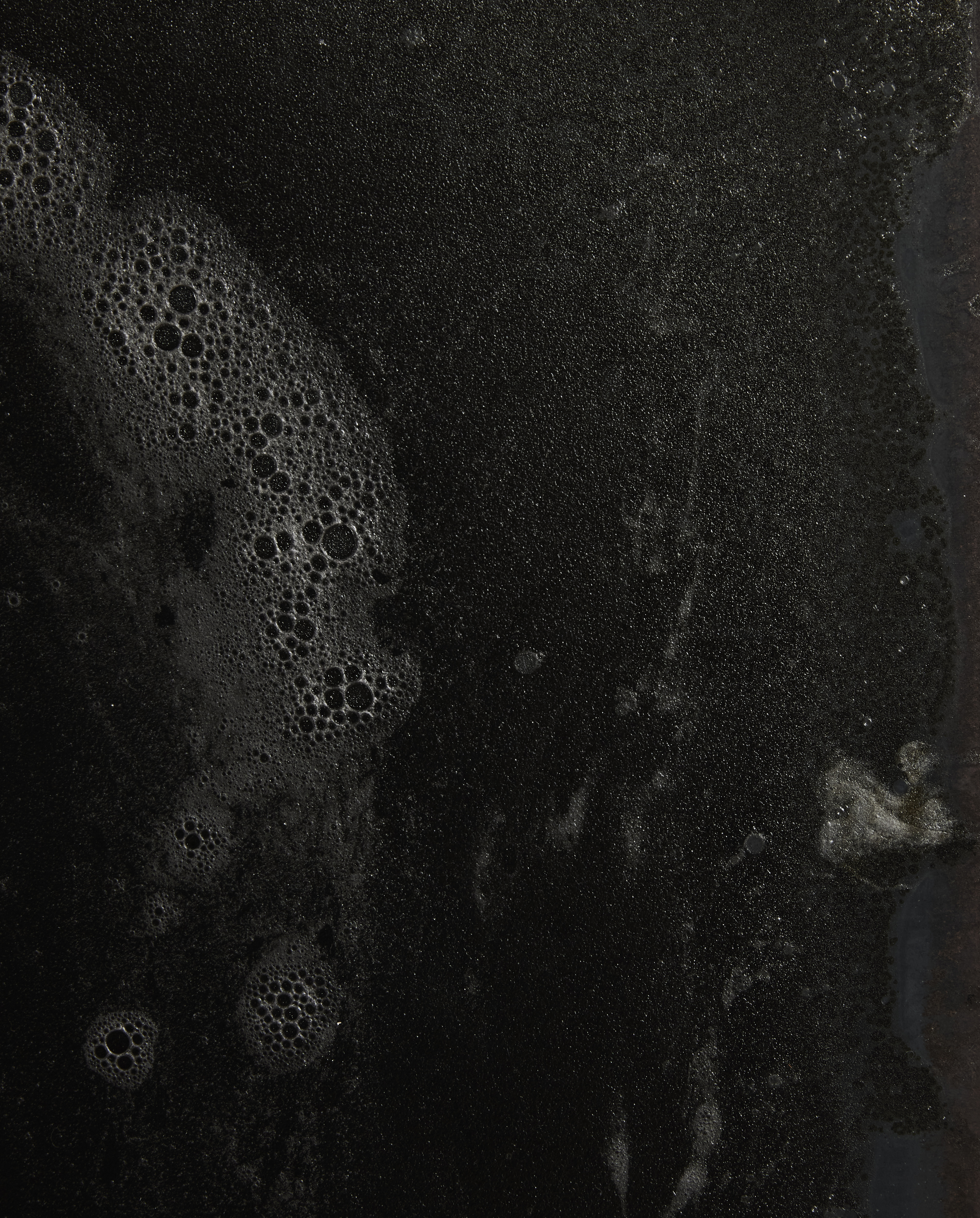
Dark Matter - 2022, Melbourne Design Fair, Craft Victoria, March 16 – 20 2022. Photos by Henry Trumble.
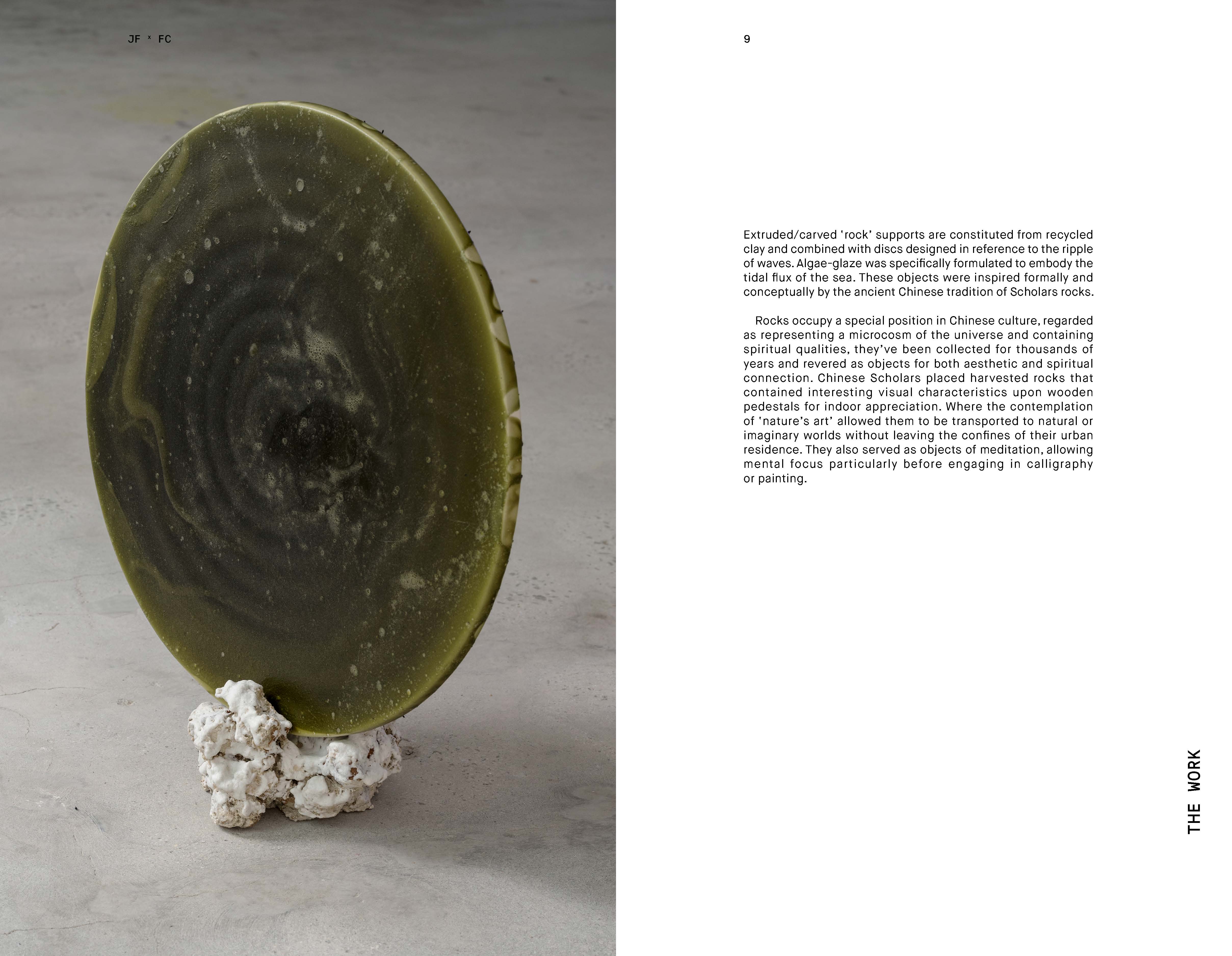
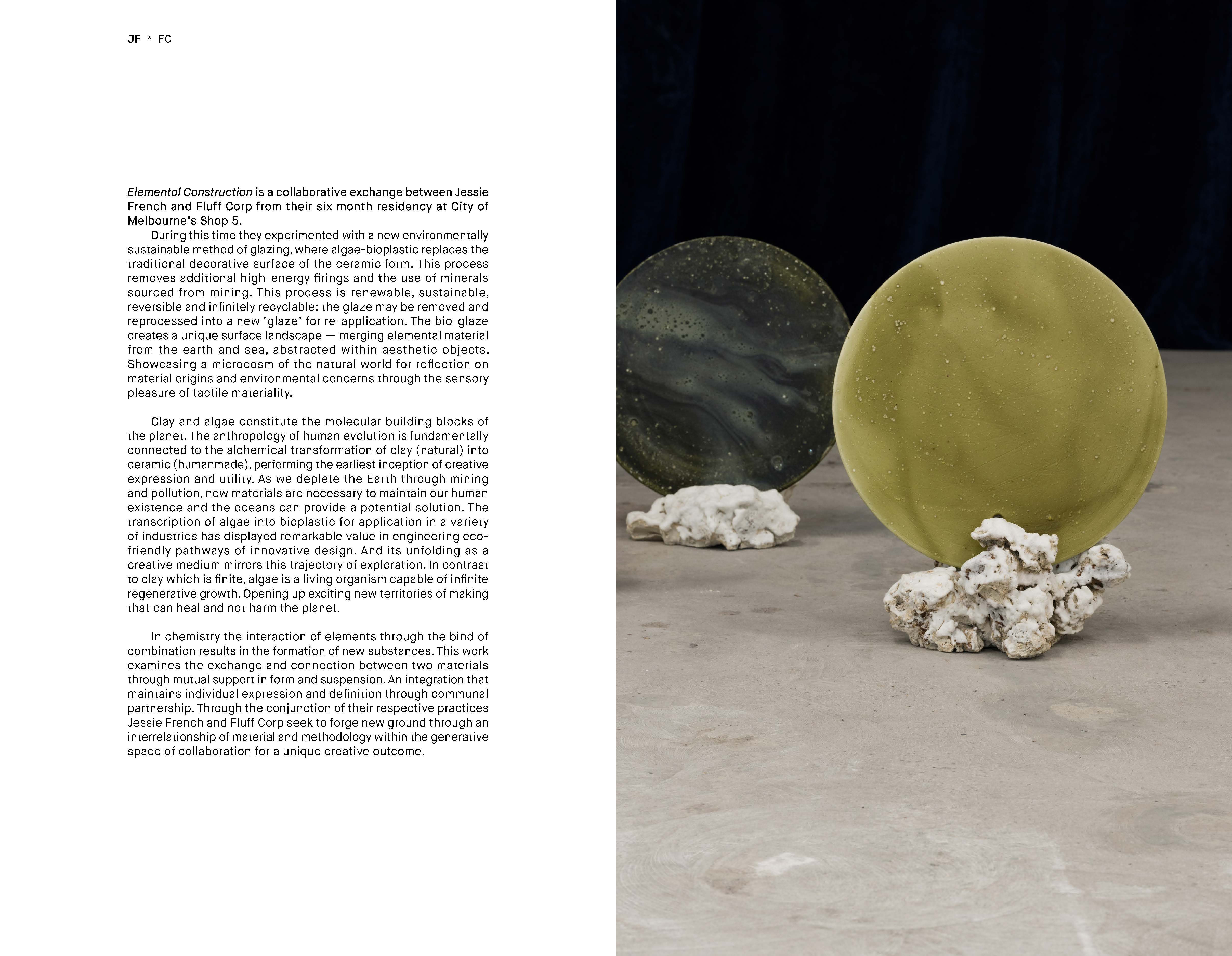
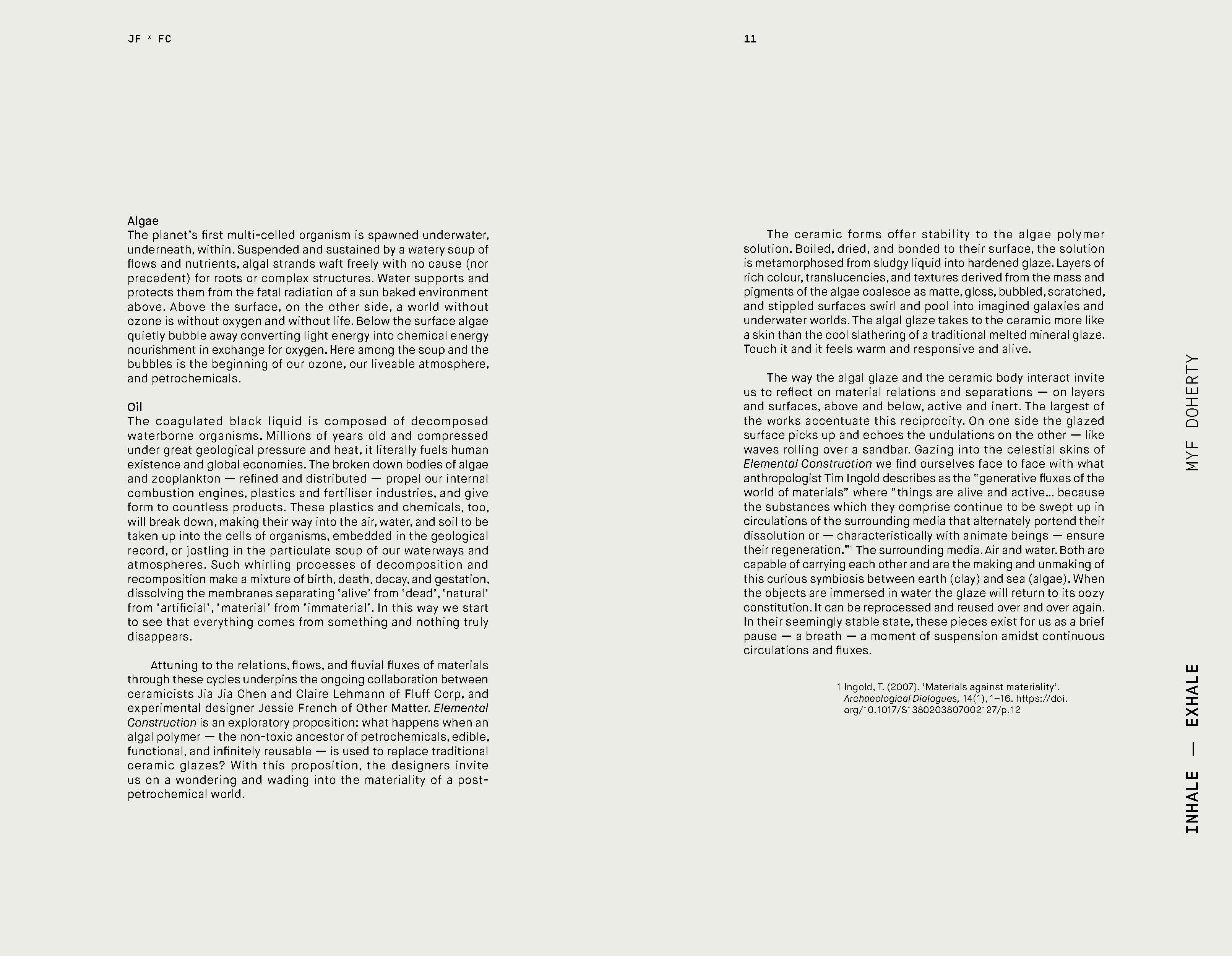
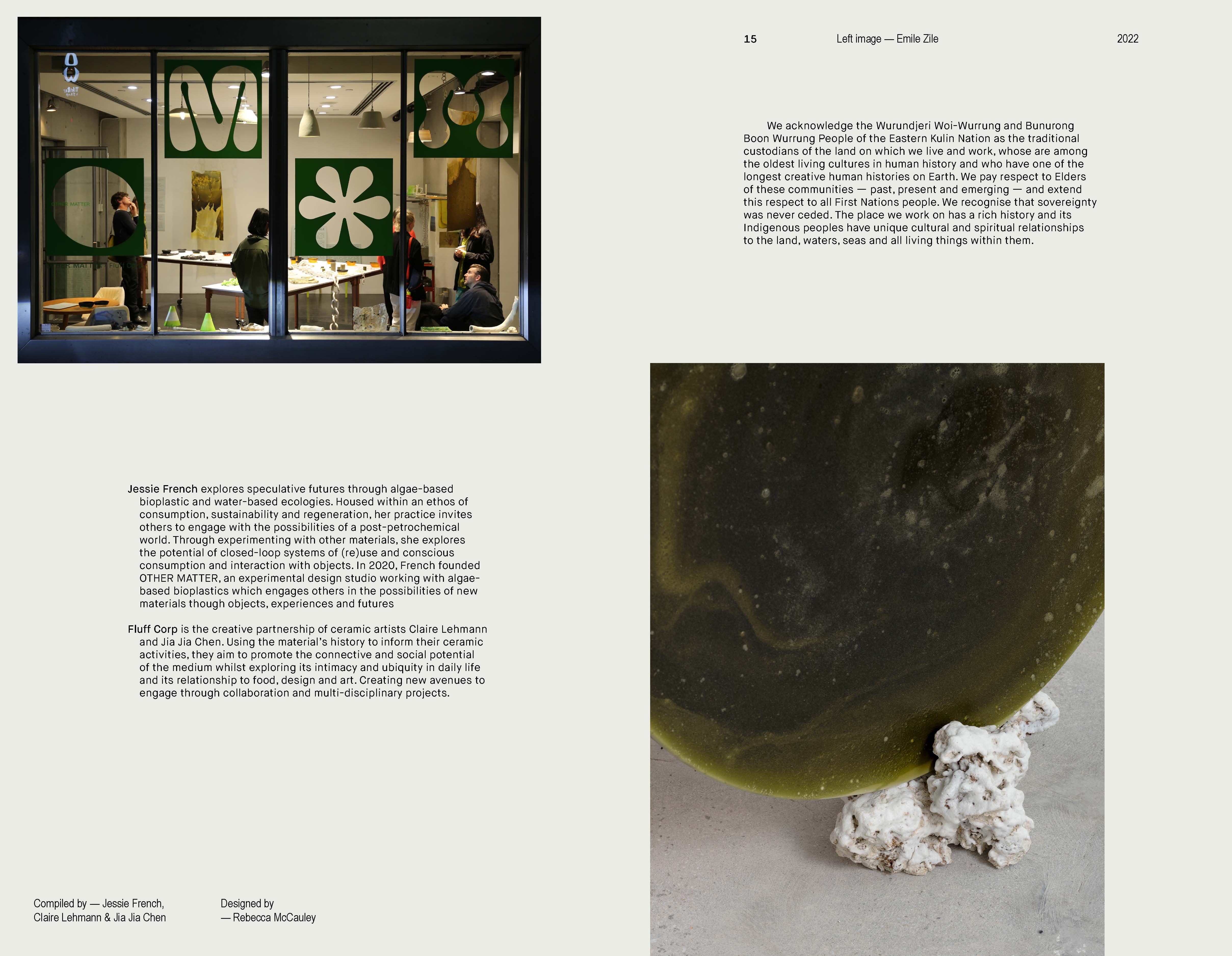
Elemental Construction [publication]. Featuring an essay by design curator Myf Doherty and designed by Rebecca McCauley, this pubication traces collaborative work with ceramicists Jia Jia Chen and Claire Lehmann of Fluff Corp. Photos by Aaron Claringbold. Available online here.

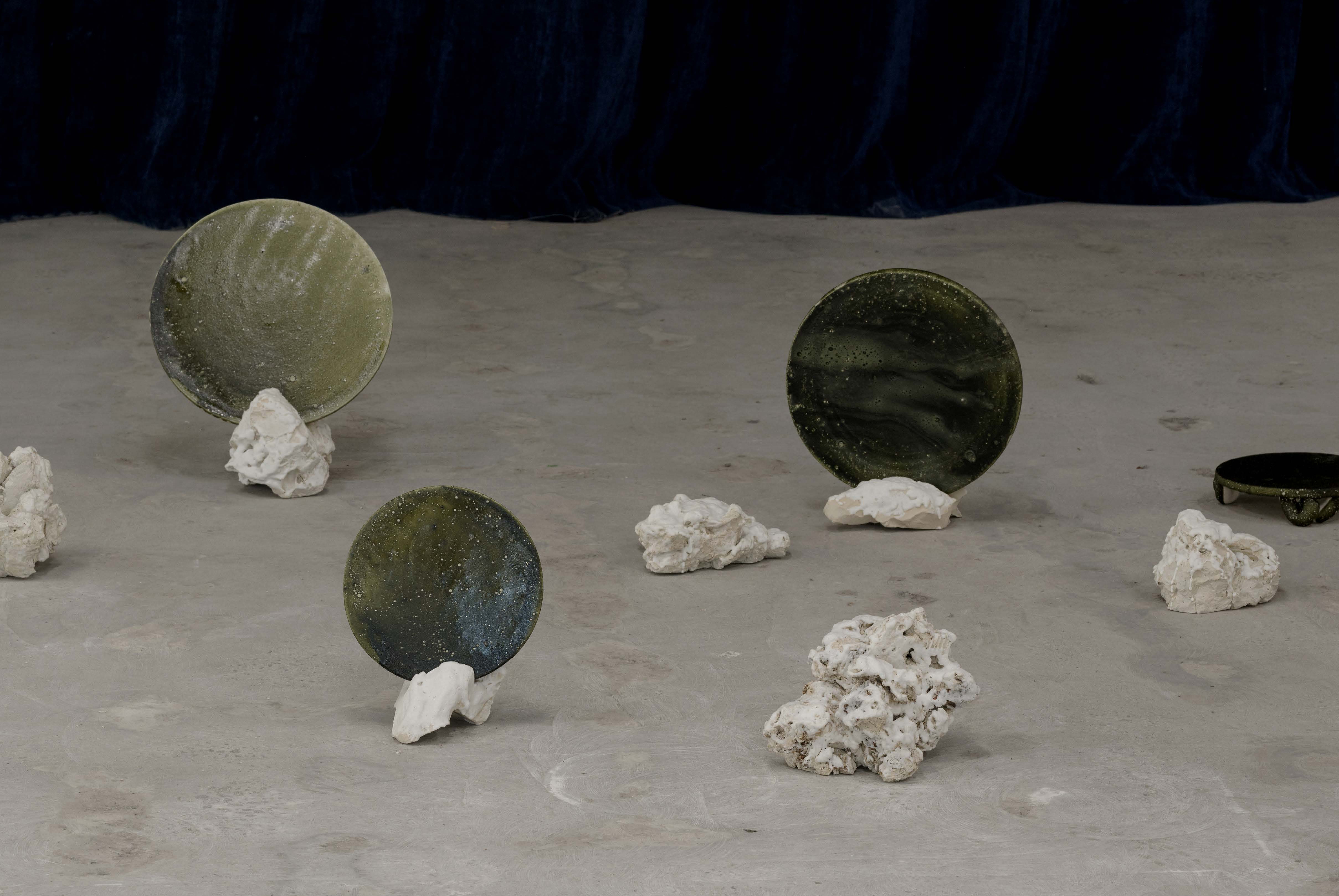
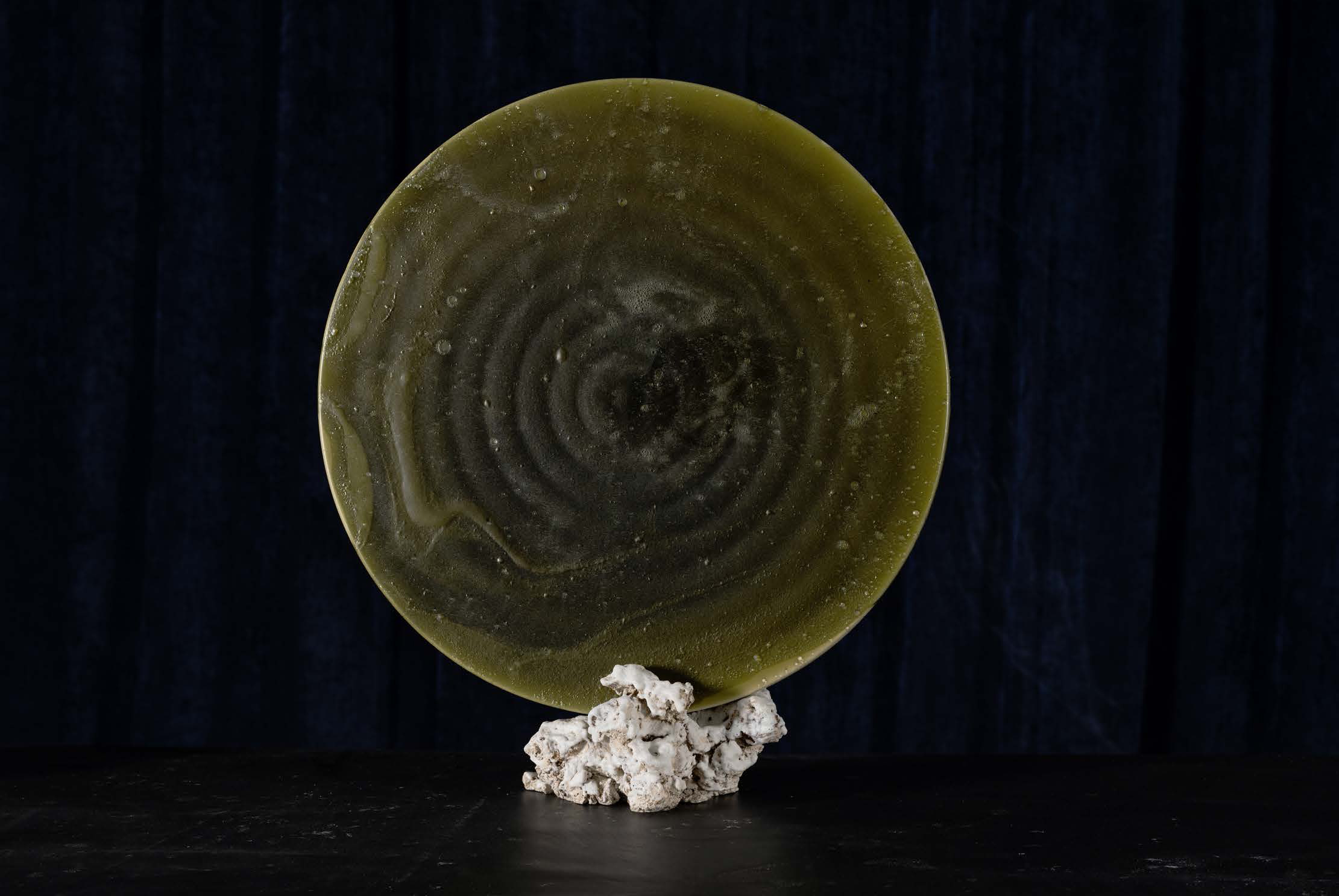
Research - Algal polymer applied as ceramic glaze, Melbourne - from March 2021. Documented by Aaron Claringbold Jule 2022.
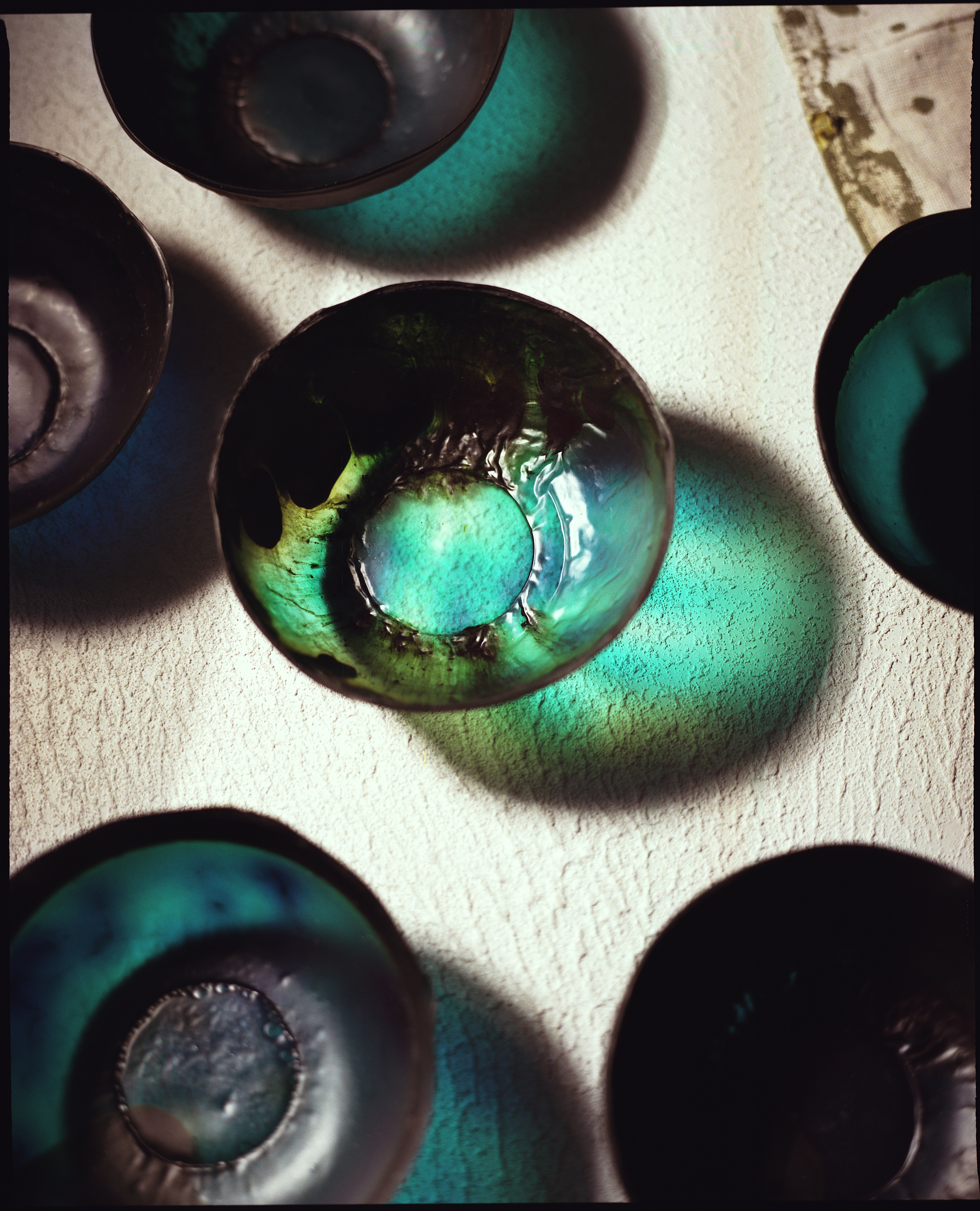
Algae Bioplastic Tableware [series], 2021. In-studio photos by Pier Carthew.
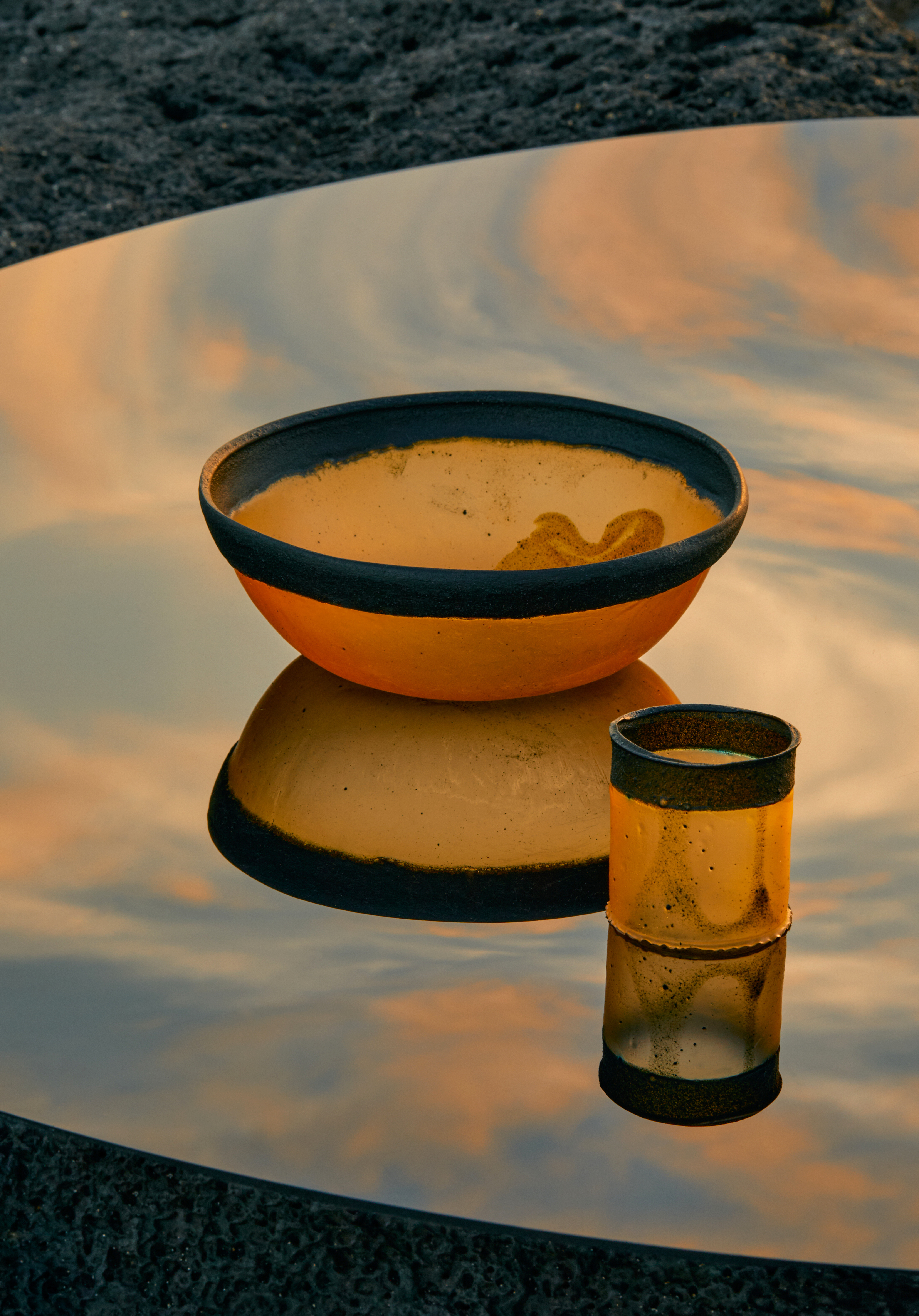
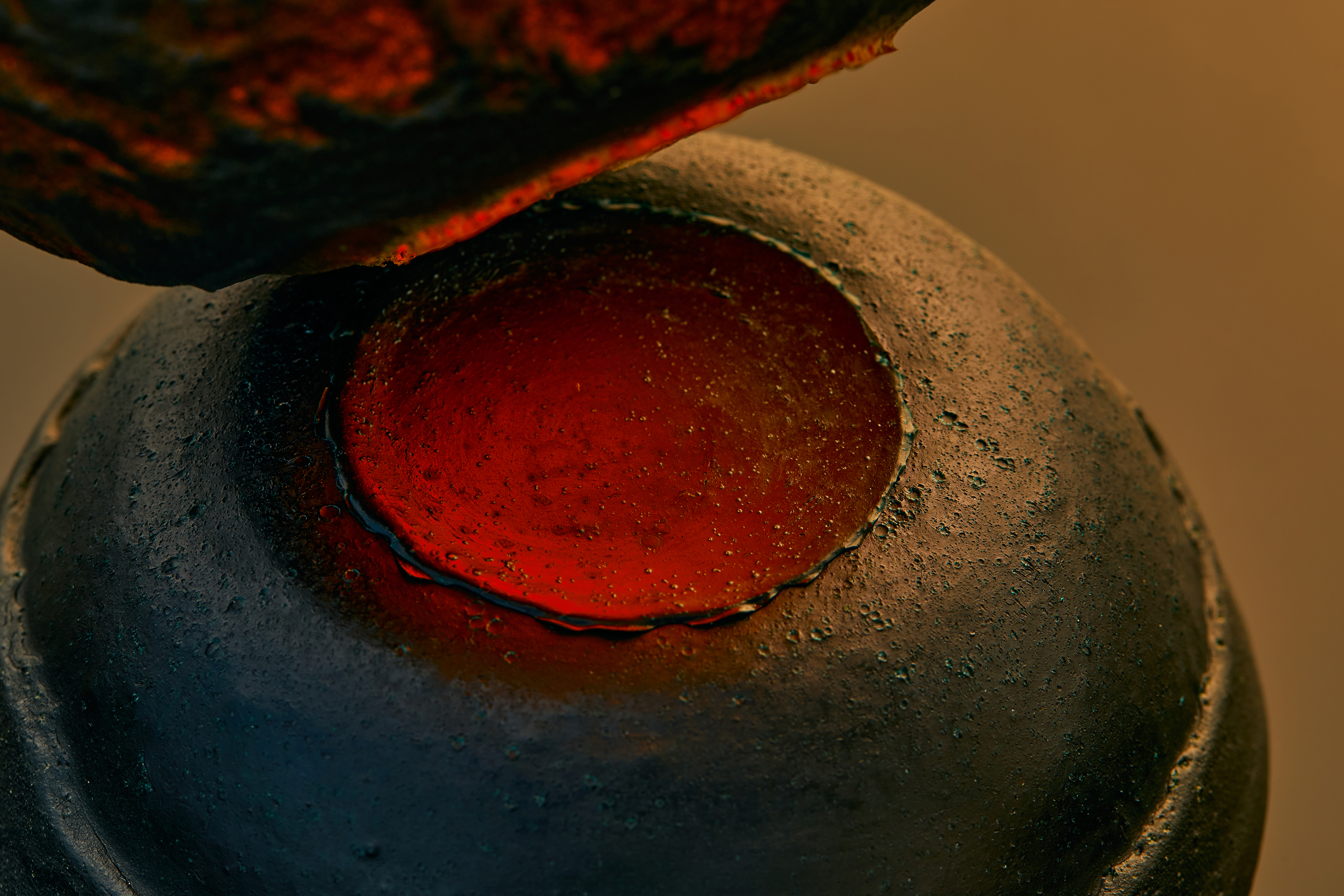
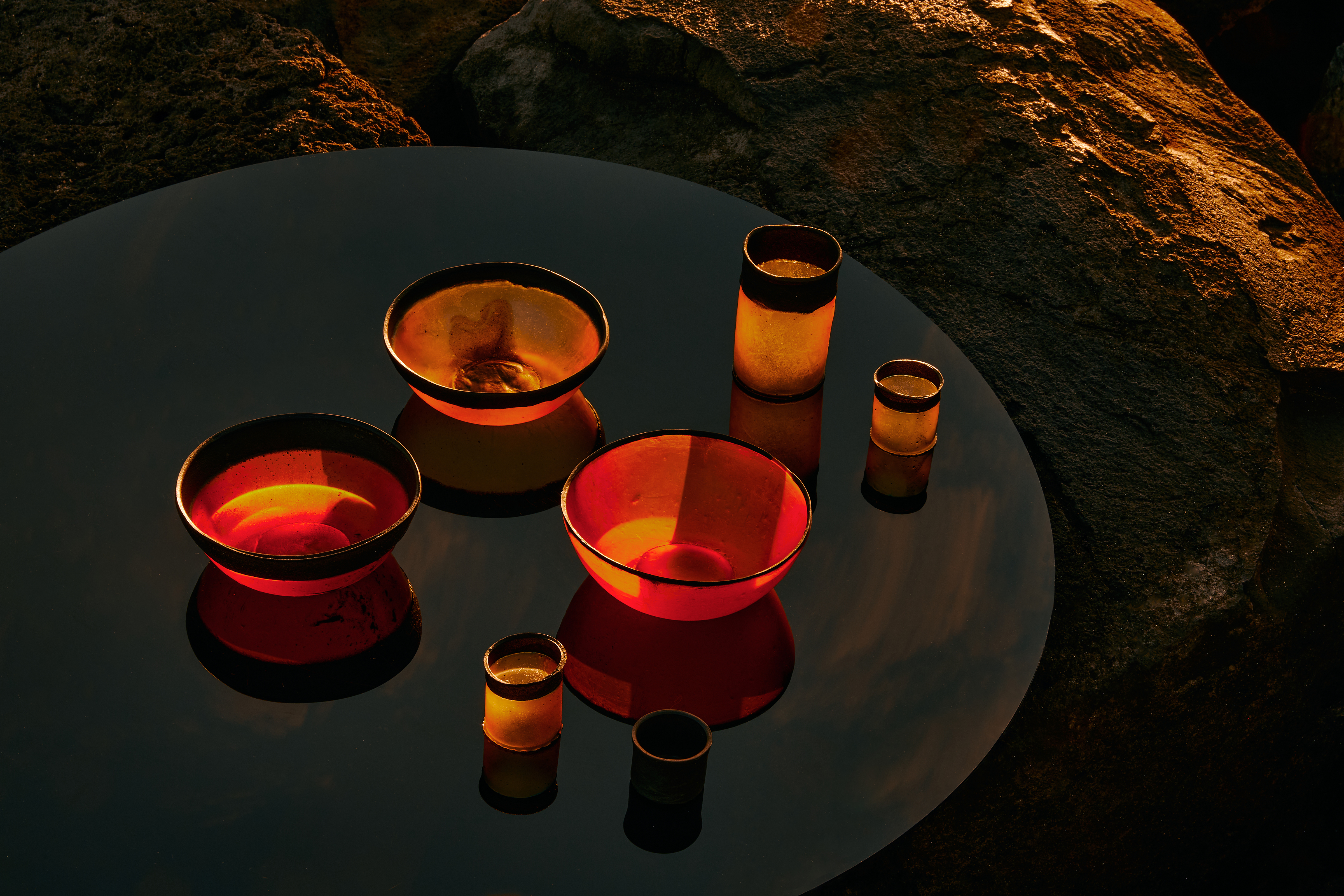
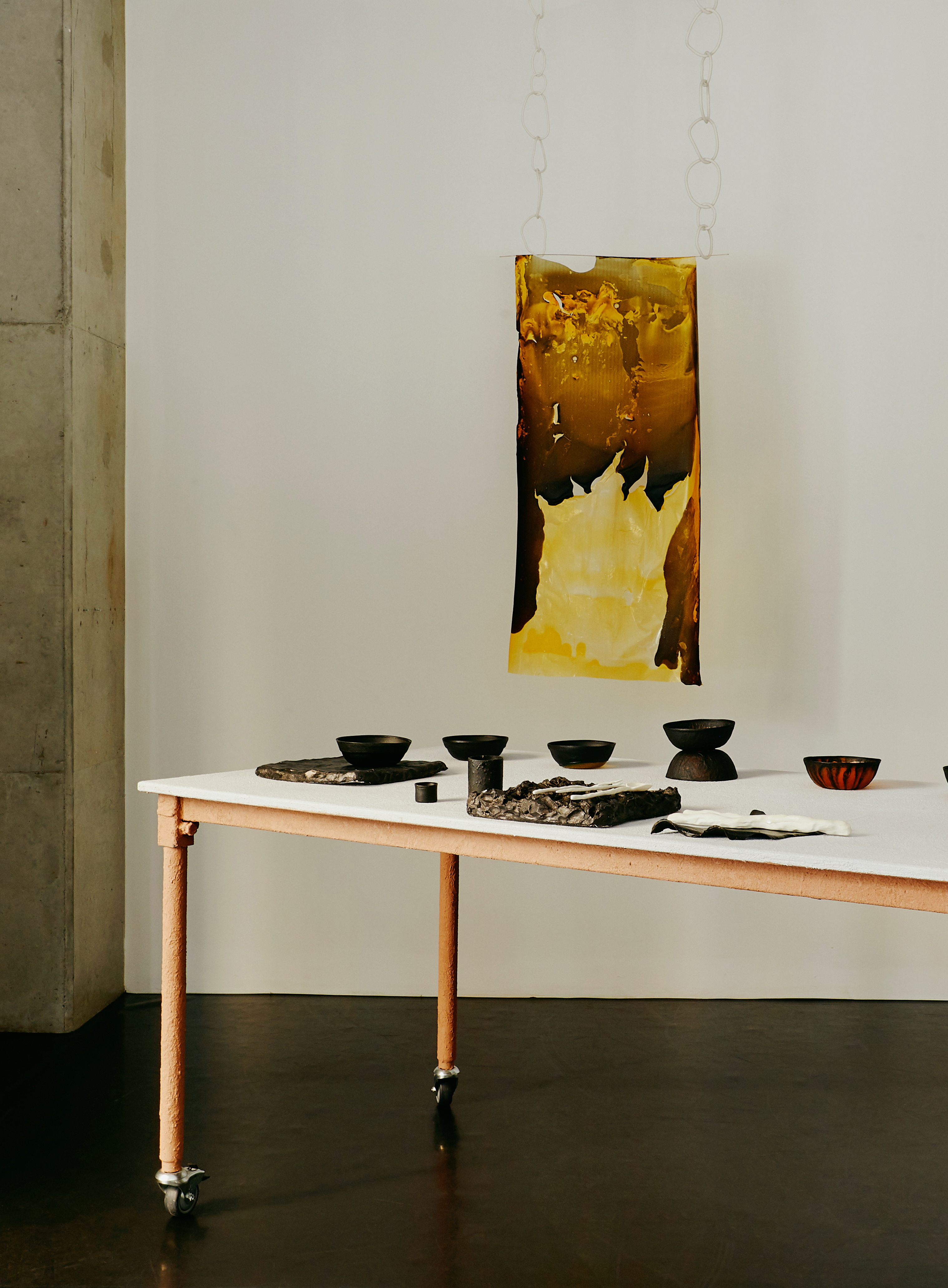
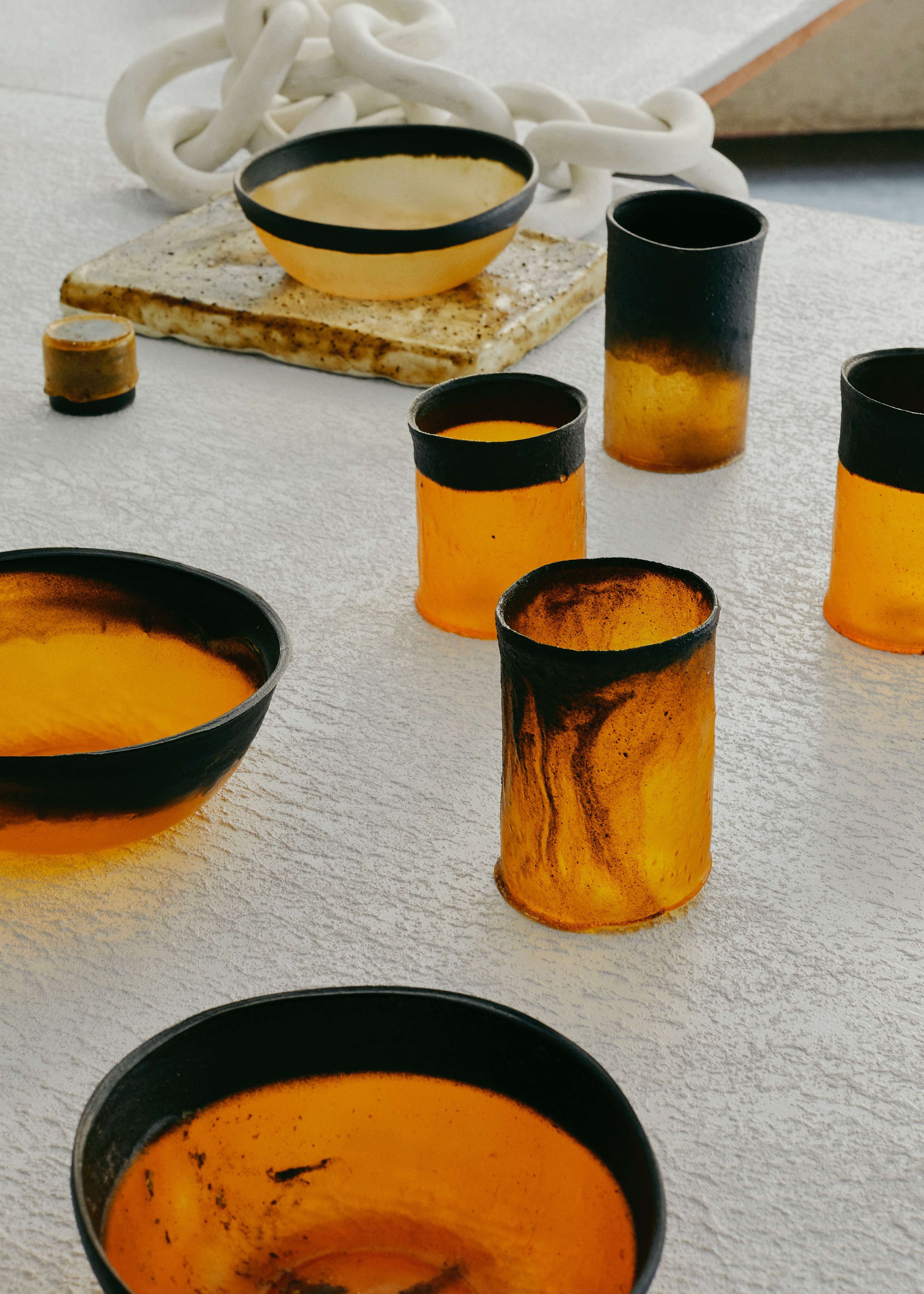
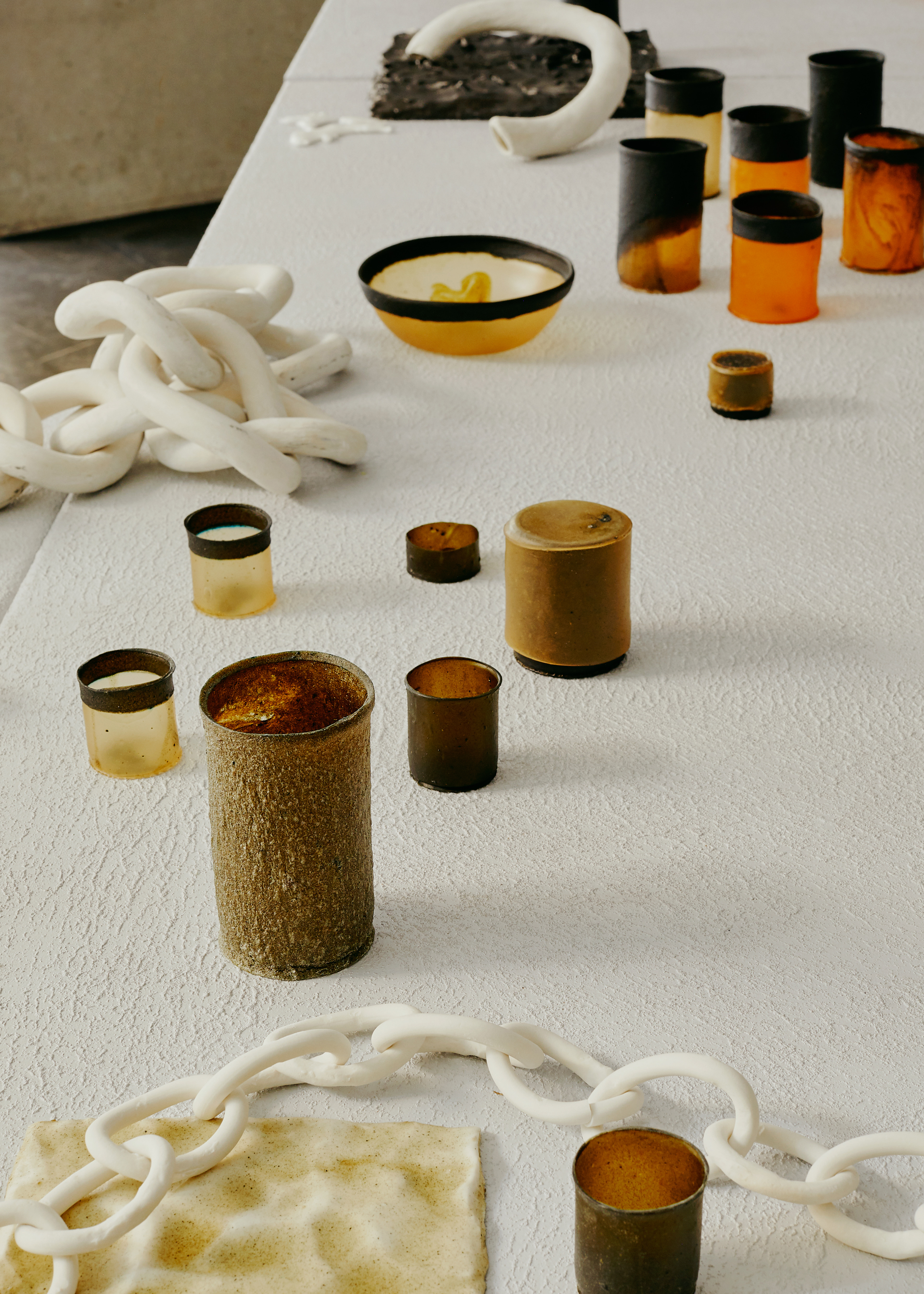
A Sea at the Table [installation], Melbourne Design Week - 26 March — 6 April 2021. Photos by Amelia Stanwix for The Design Files.

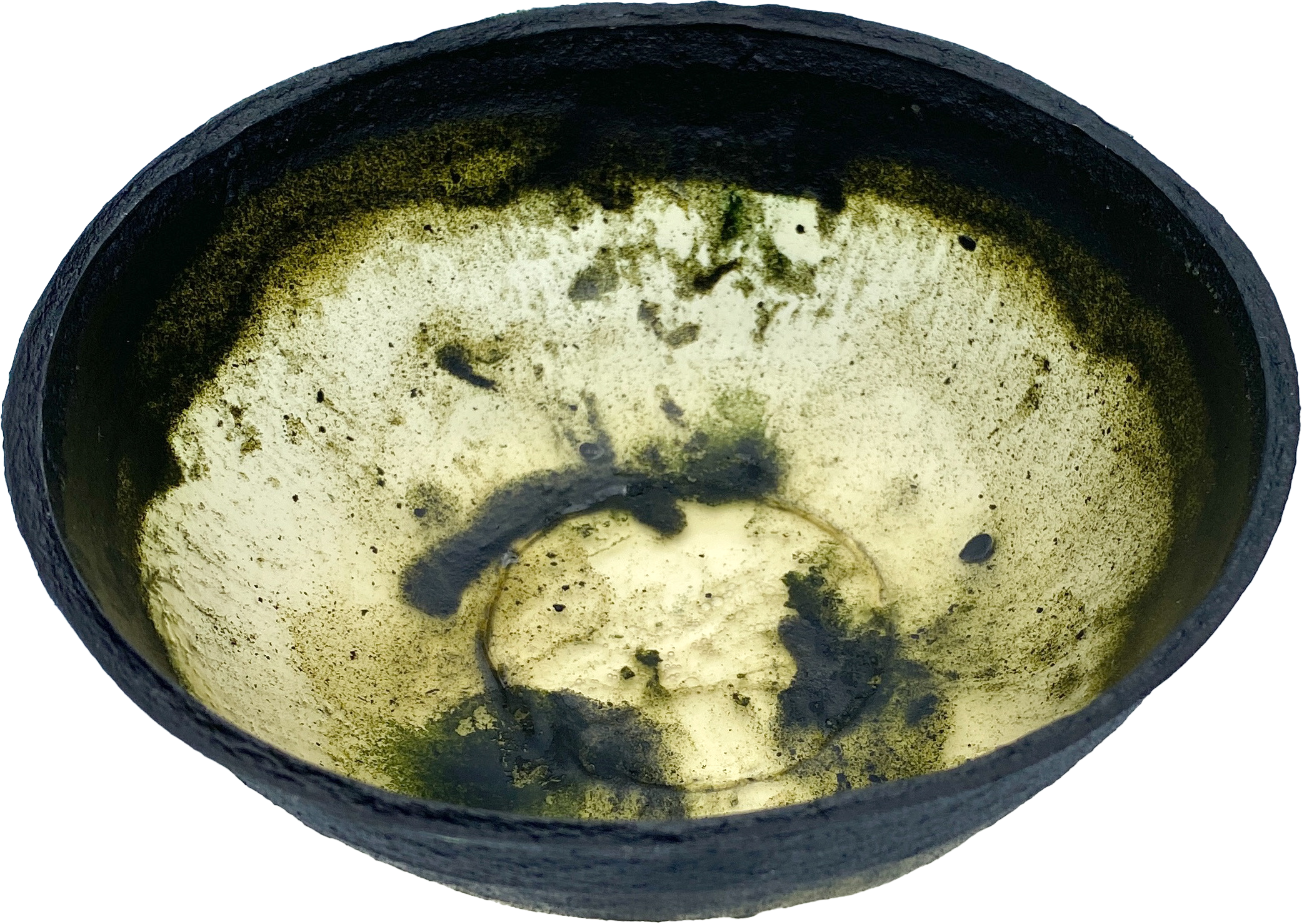
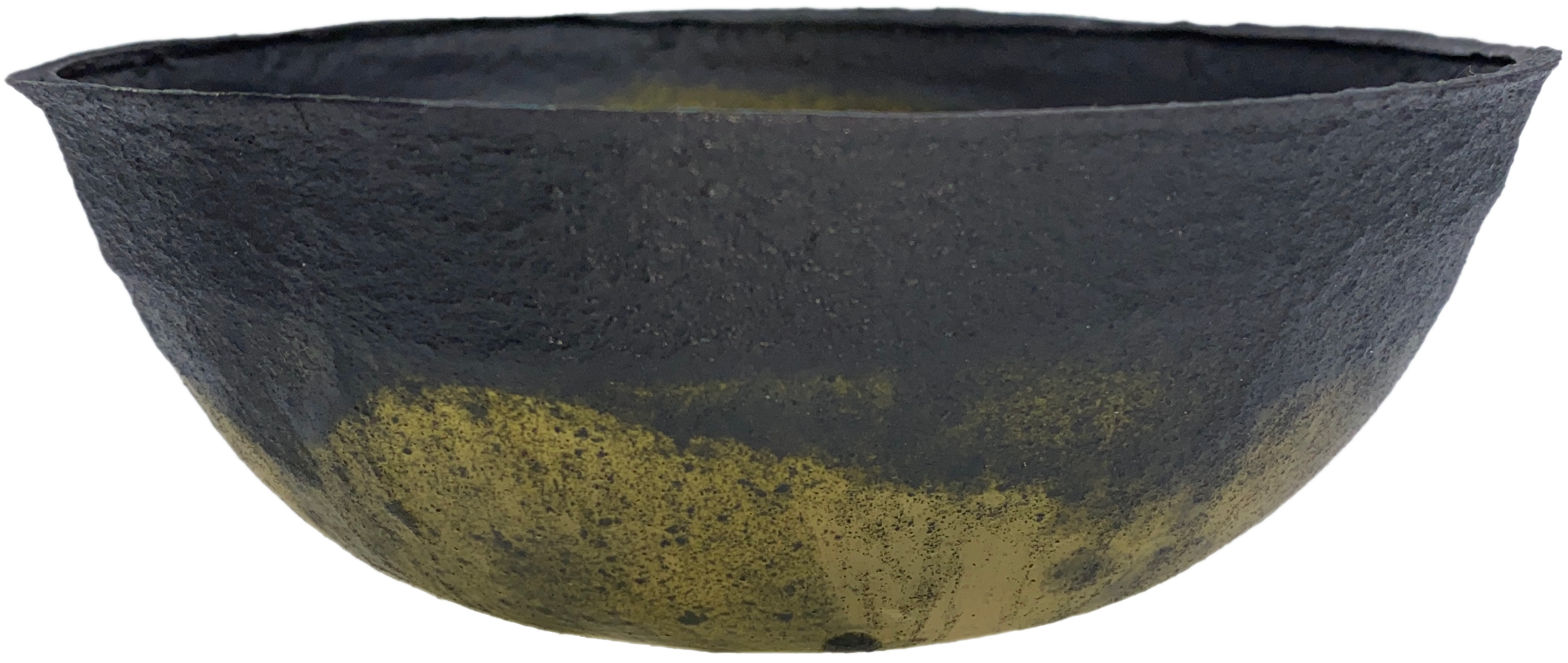
Algae Bioplastic Tableware [series] – 2020.
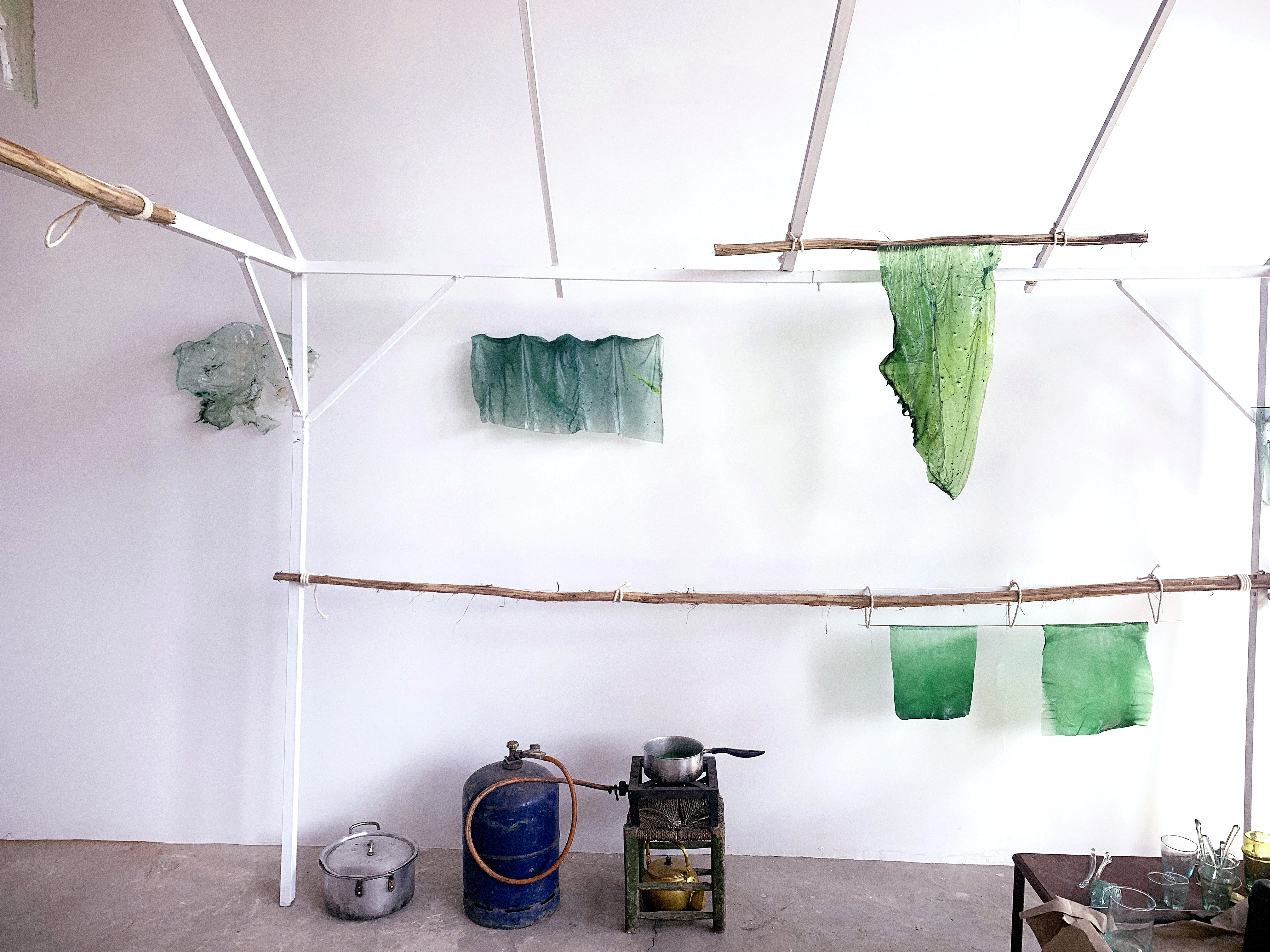
Seaweed Future: Red Gold, 1-54 Contemporary African Art Fair [offsite exhibitiion, Marrakech]
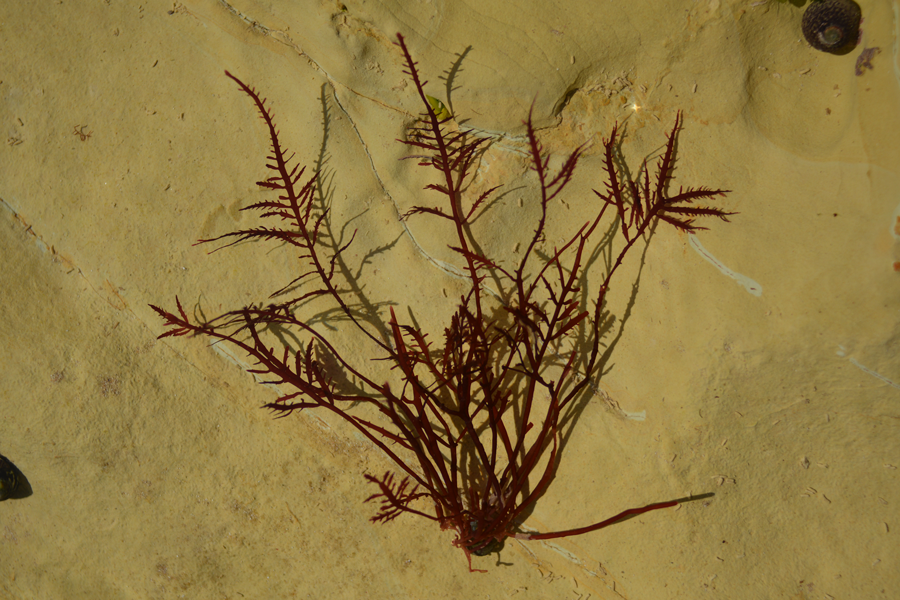
Research - Algal polymer supply chain sustainability, Morocco - January — February 2020
While we uncovered fossils from the past, our time on Earth may be marked, overwhelmingly, by Bic™ pen casings and other so-called disposable items.
French’s work explores the meaning
and value of the ephemeral; placing value in things that don’t last beyond our
lifetimes and challenging our obsession with the idea of ‘built-to-last’, which
largely fails to consider the ecological and social impacts of this everlasting
durability. Why
is it that objects which leave a geological mark lasting an epoch are so
readily available, with prices not accounting for their enduring environmental
burden?
Through her work – both material
research and production – French engages with and confronts our contemporary
environmental crisis. She proposes everyday solutions within the frame of human
production and consumption.
The polymers French uses come from
new algae, a renewable resource that has the potential to rehabilitate oceans
and the atmosphere through its sustainable production and harvest, rather than
ancient algae – a finite, mined resource that petroleum is made from.
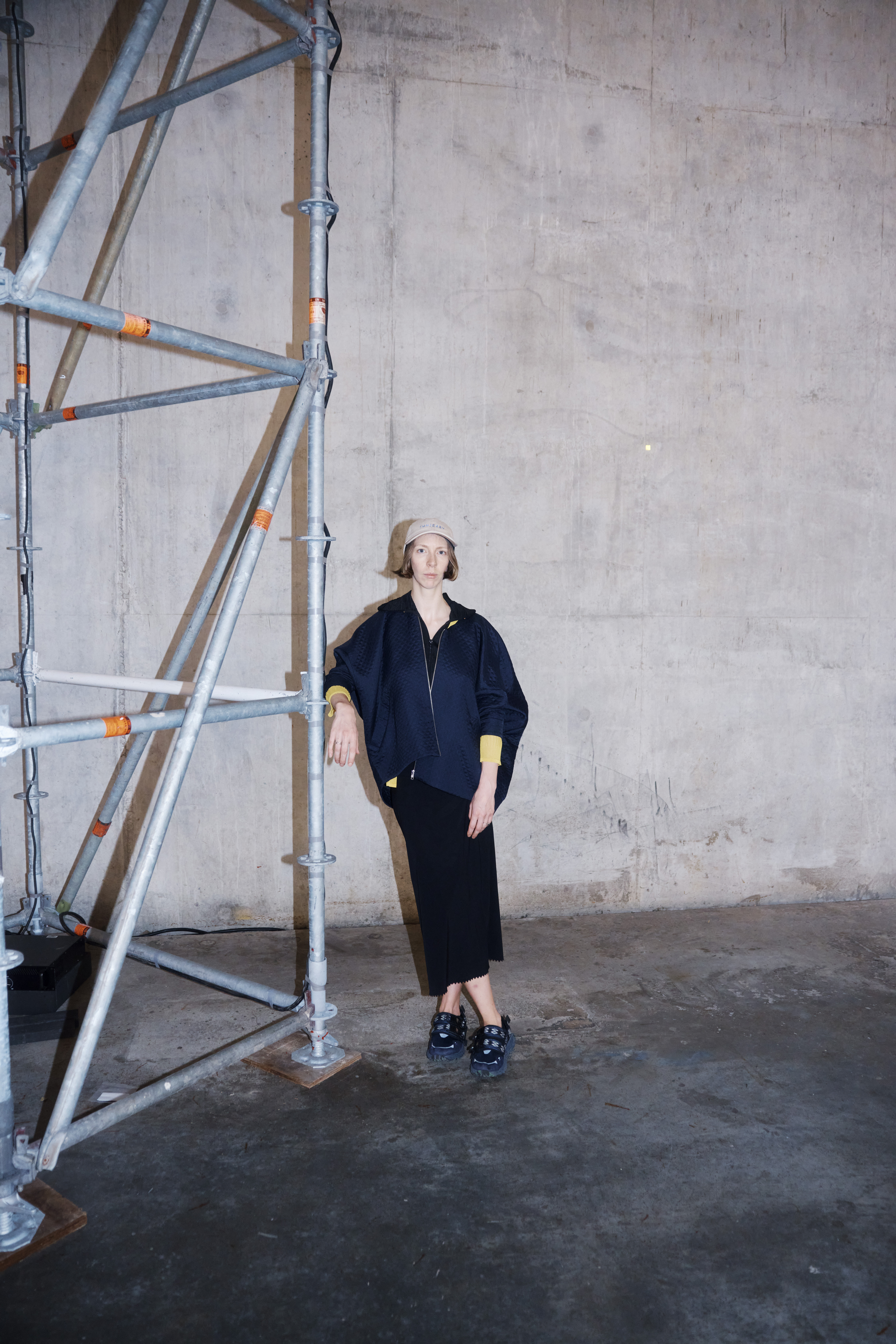
I acknowledge the Wurundjeri People as the traditional custodians of the land on which I live and work, whose cultures are among the oldest living cultures in human history and who have one of the longest creative human histories on Earth. I pay respect to Elders of the community - past, present and emerging - and extend this respect to all First Nations people. Sovereignty was never ceded. My country has a rich history and its Indigenous peoples have unique cultural and spiritual relationships to the land, waters, seas and all living things in them.
Copyright Jessie French 2022